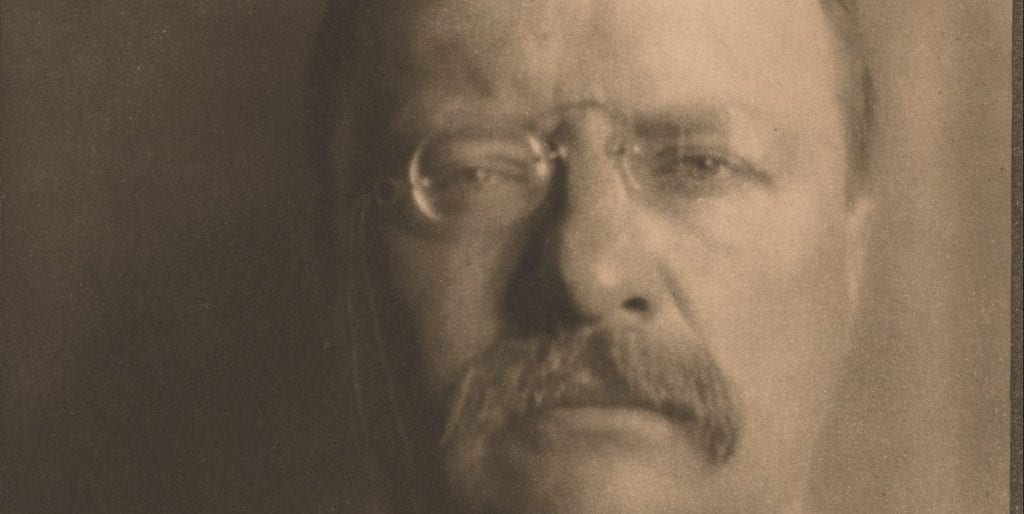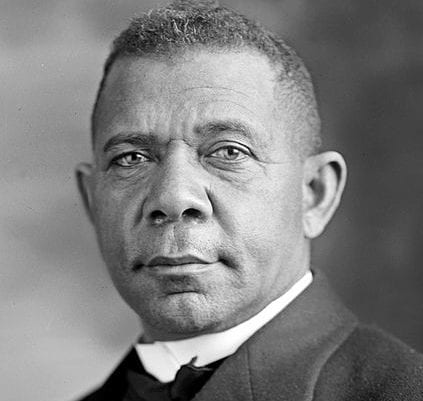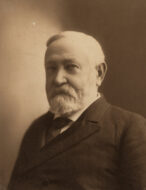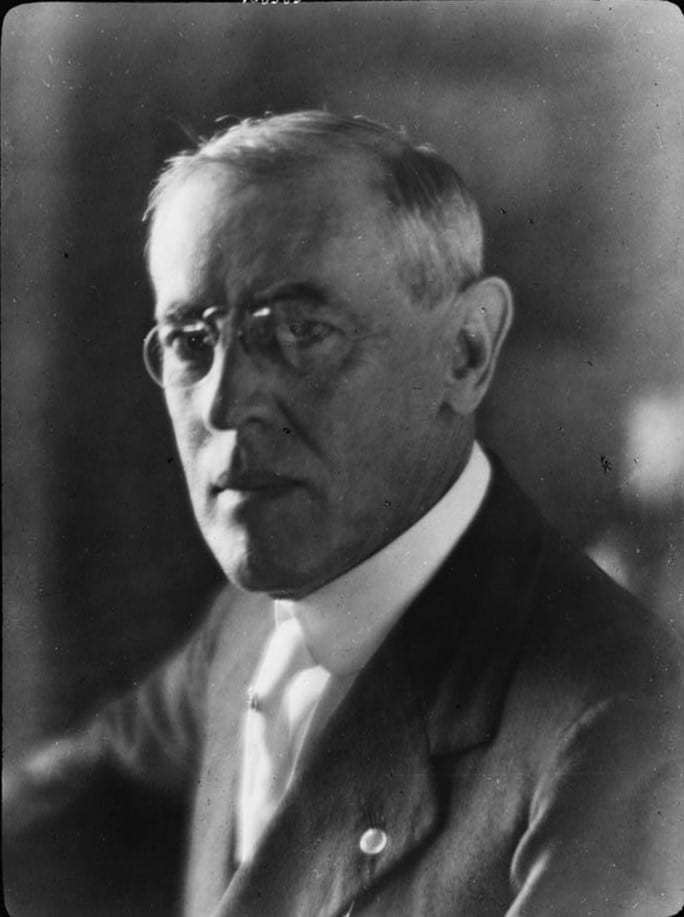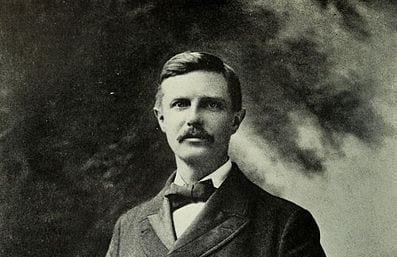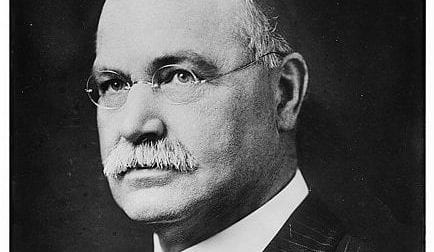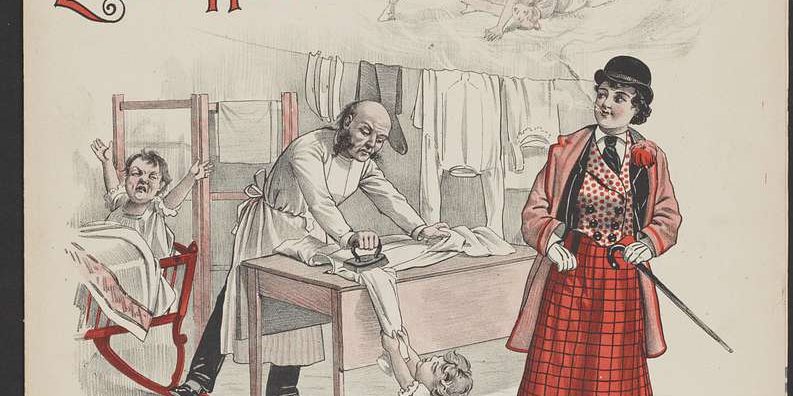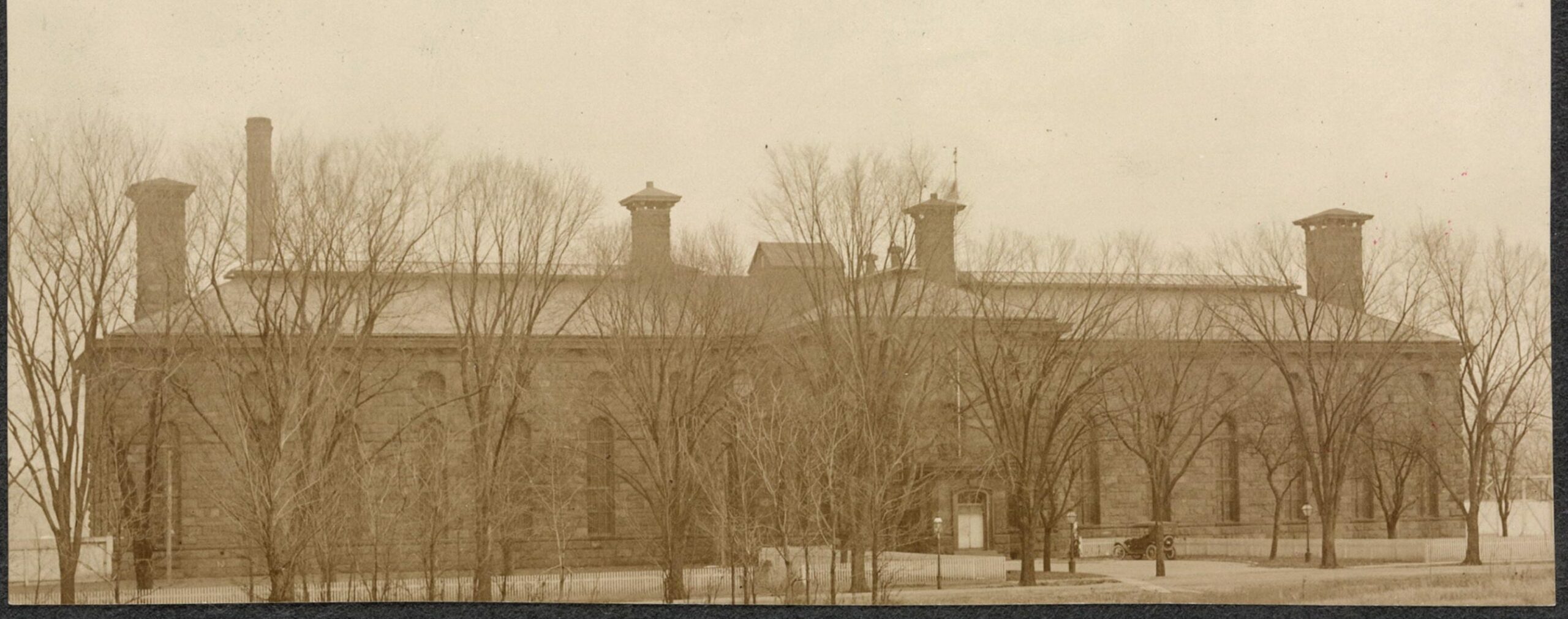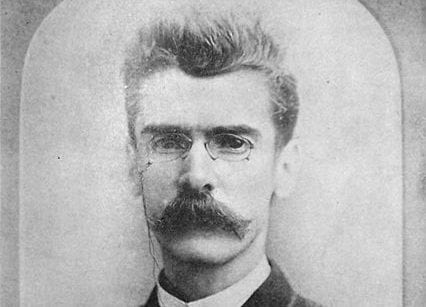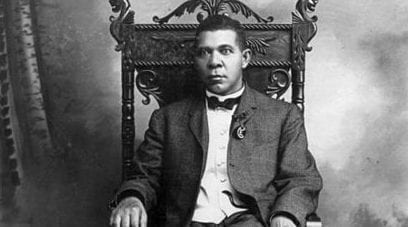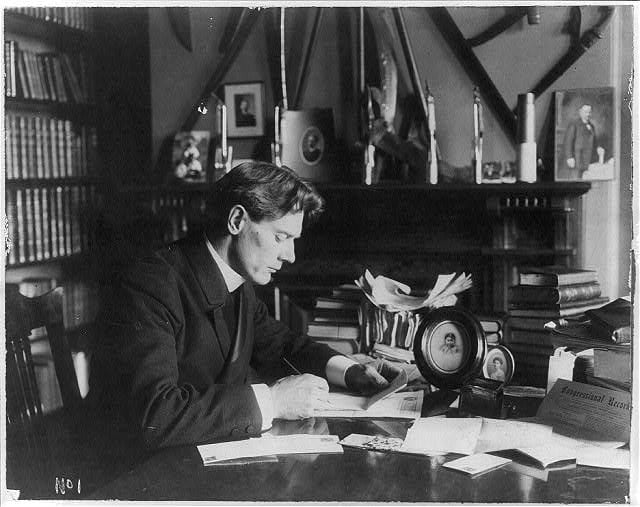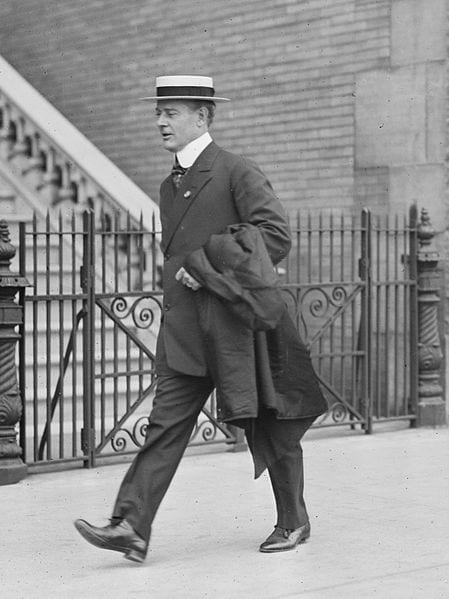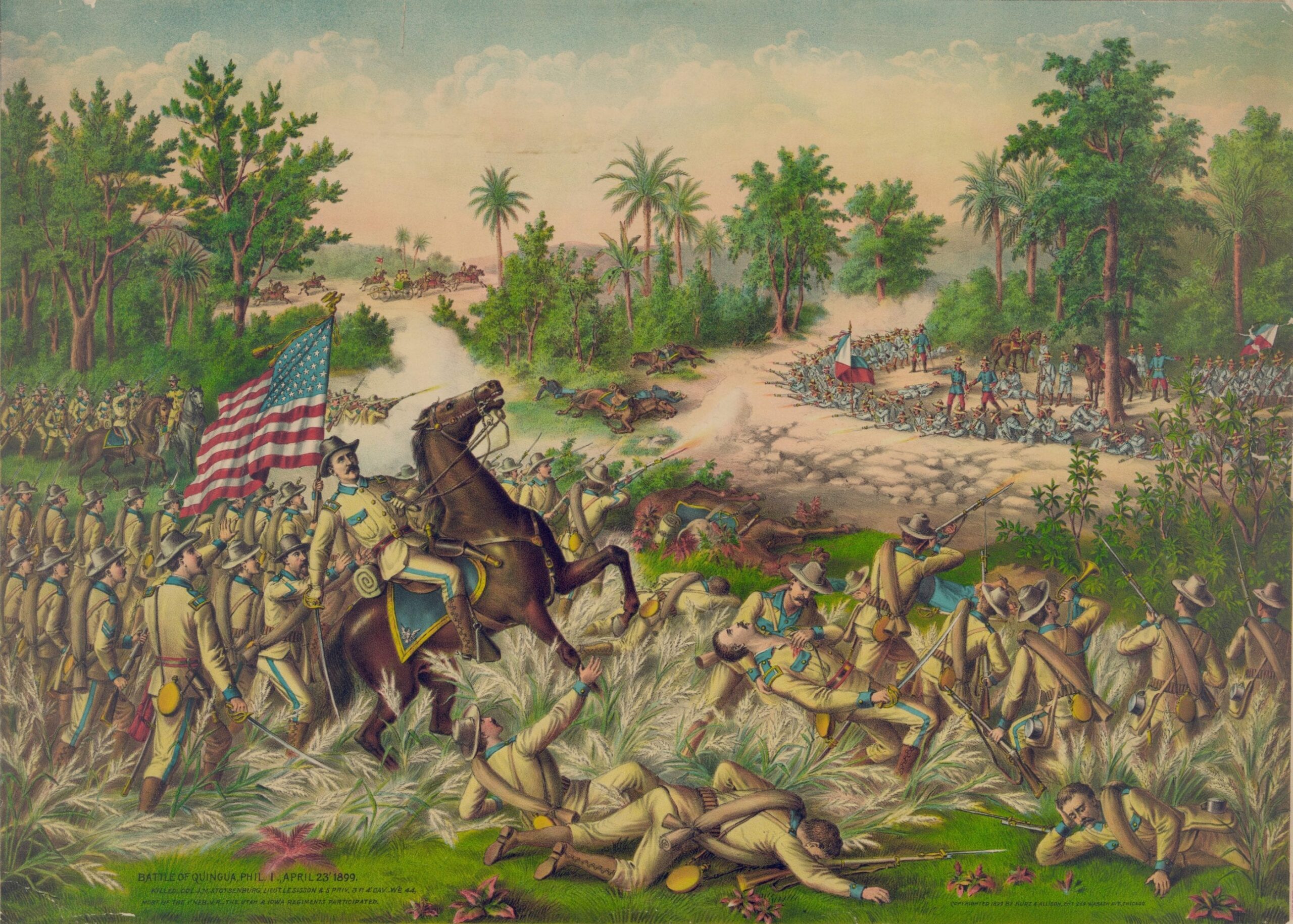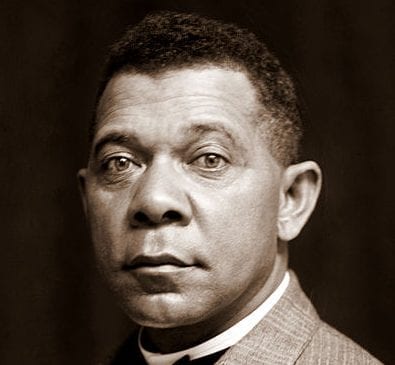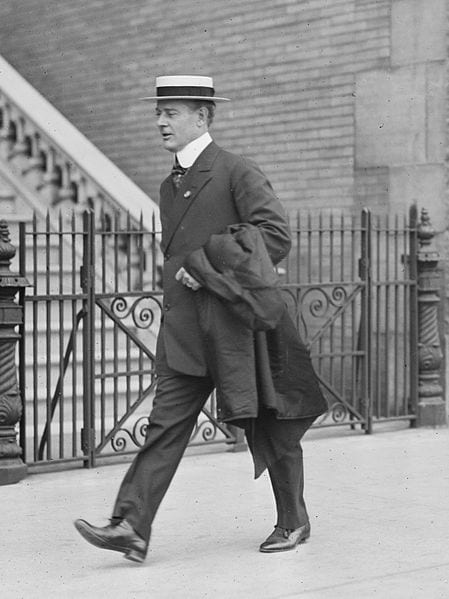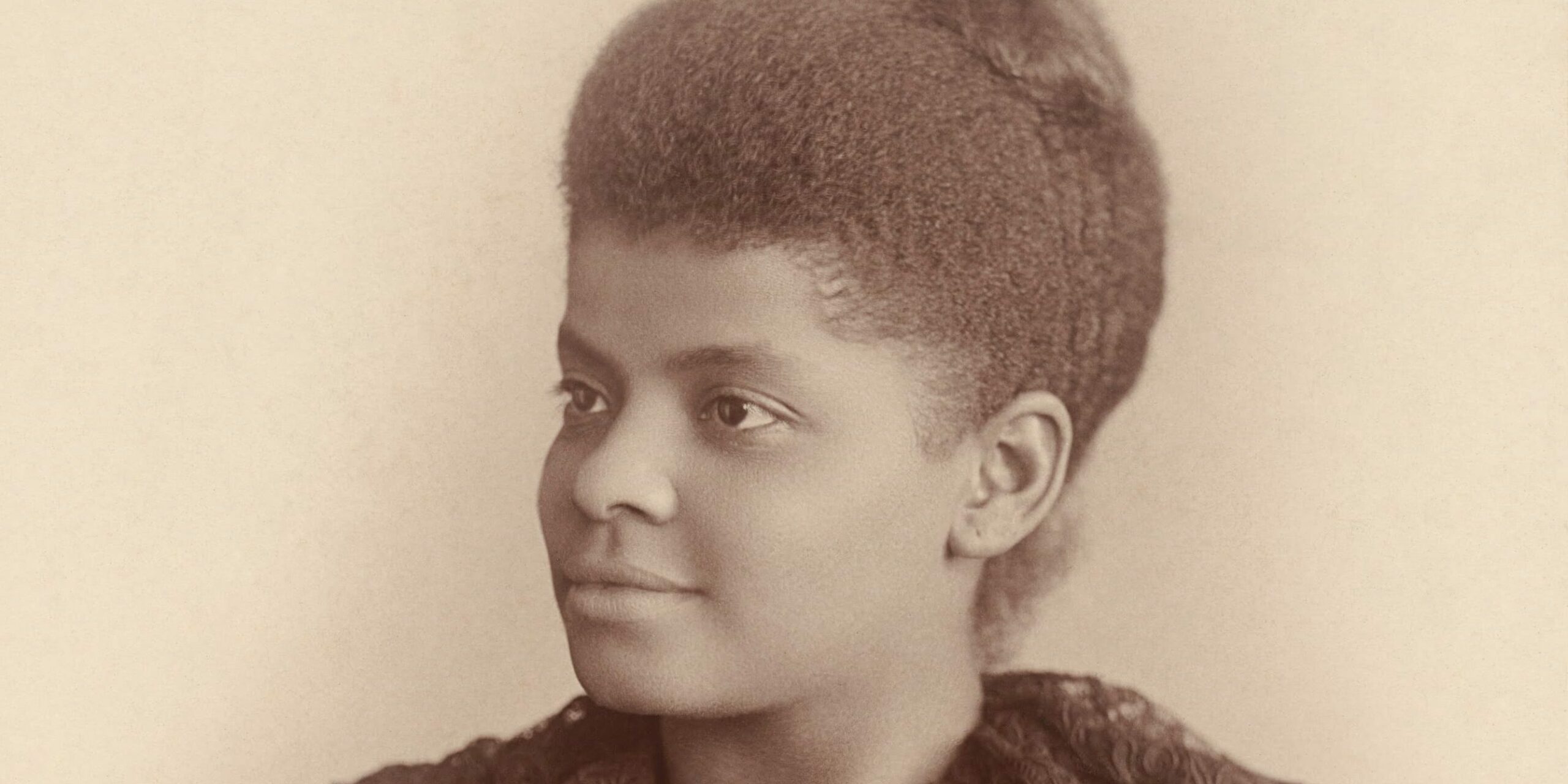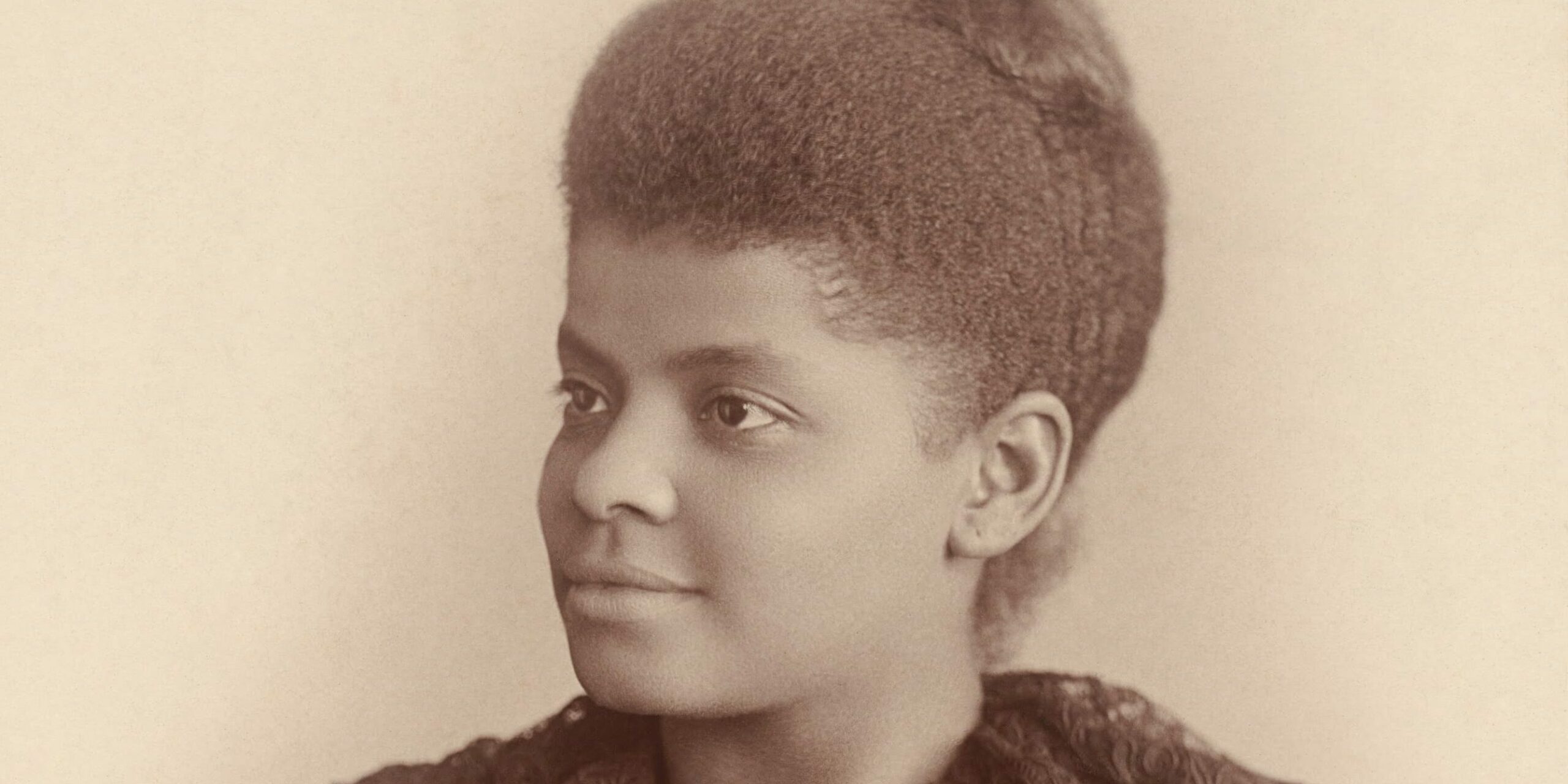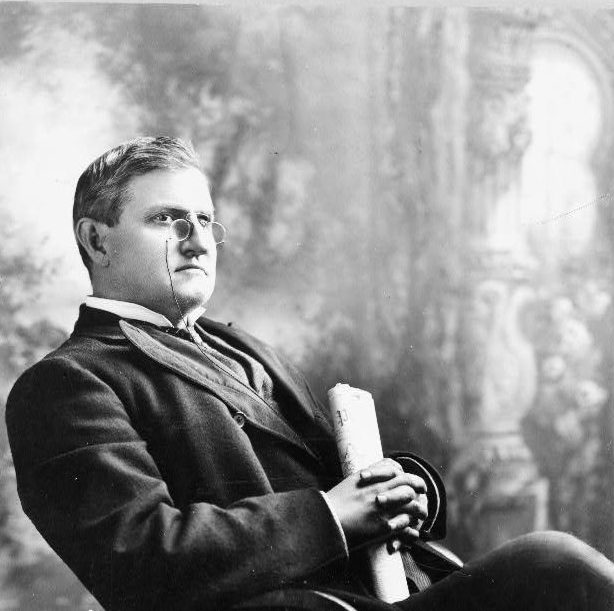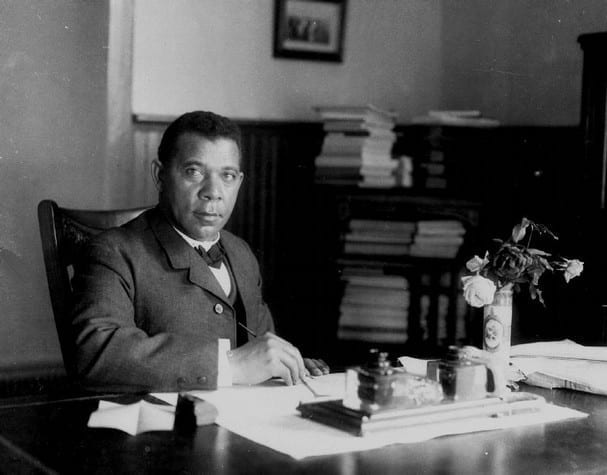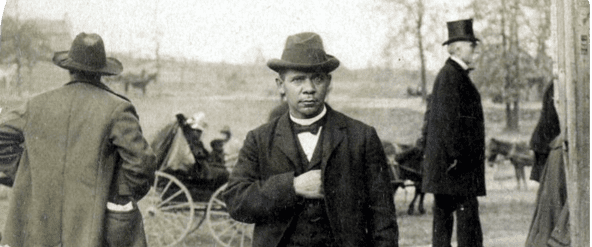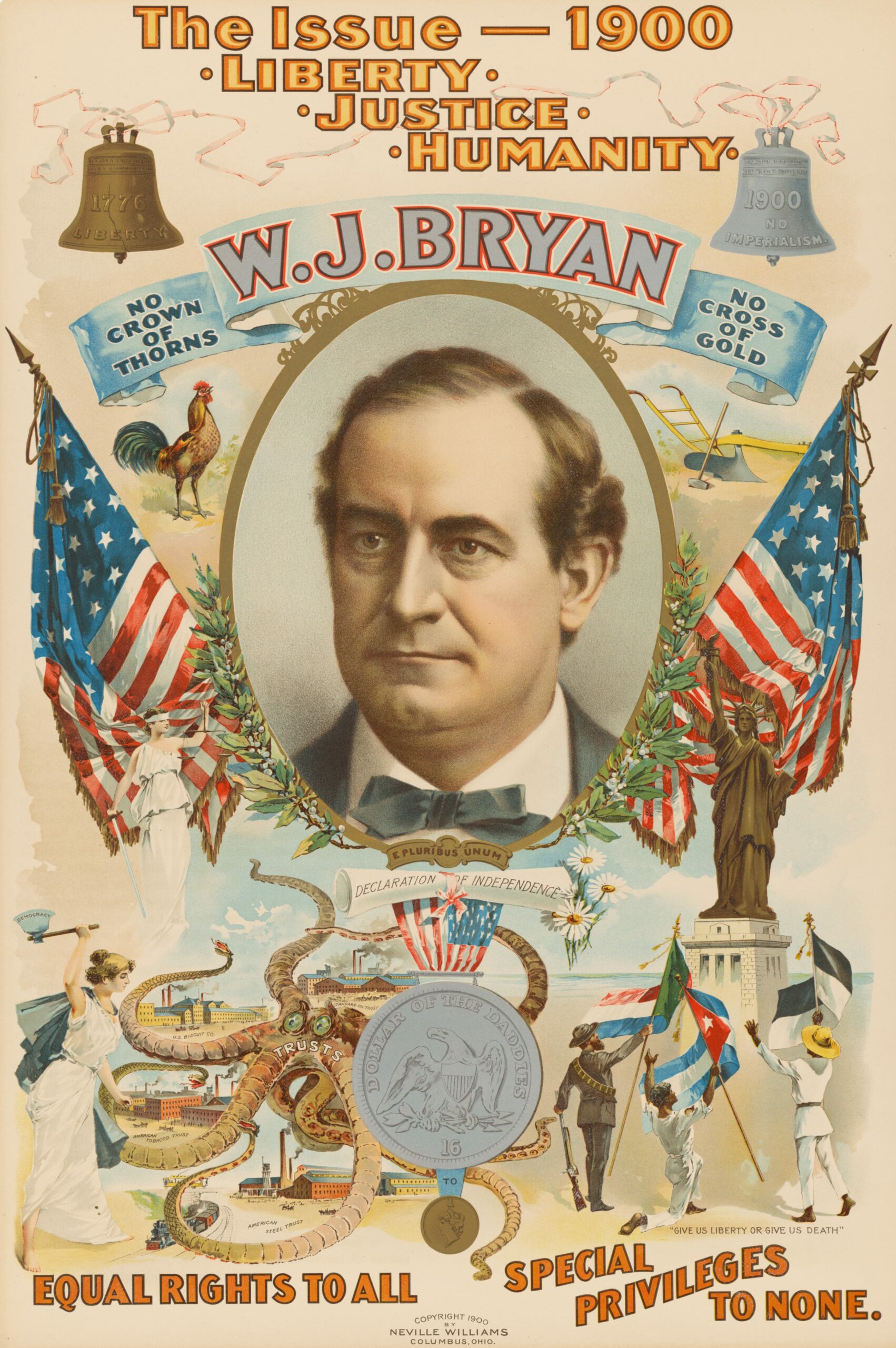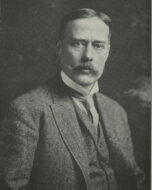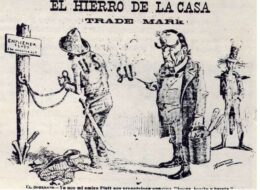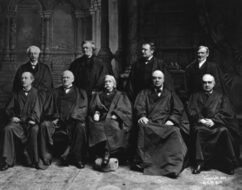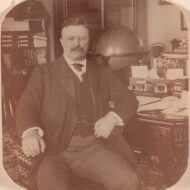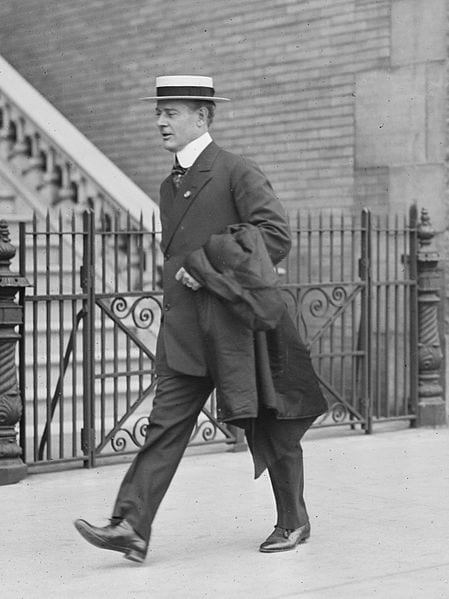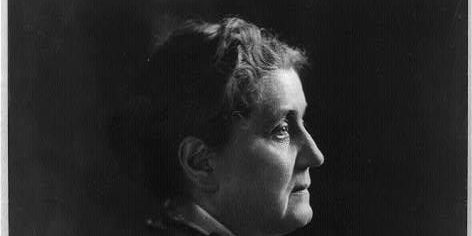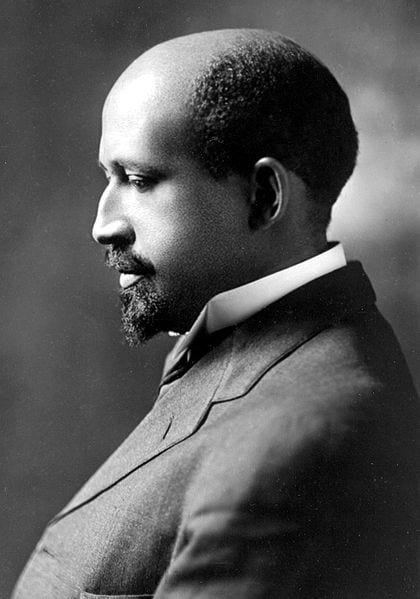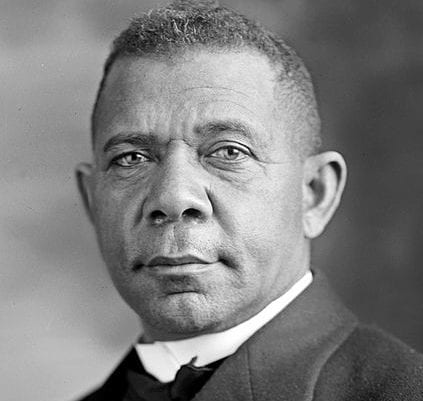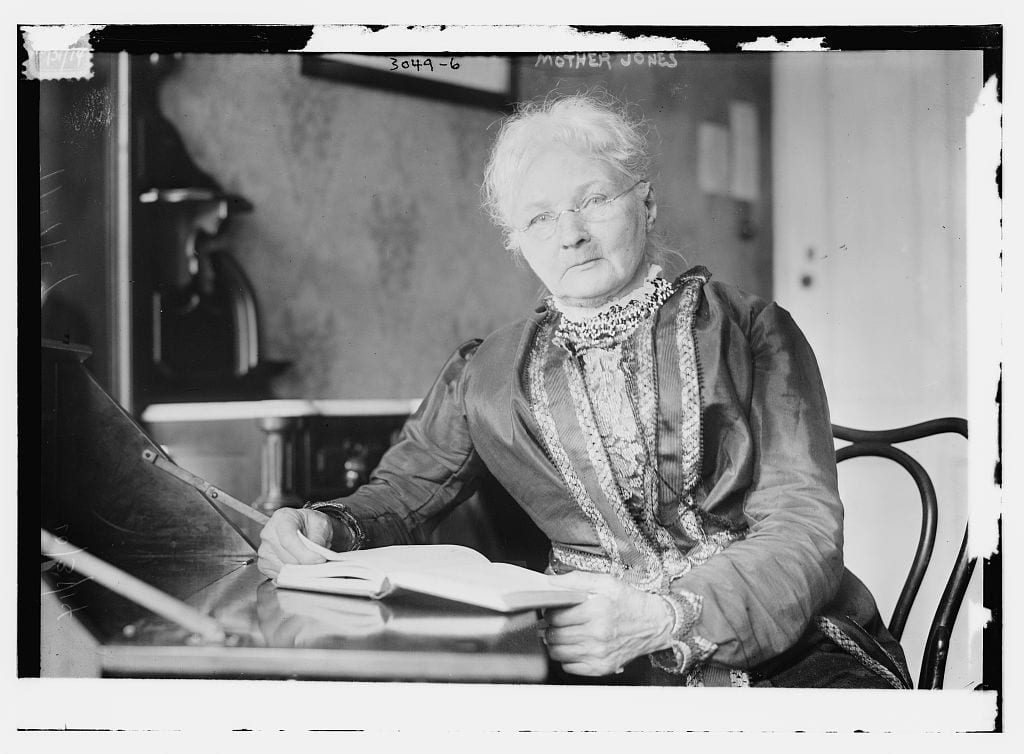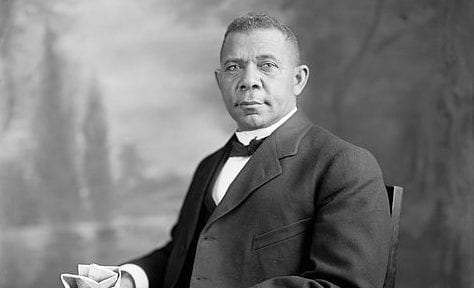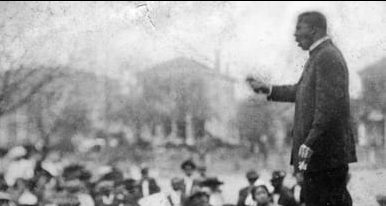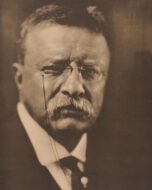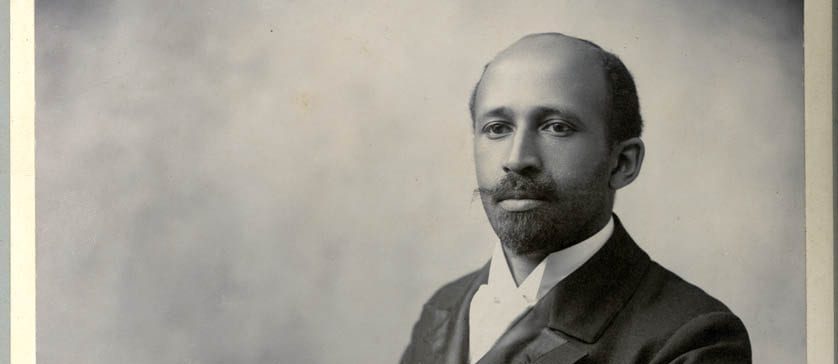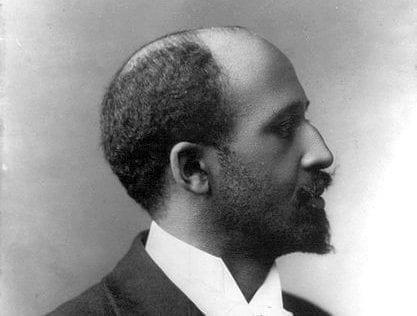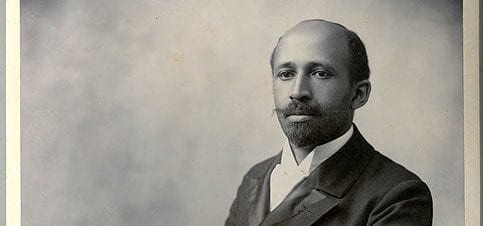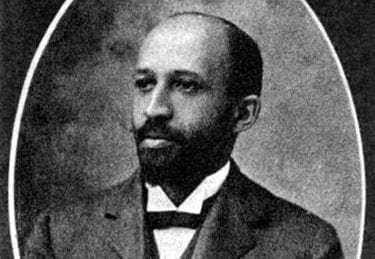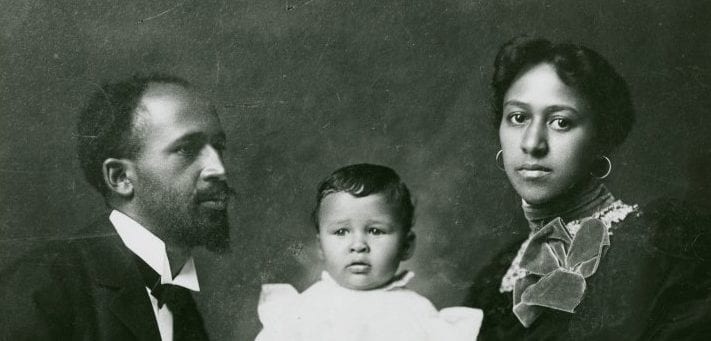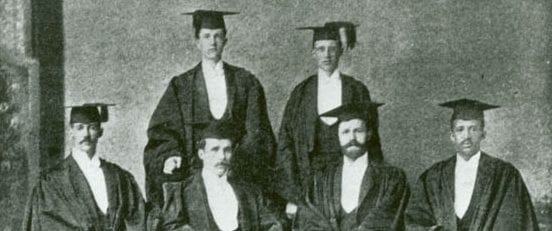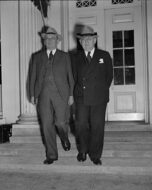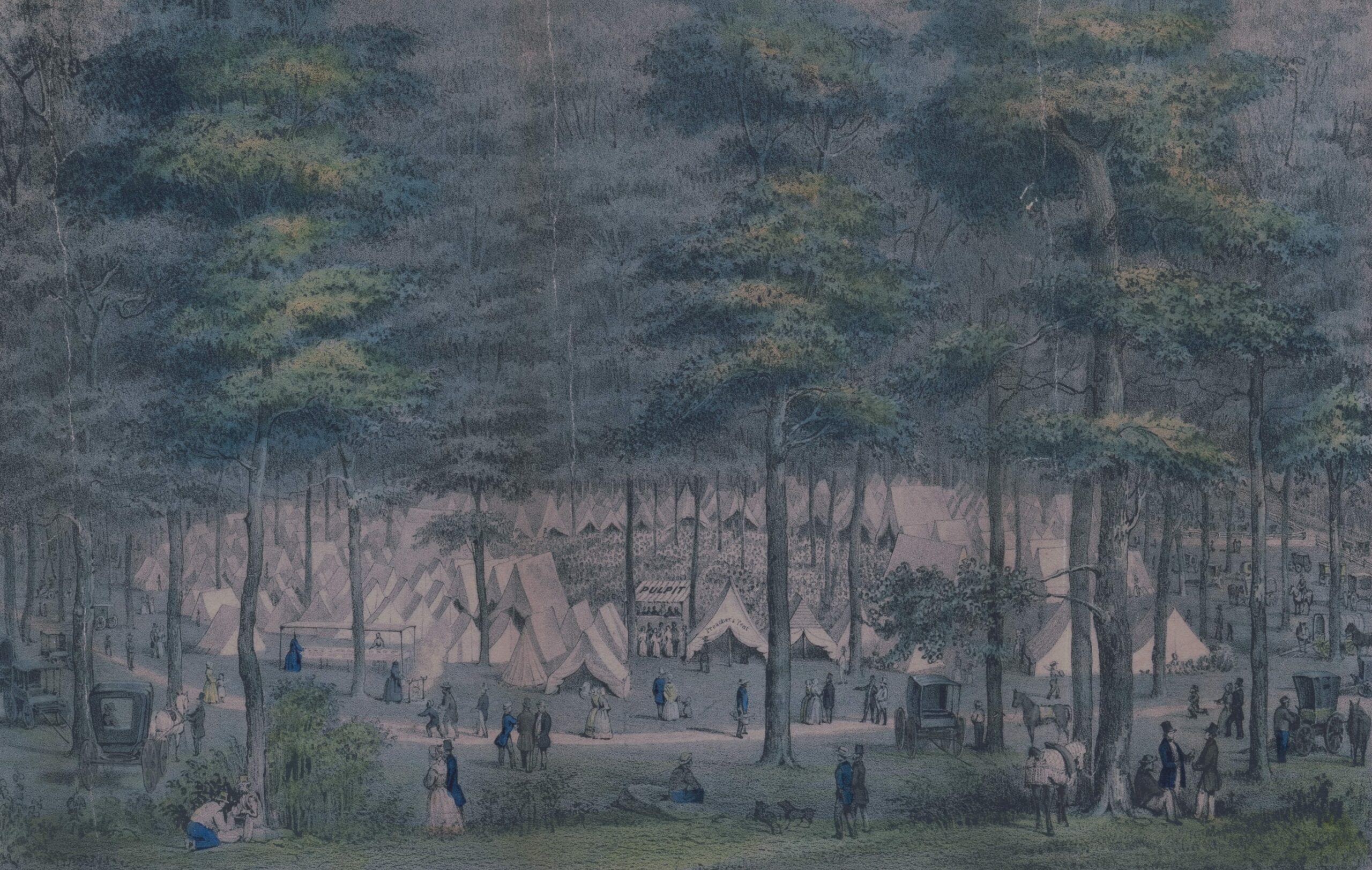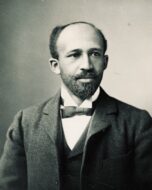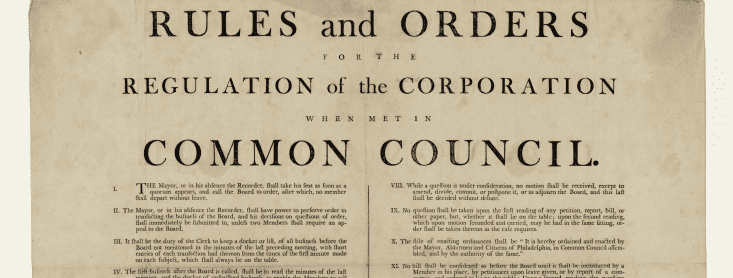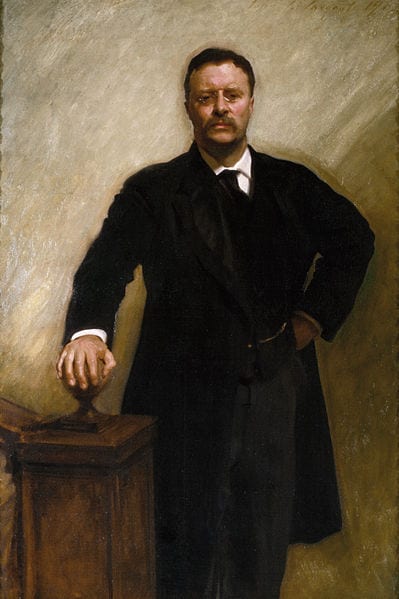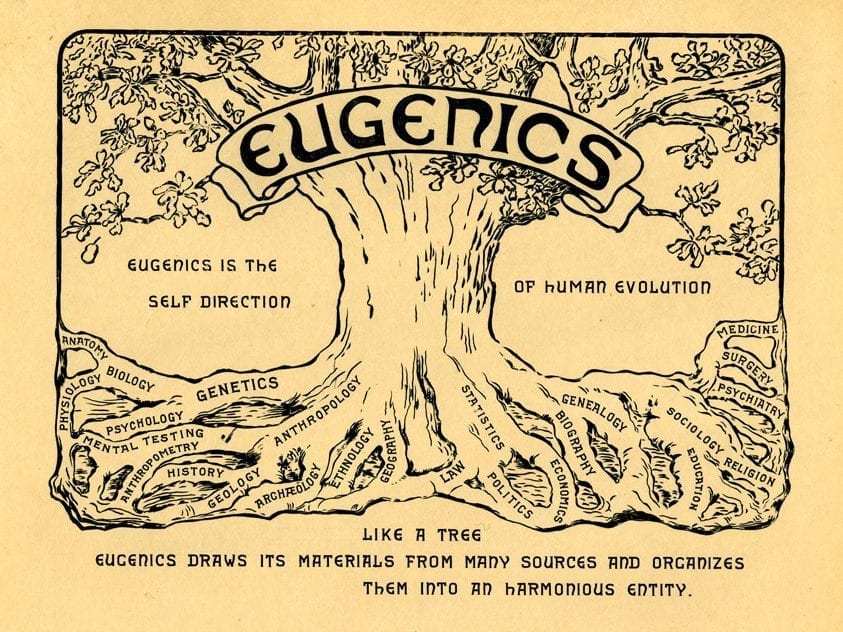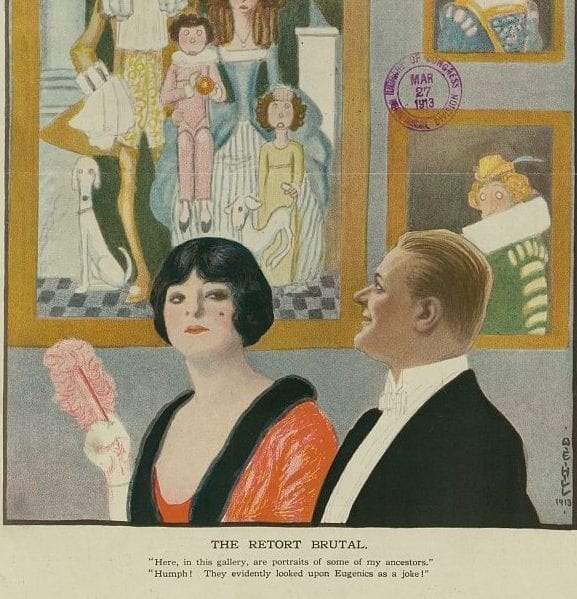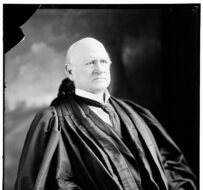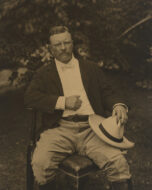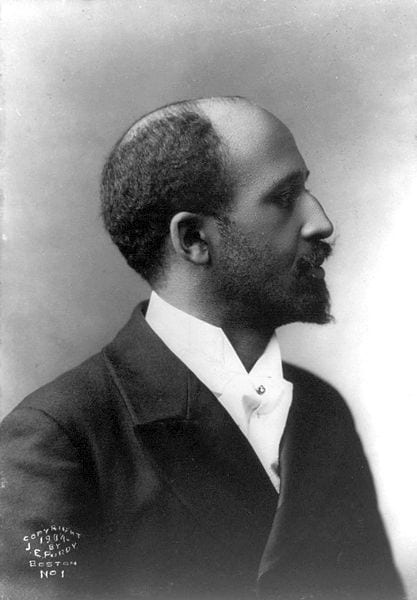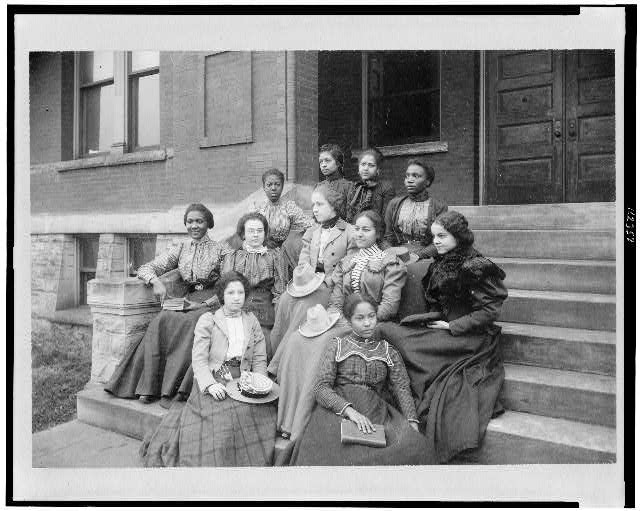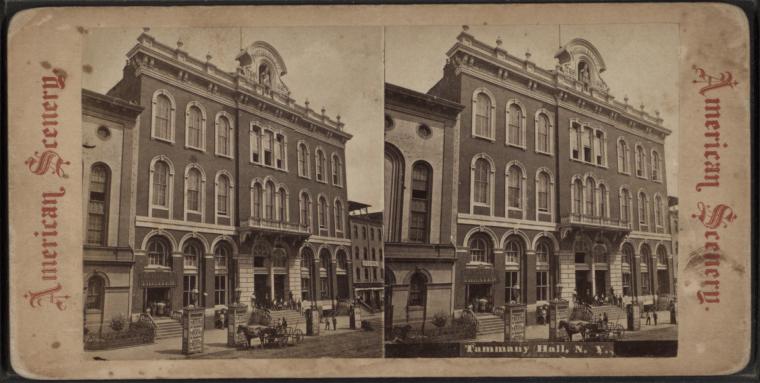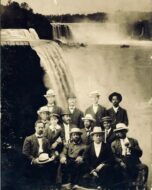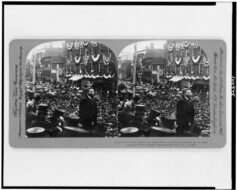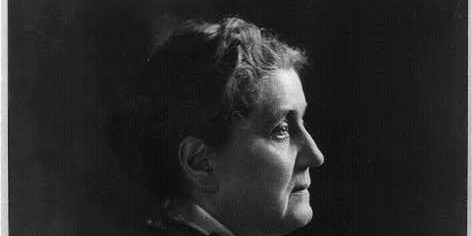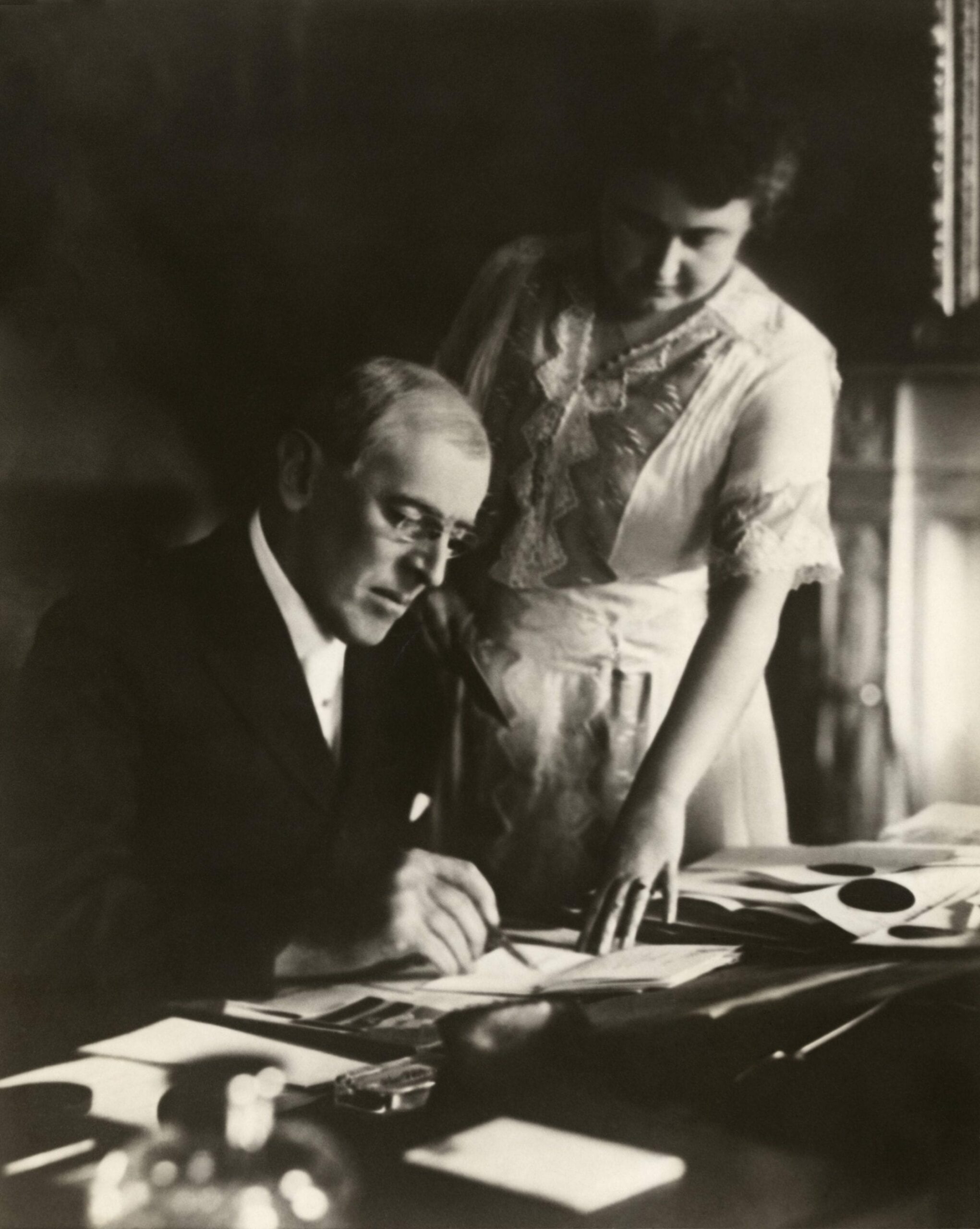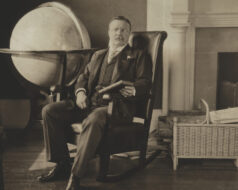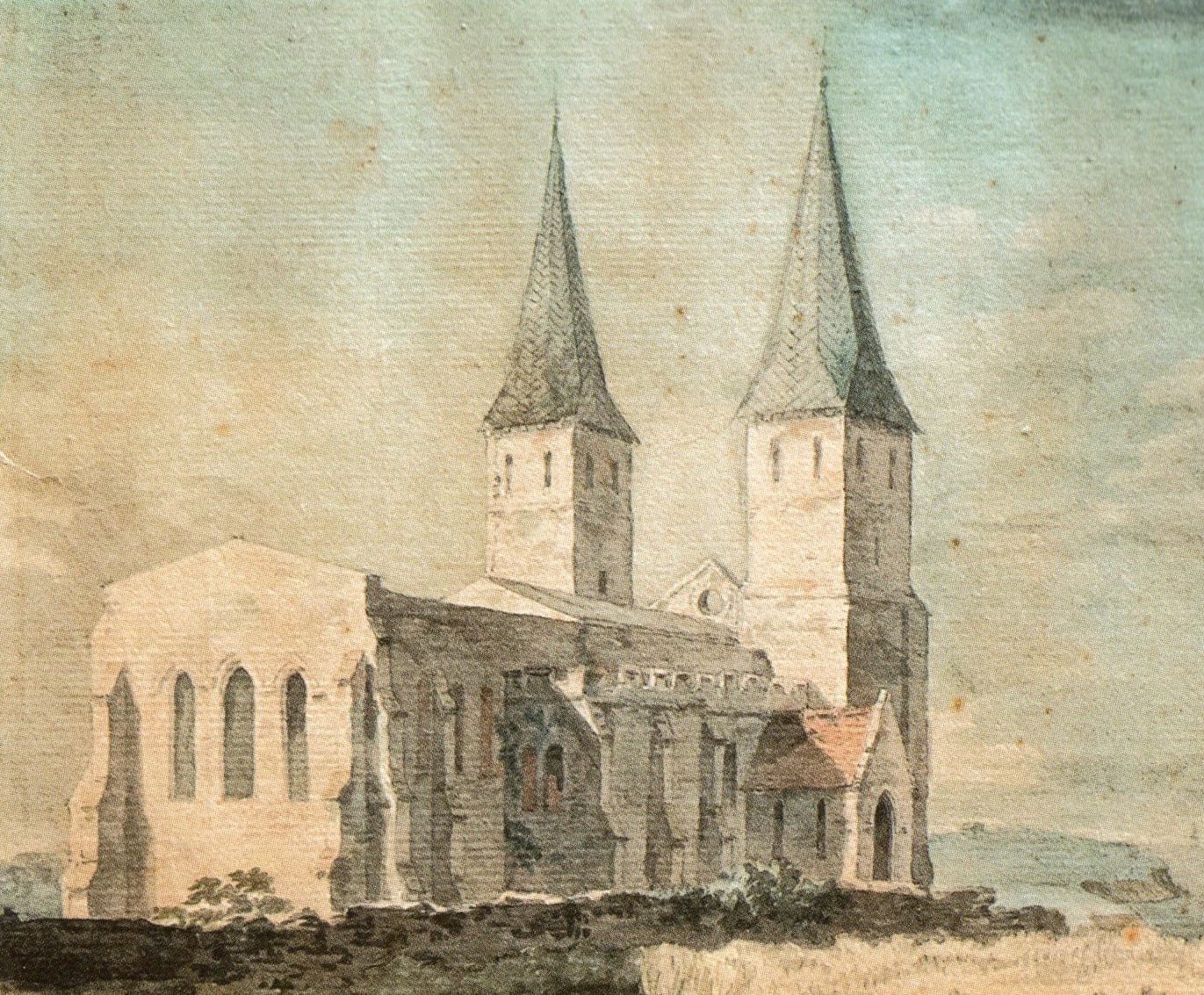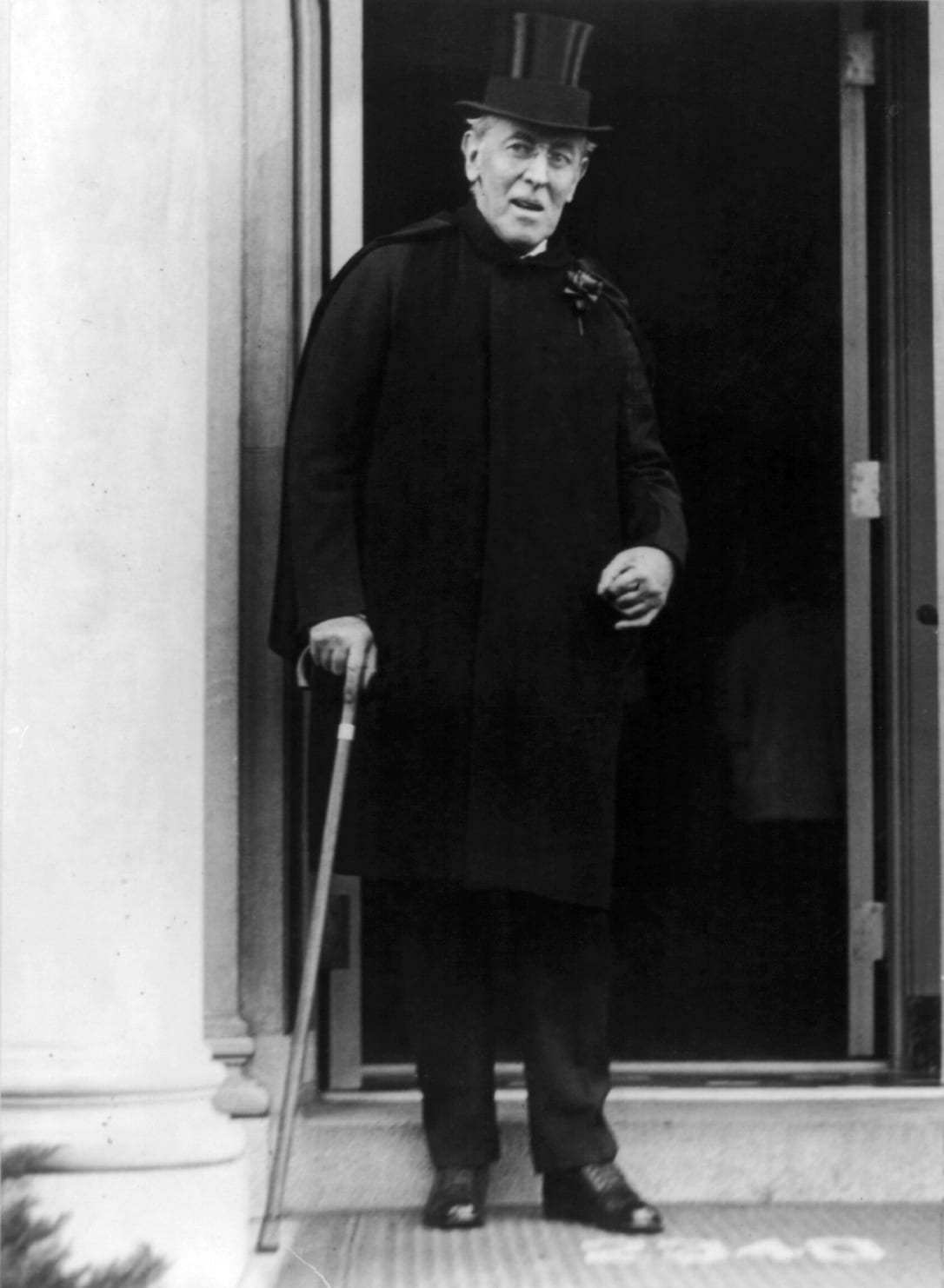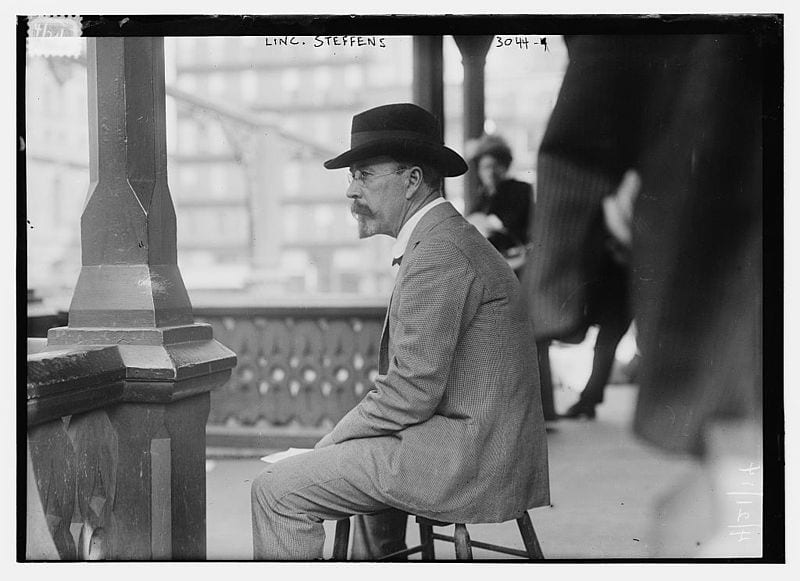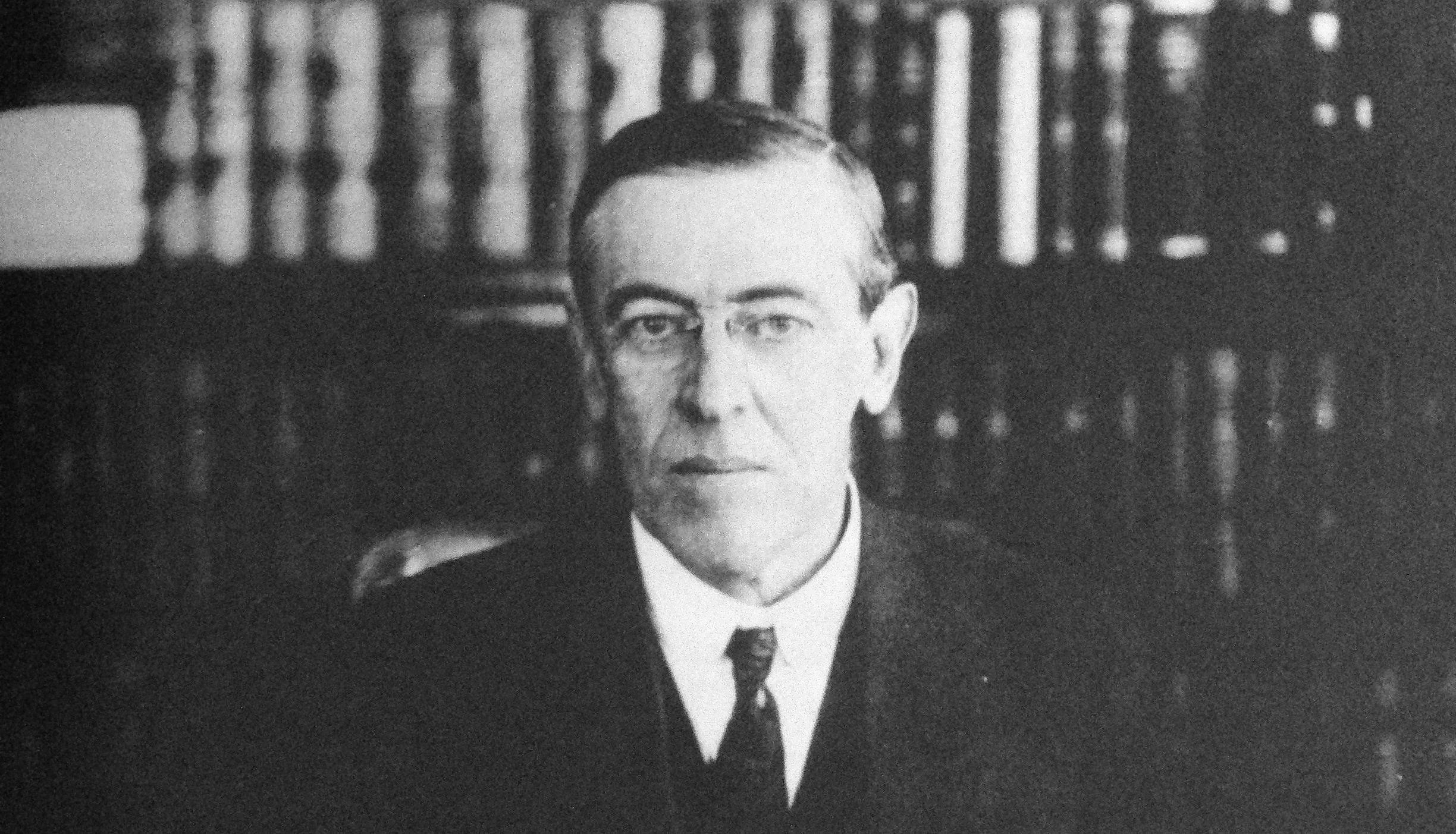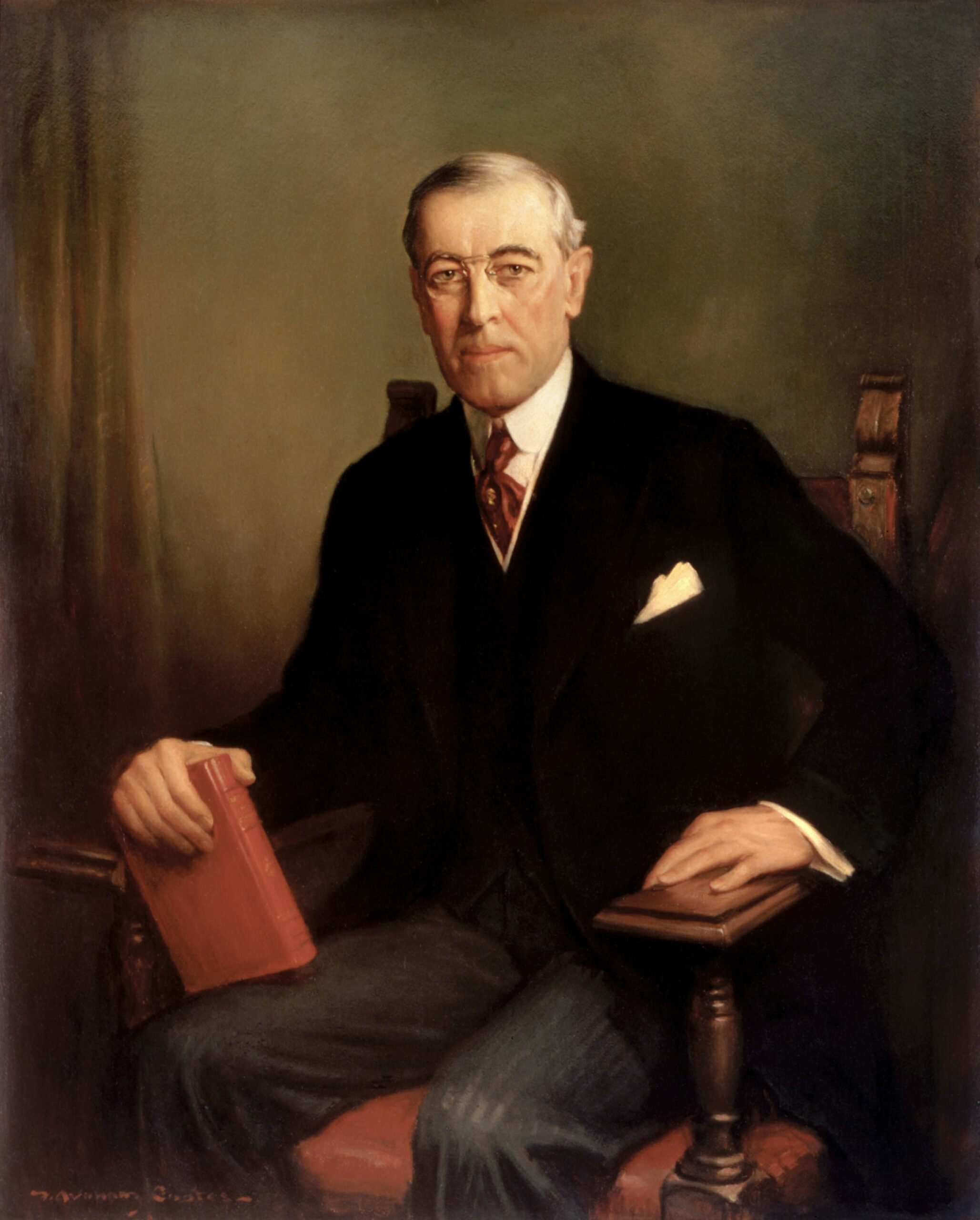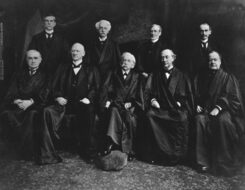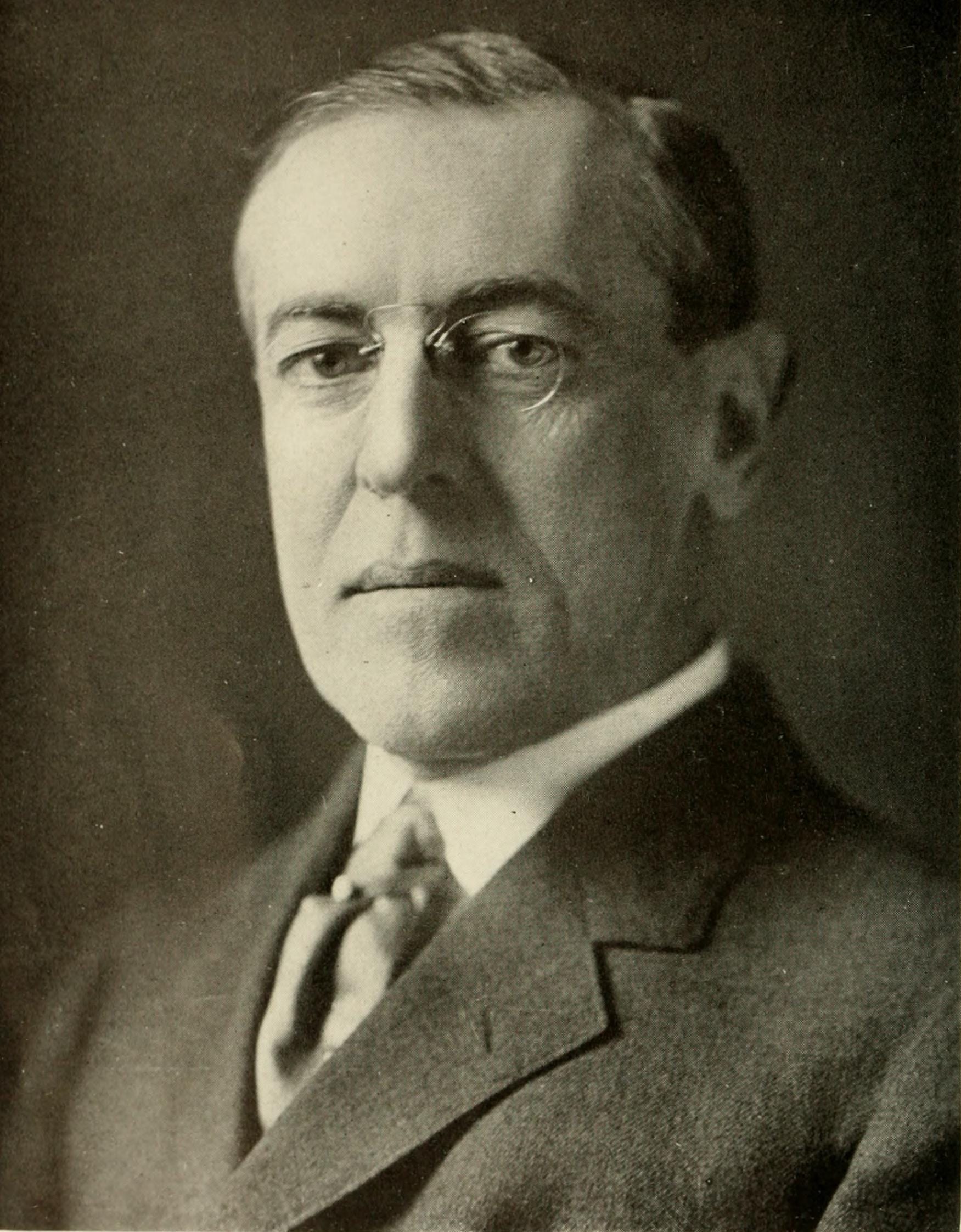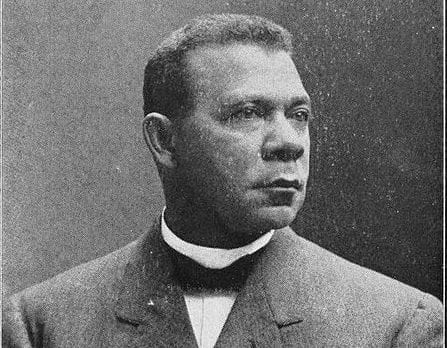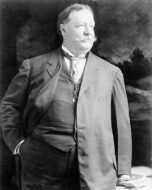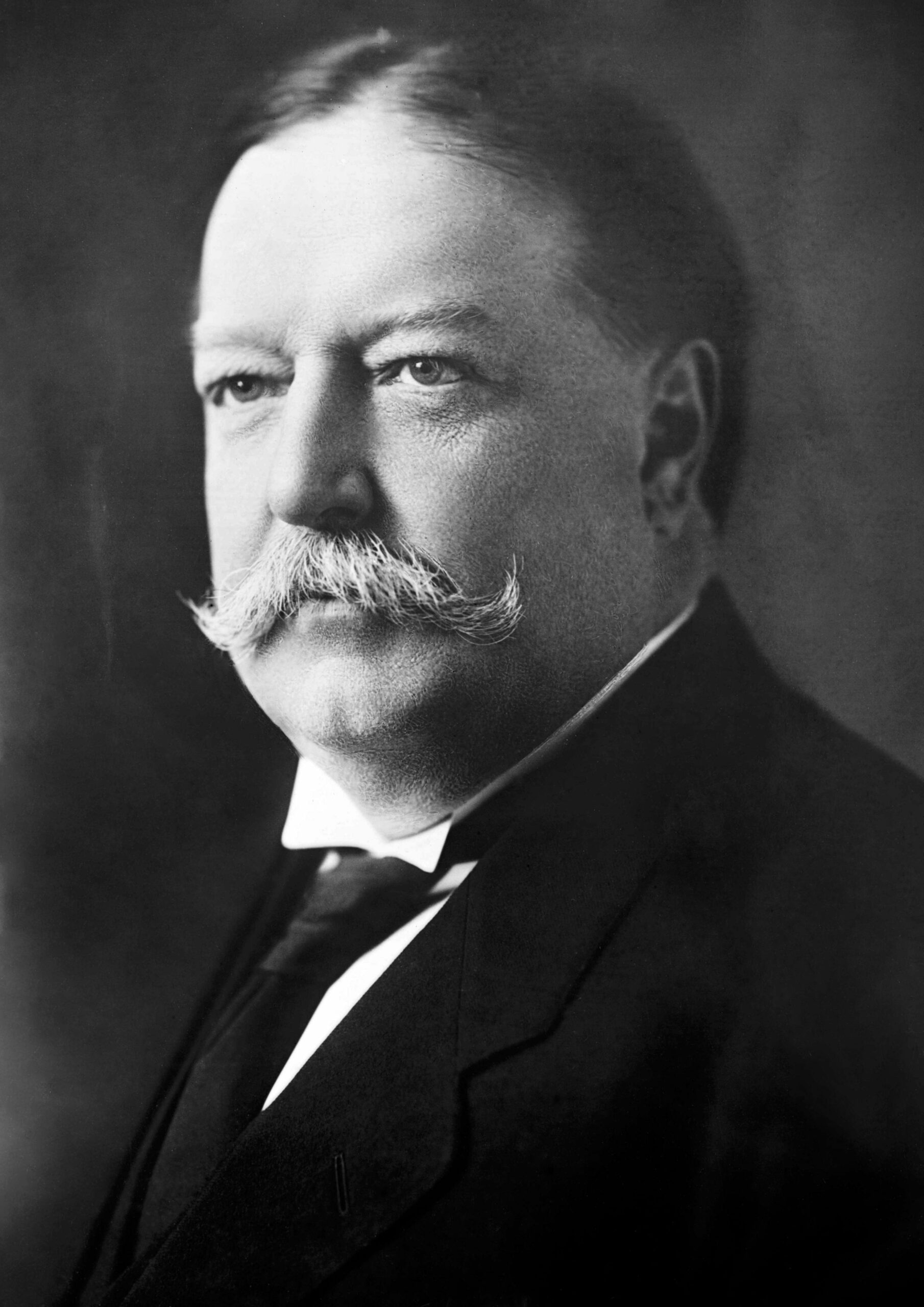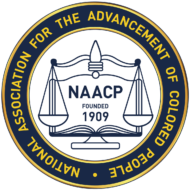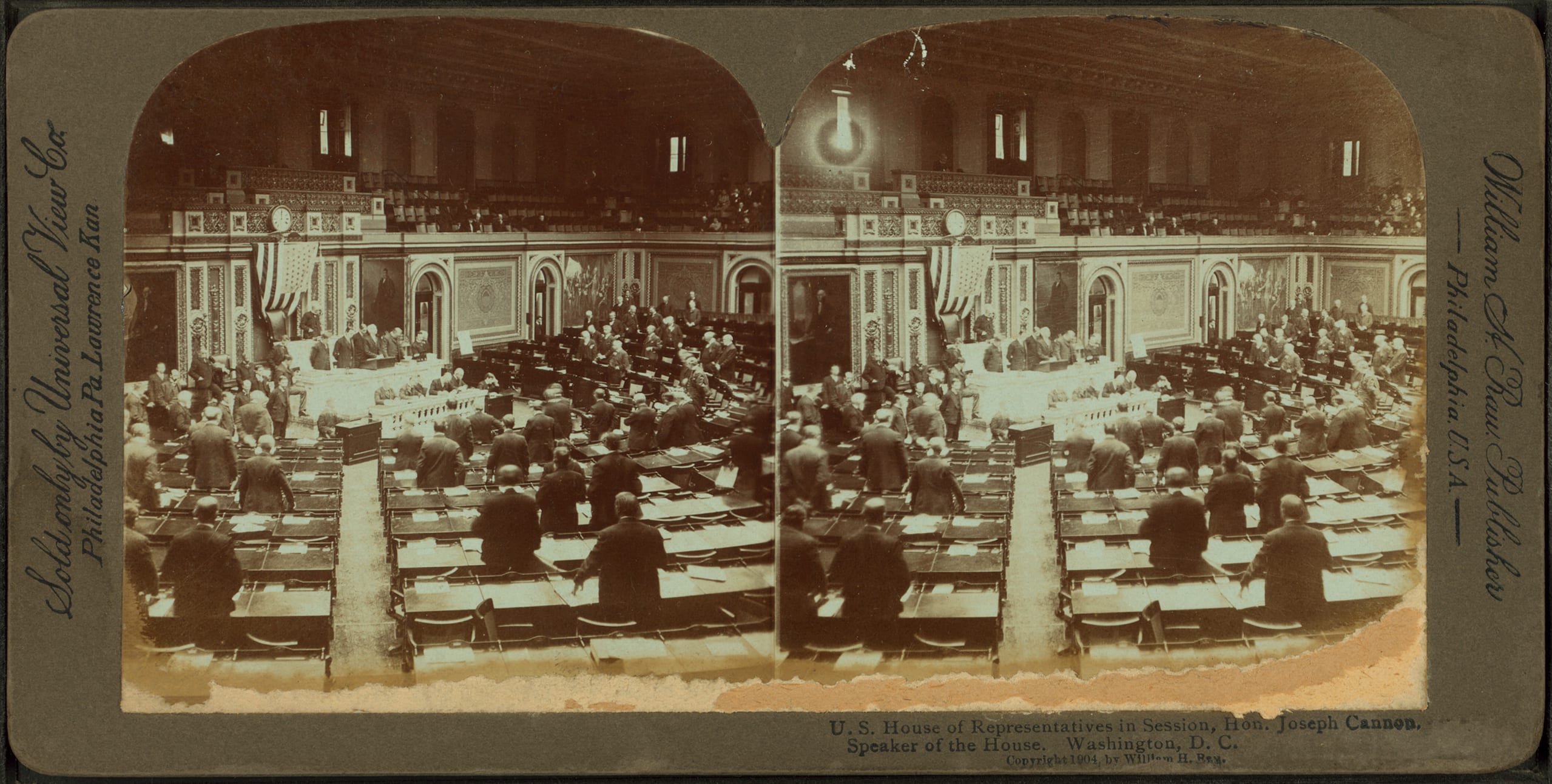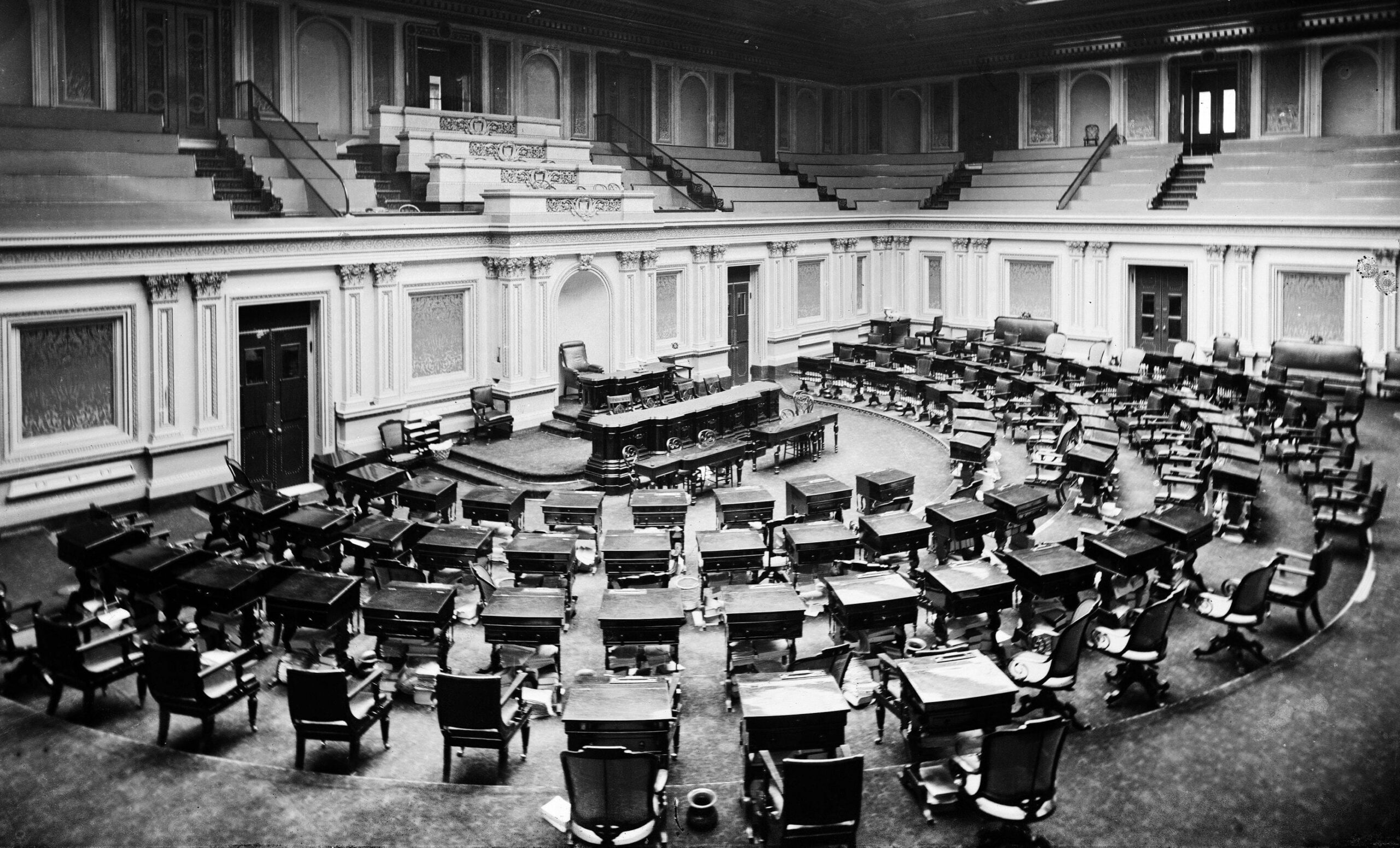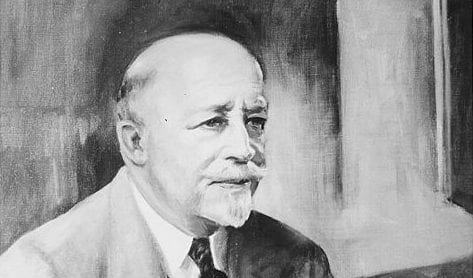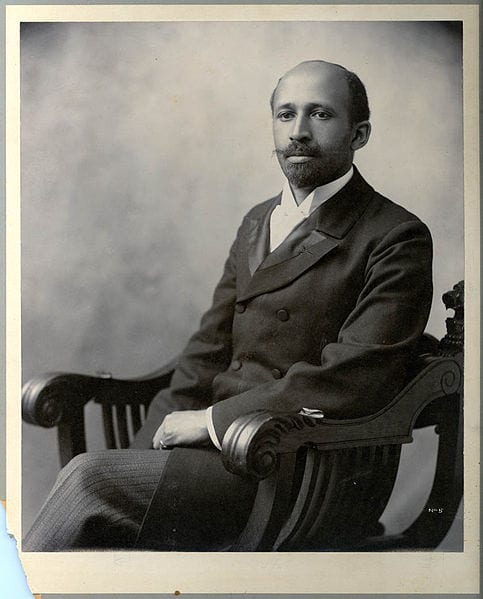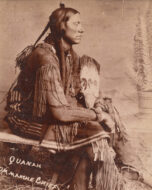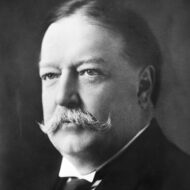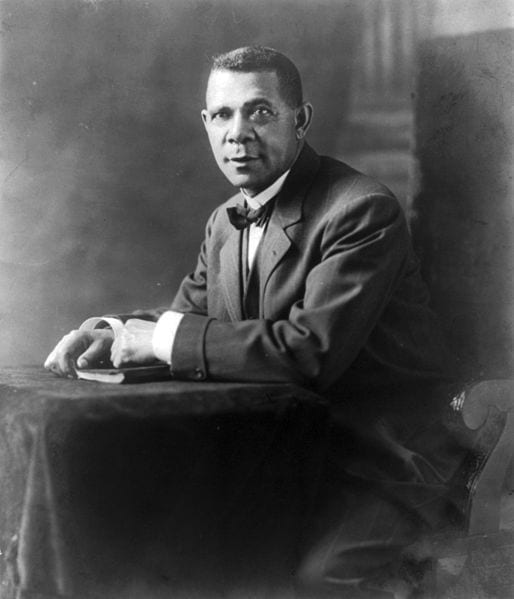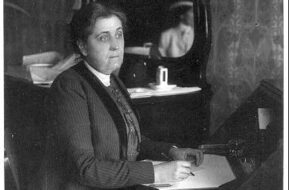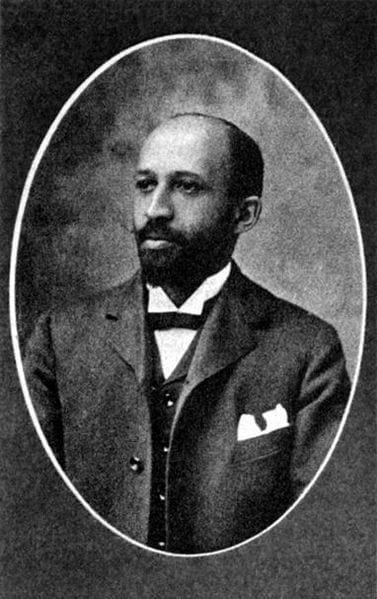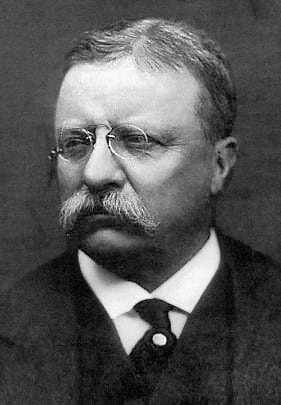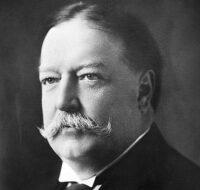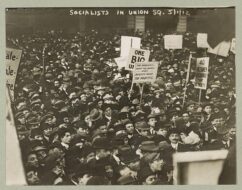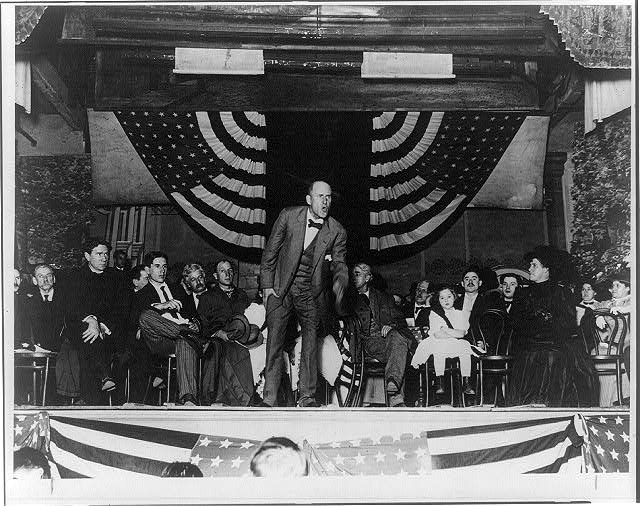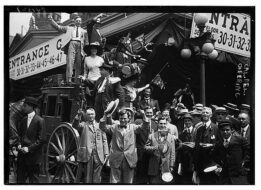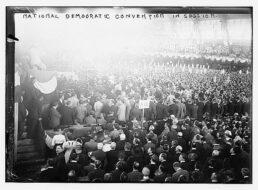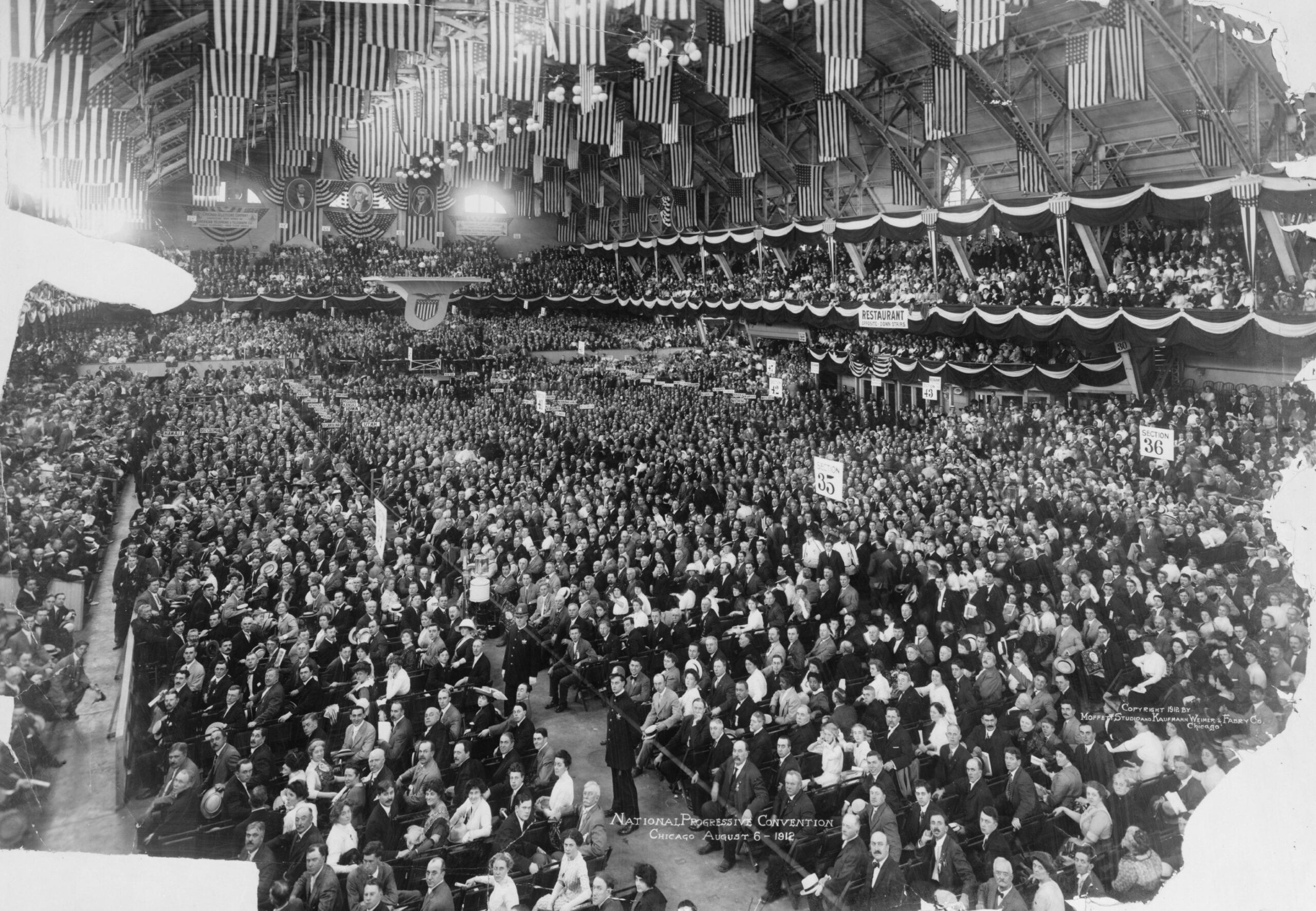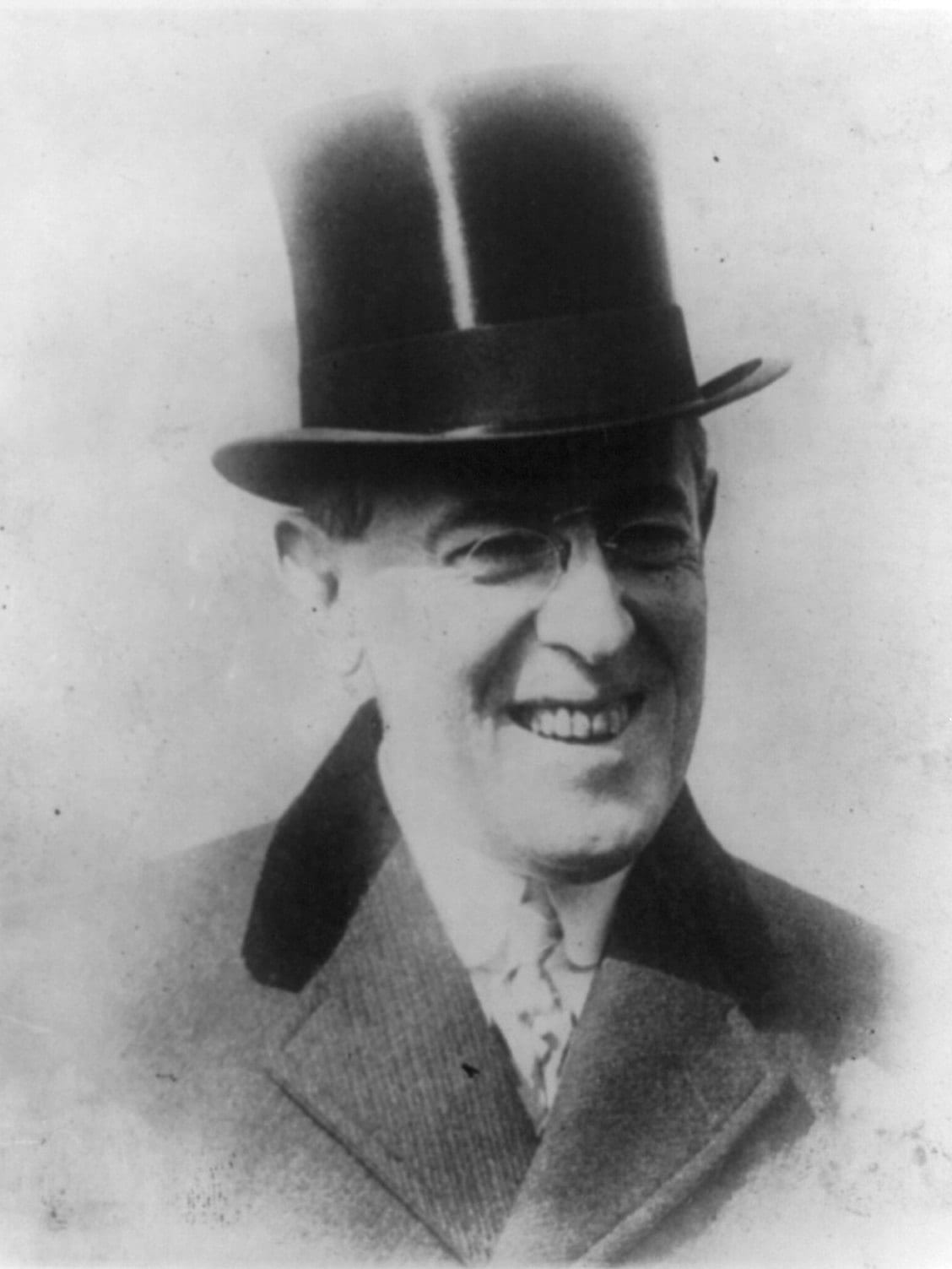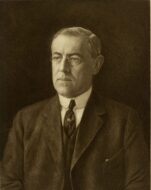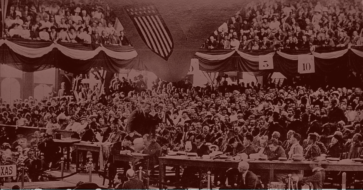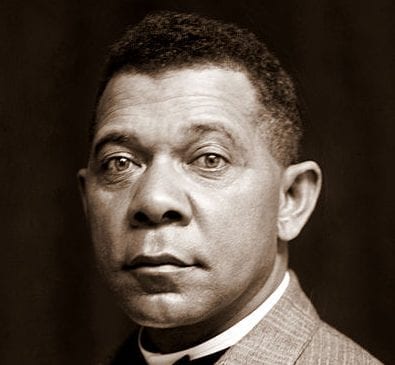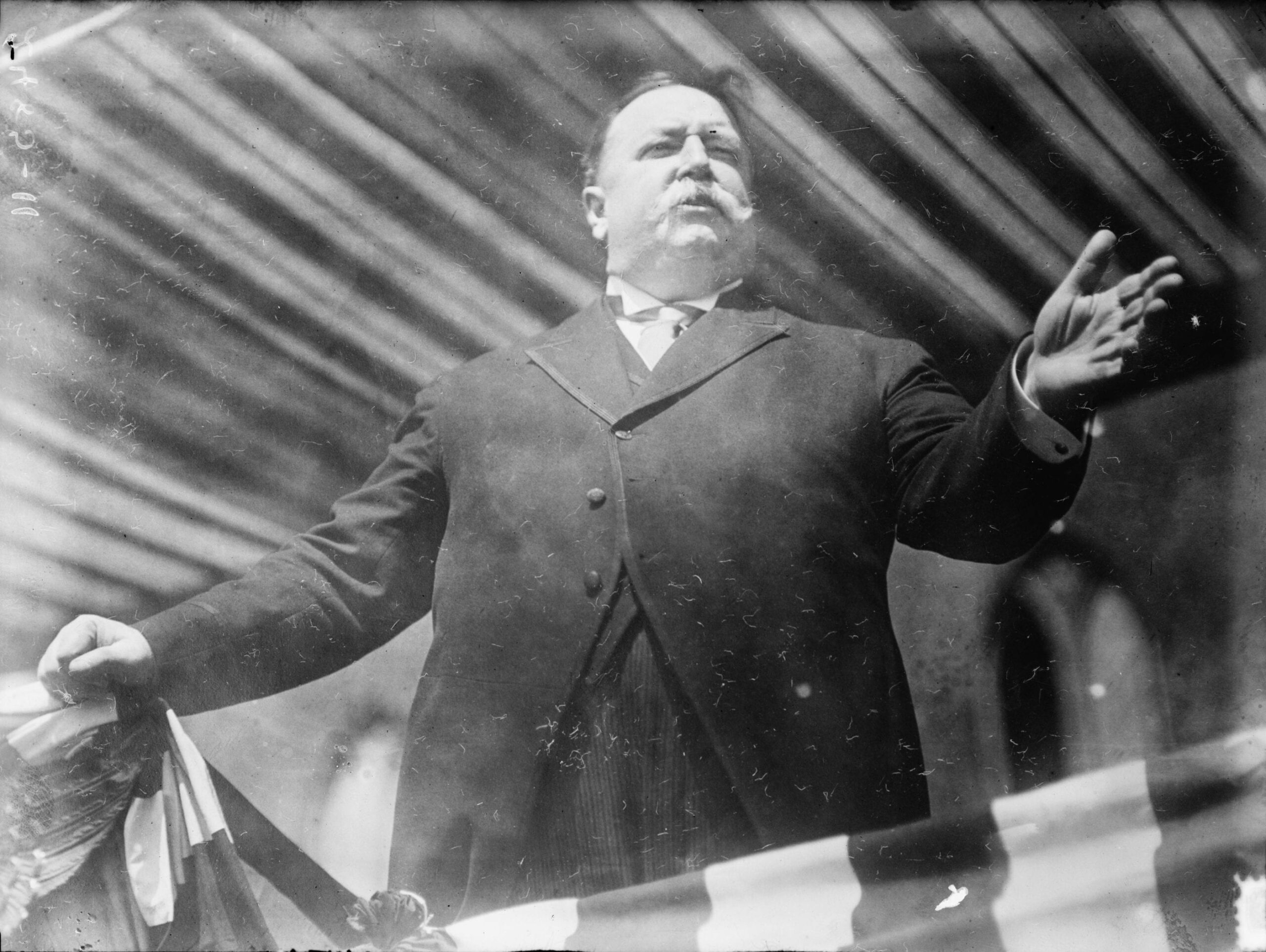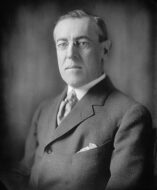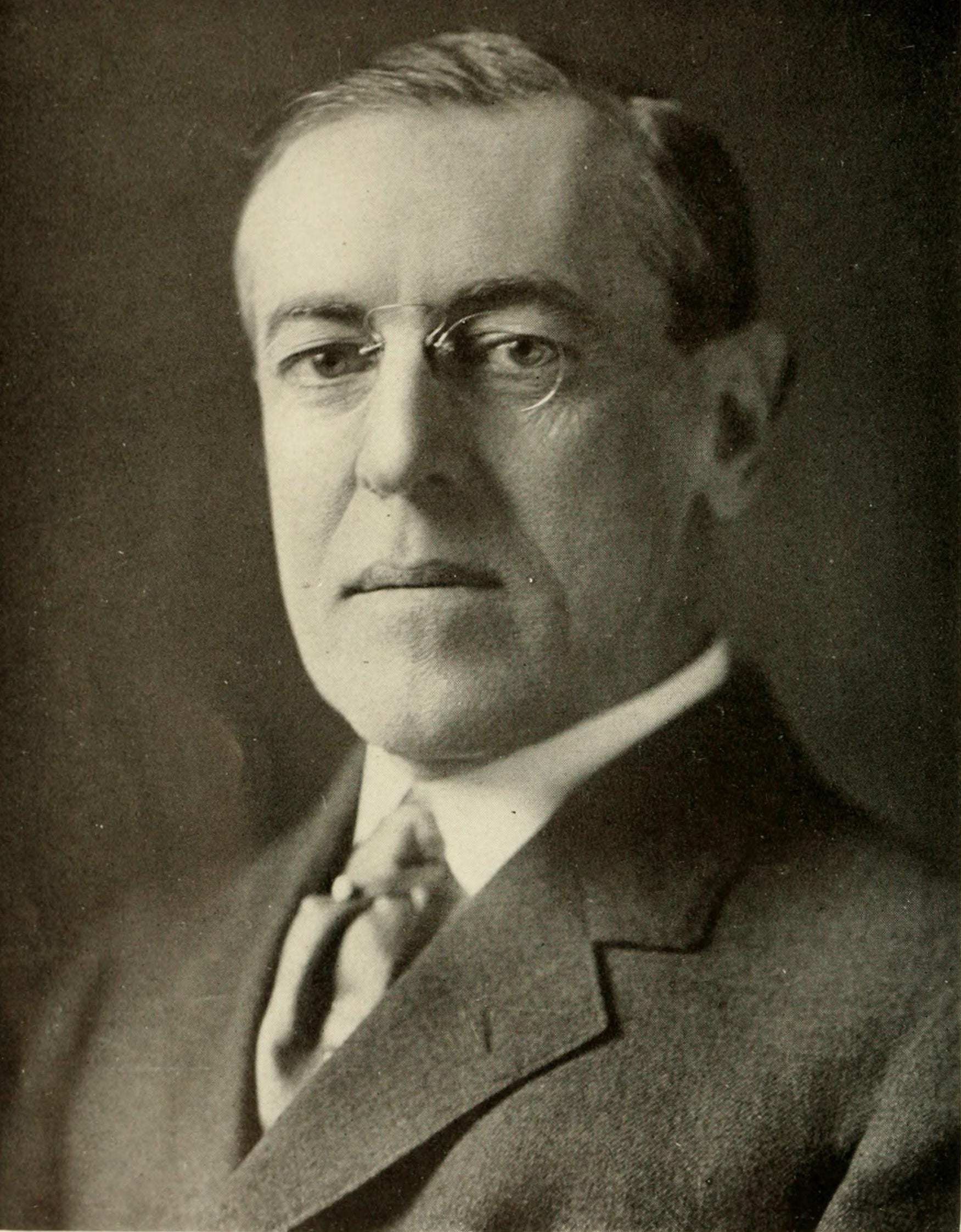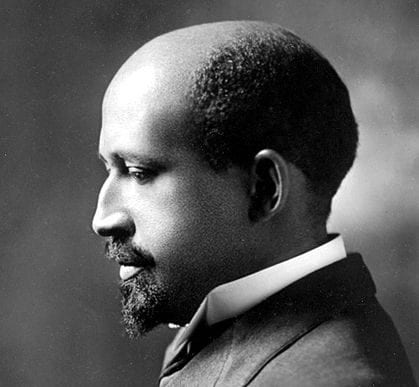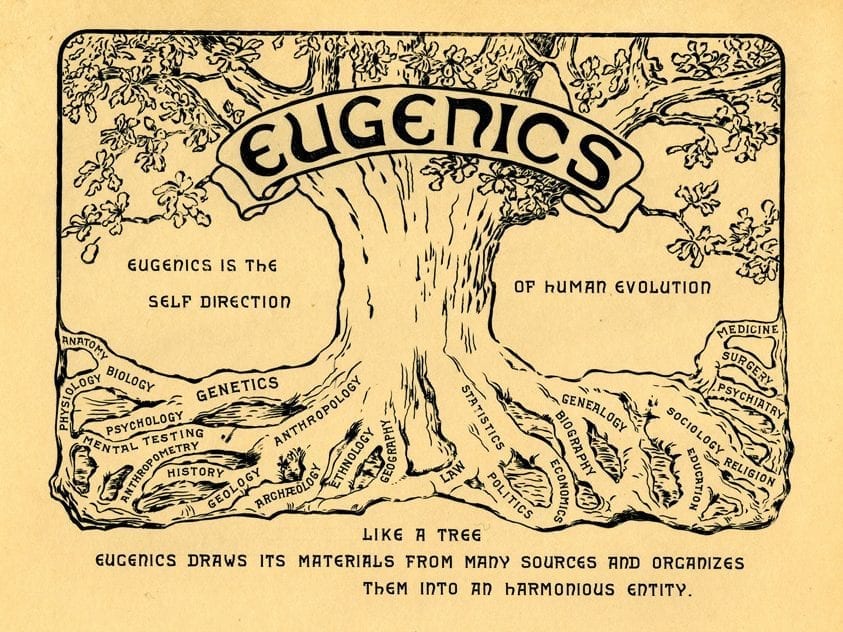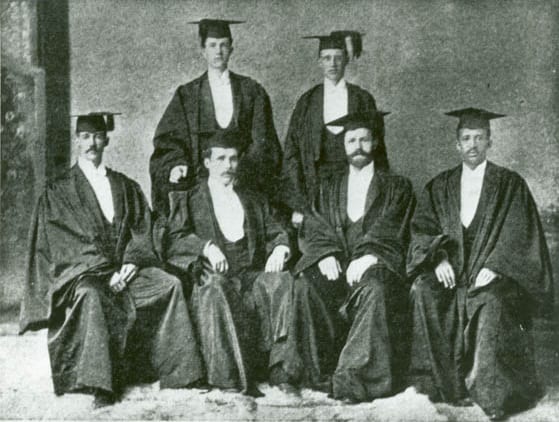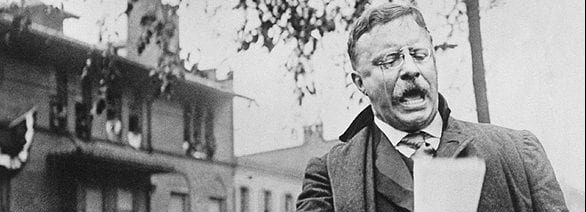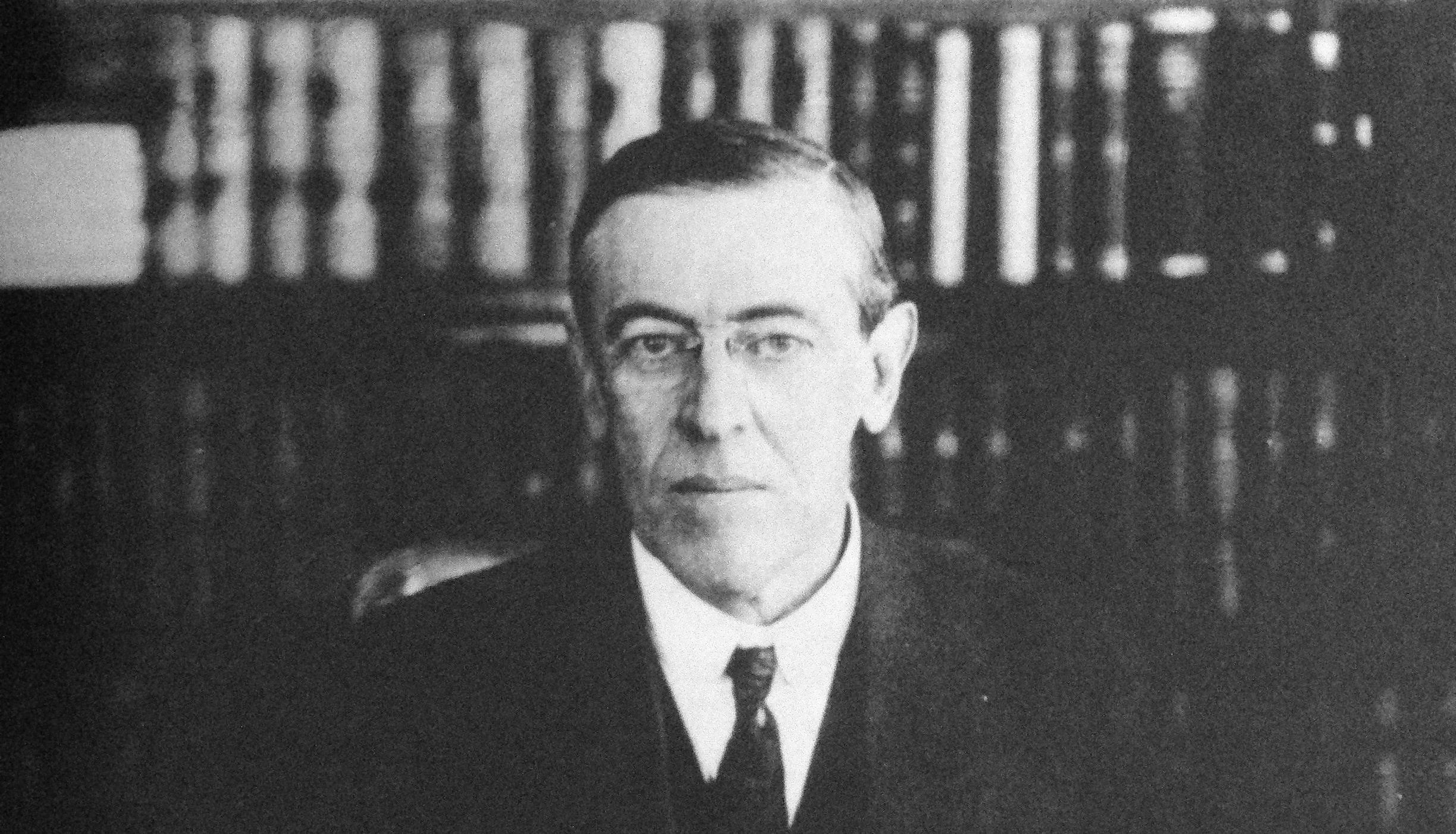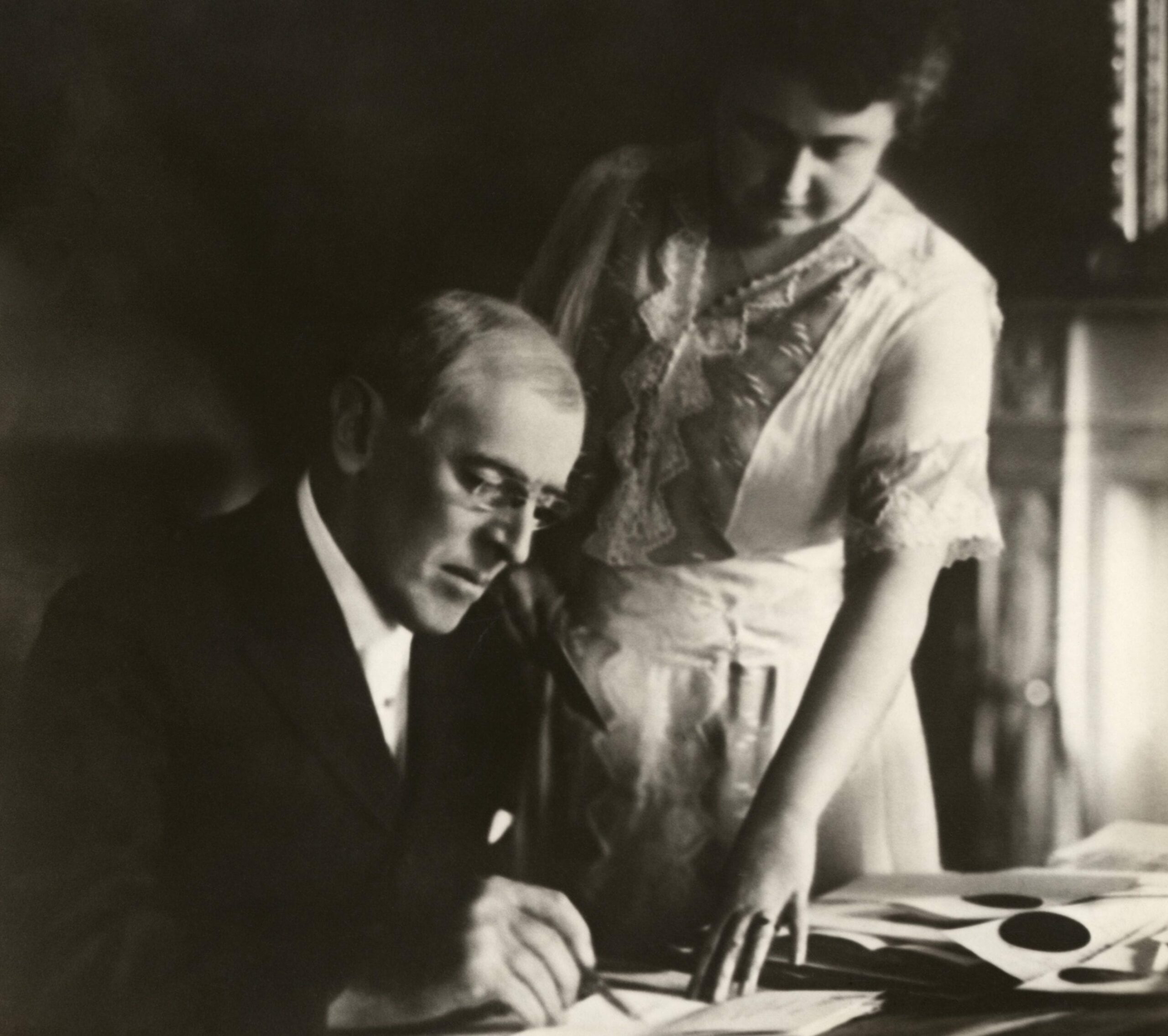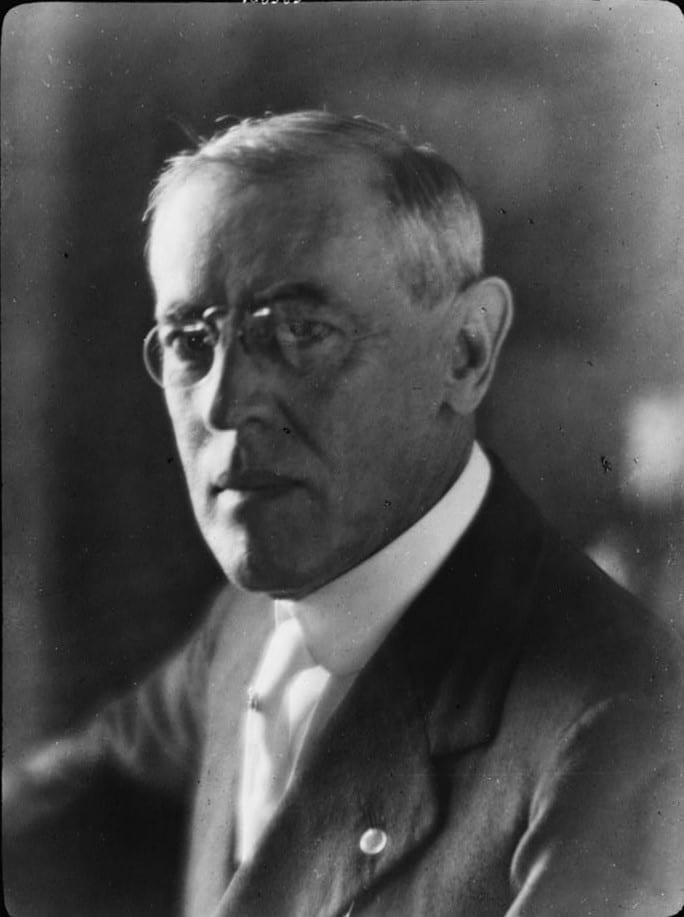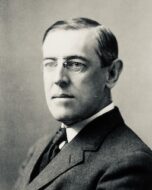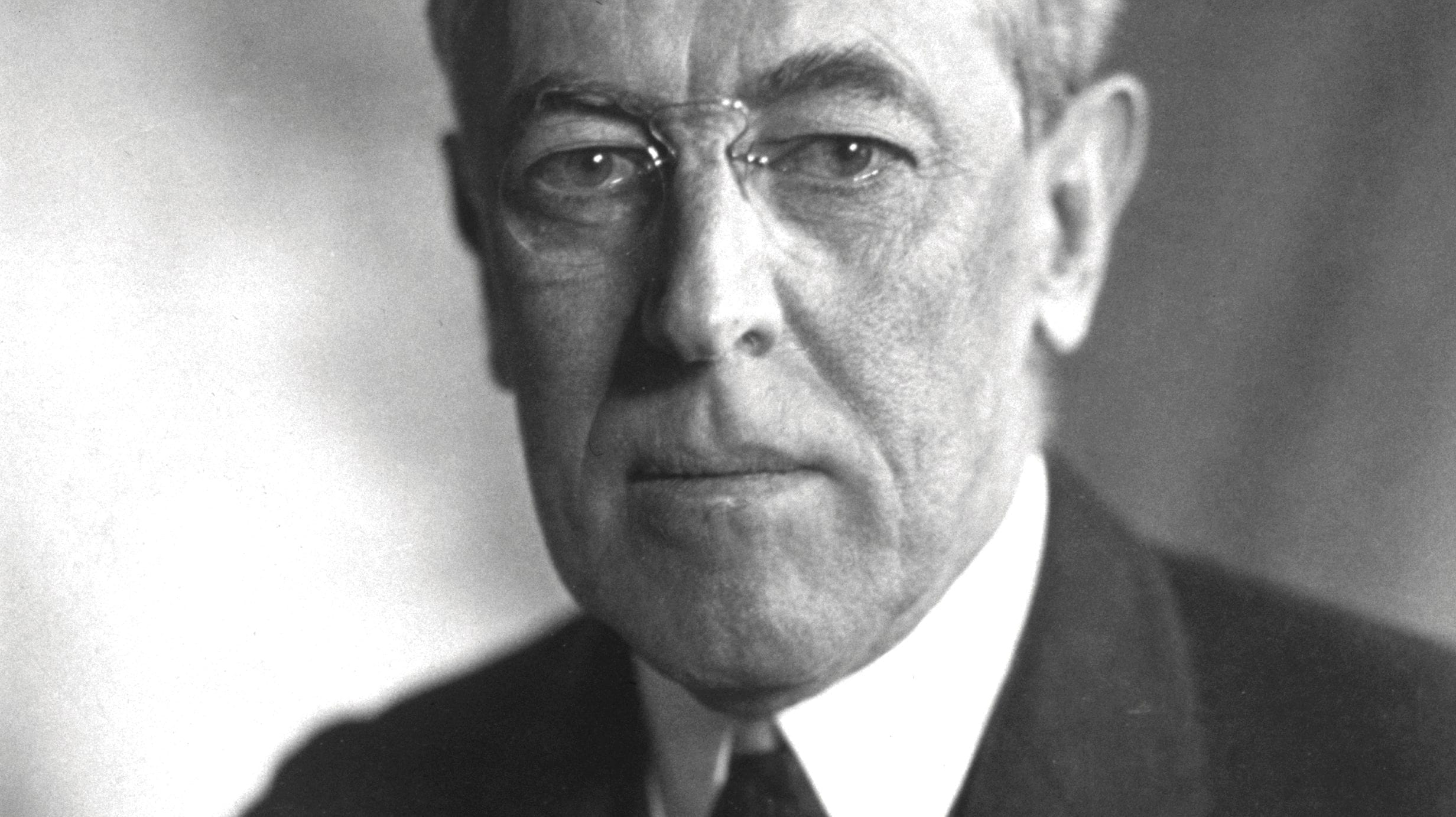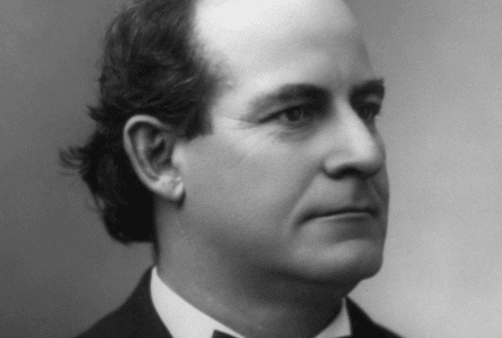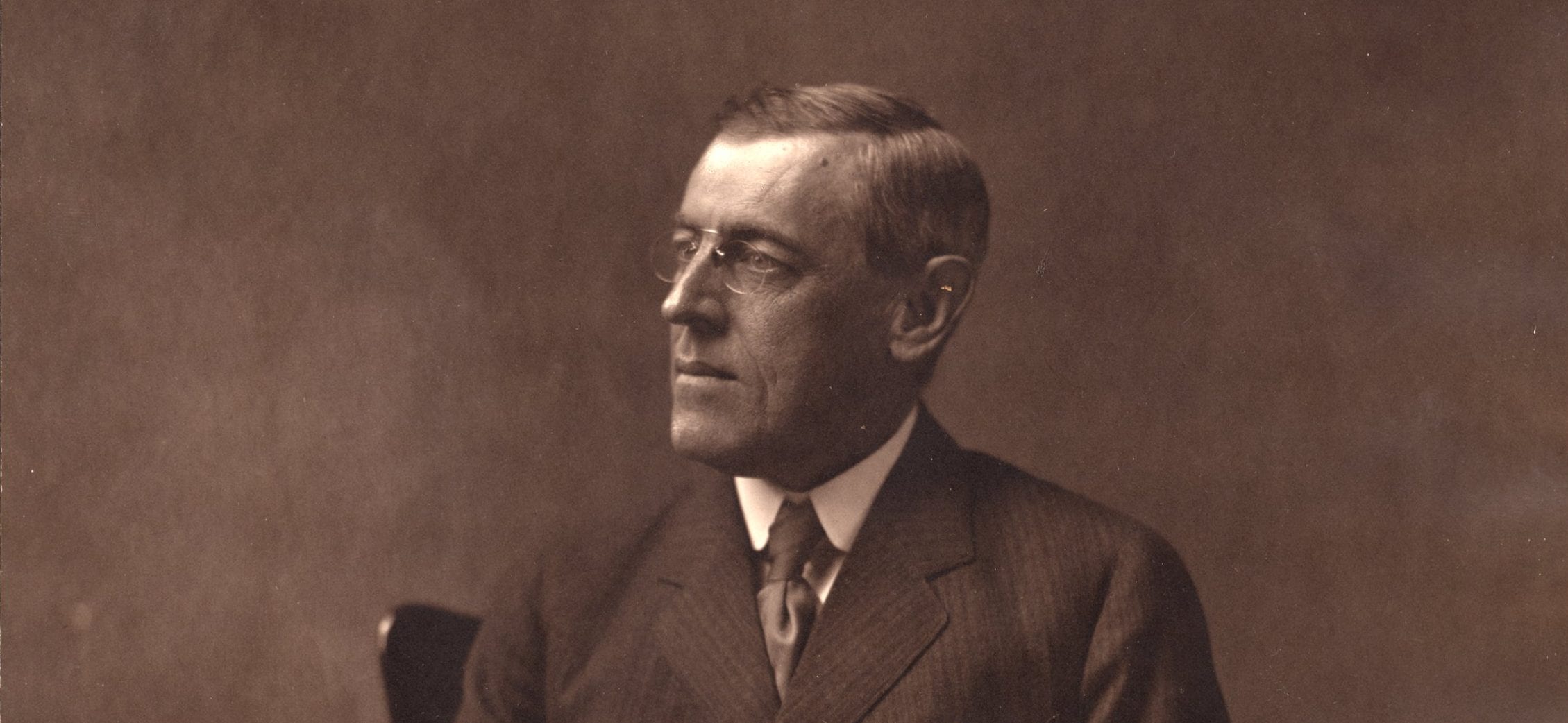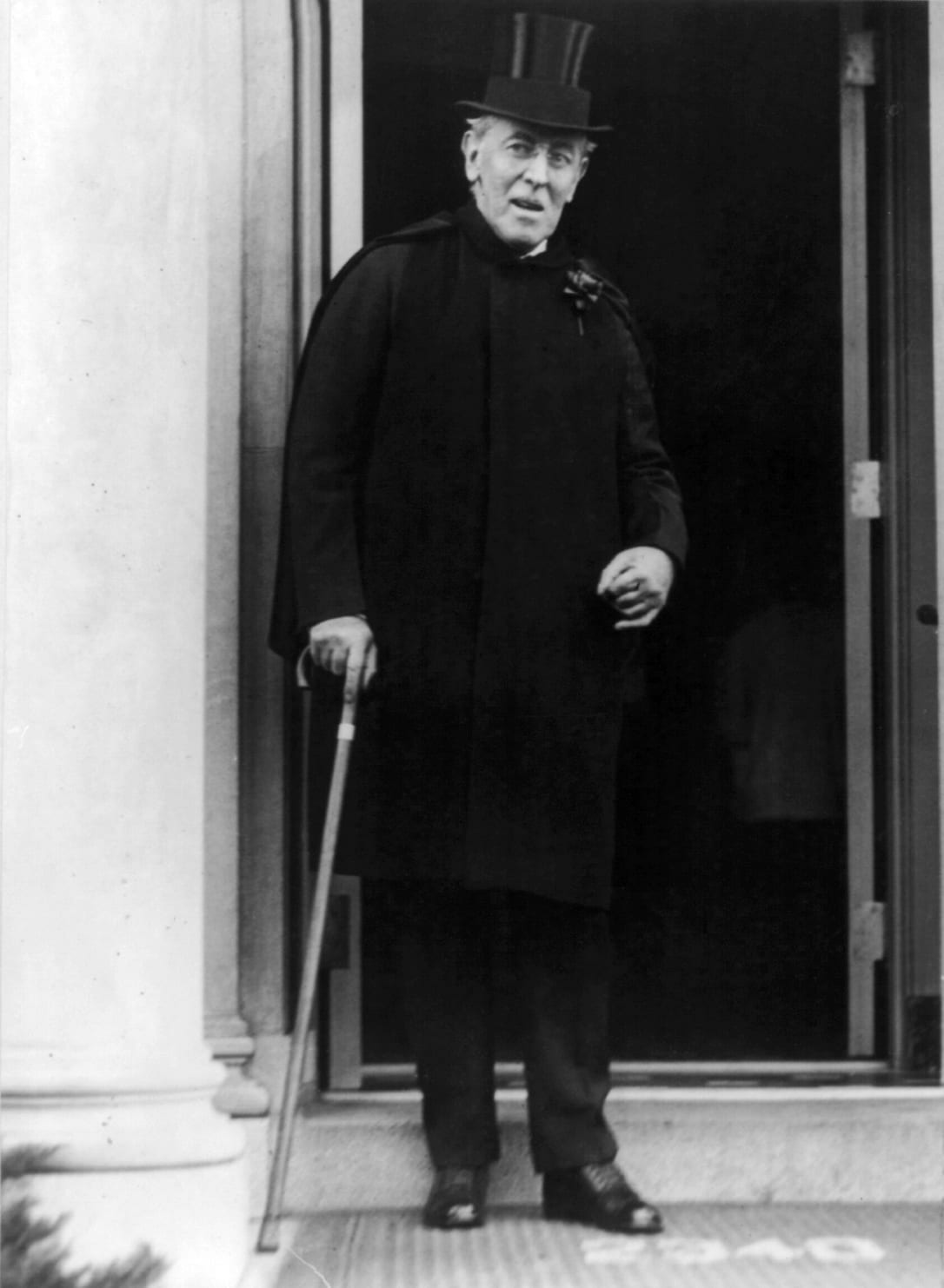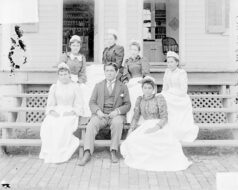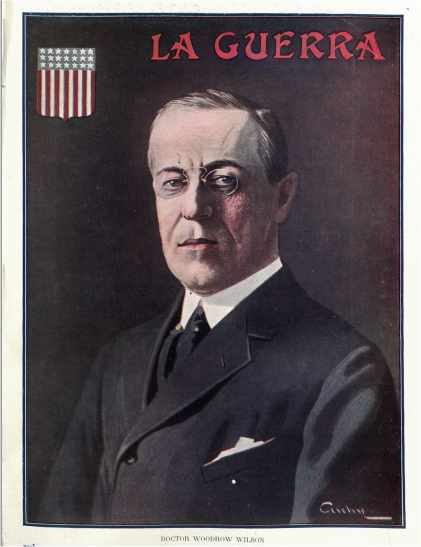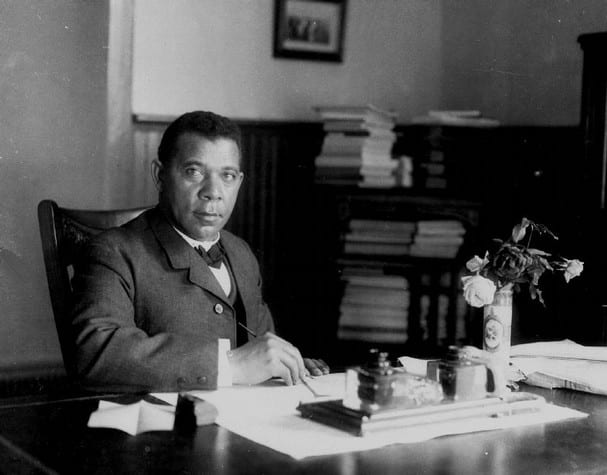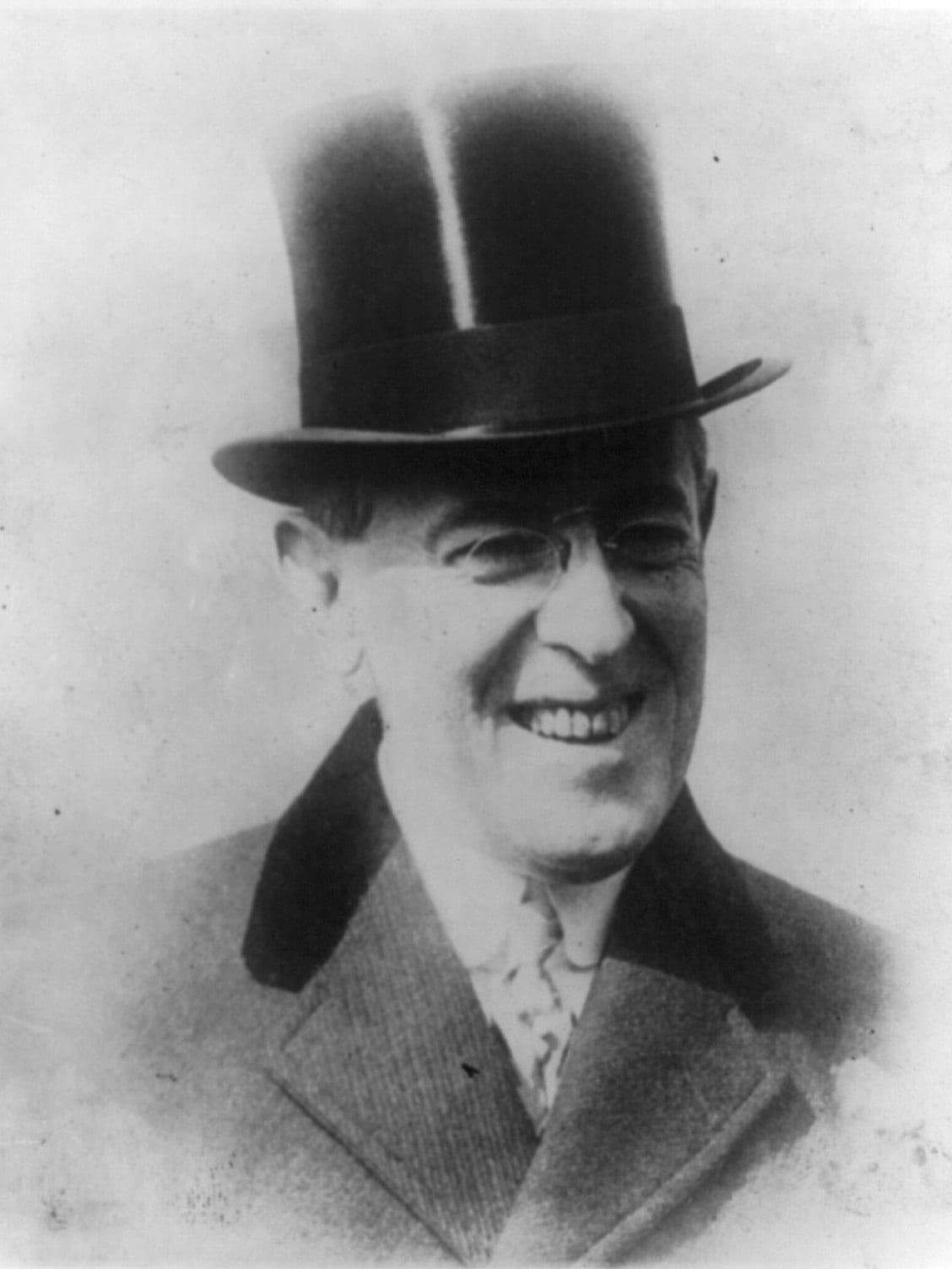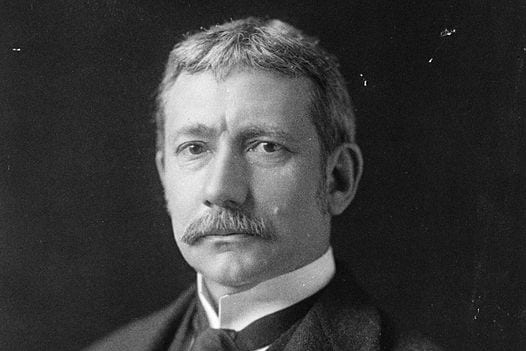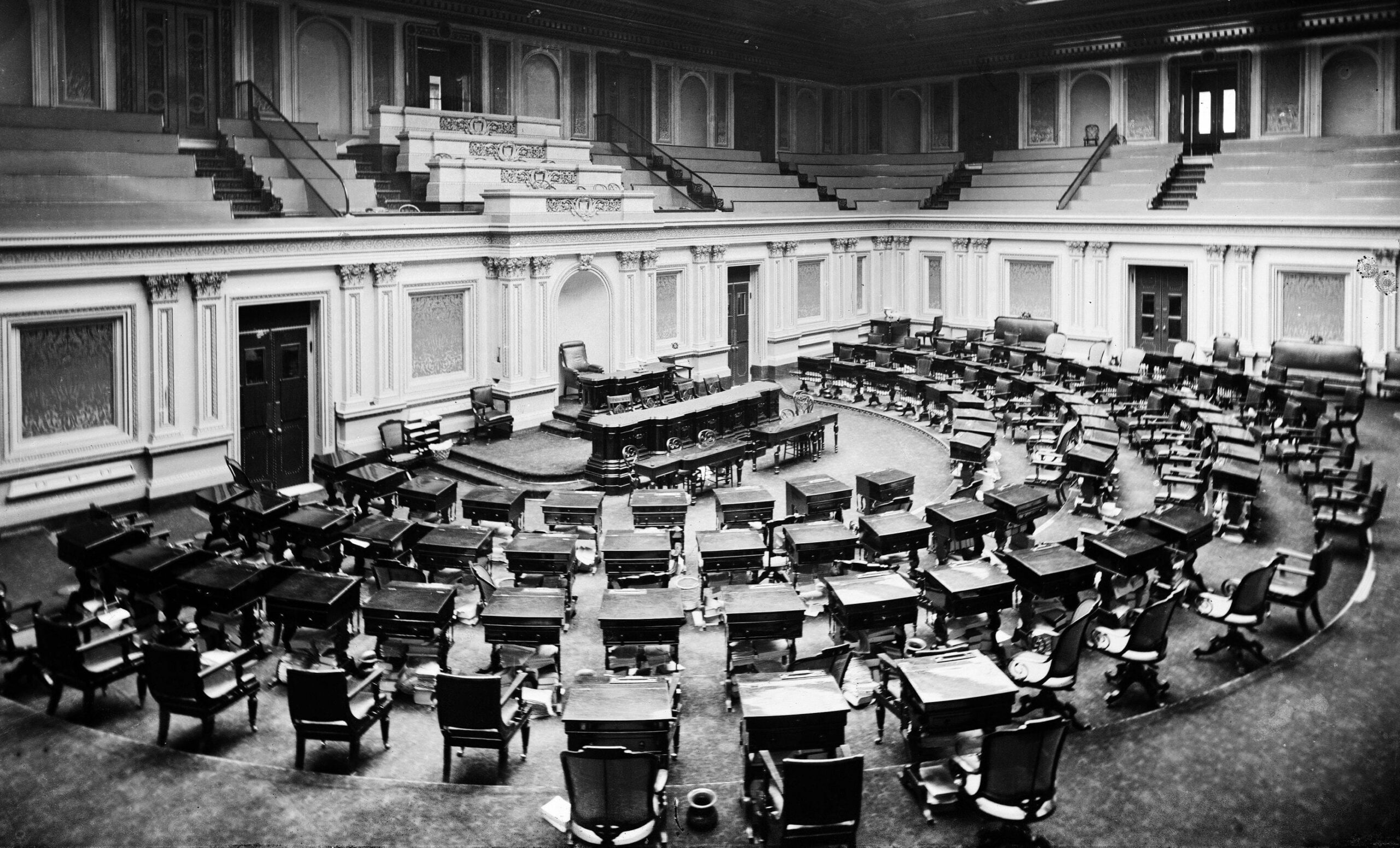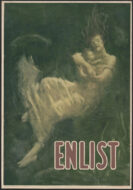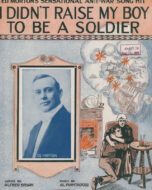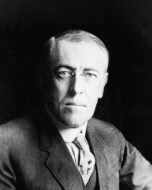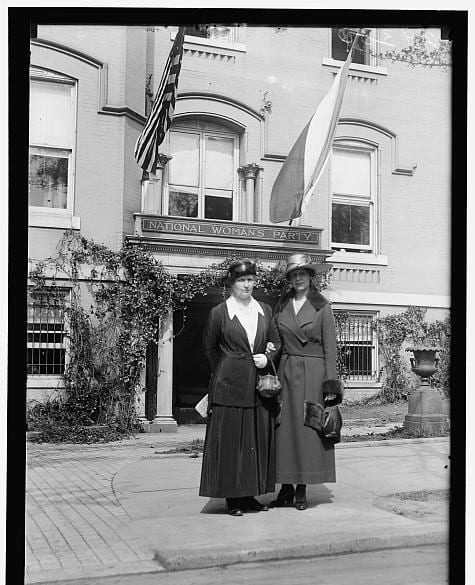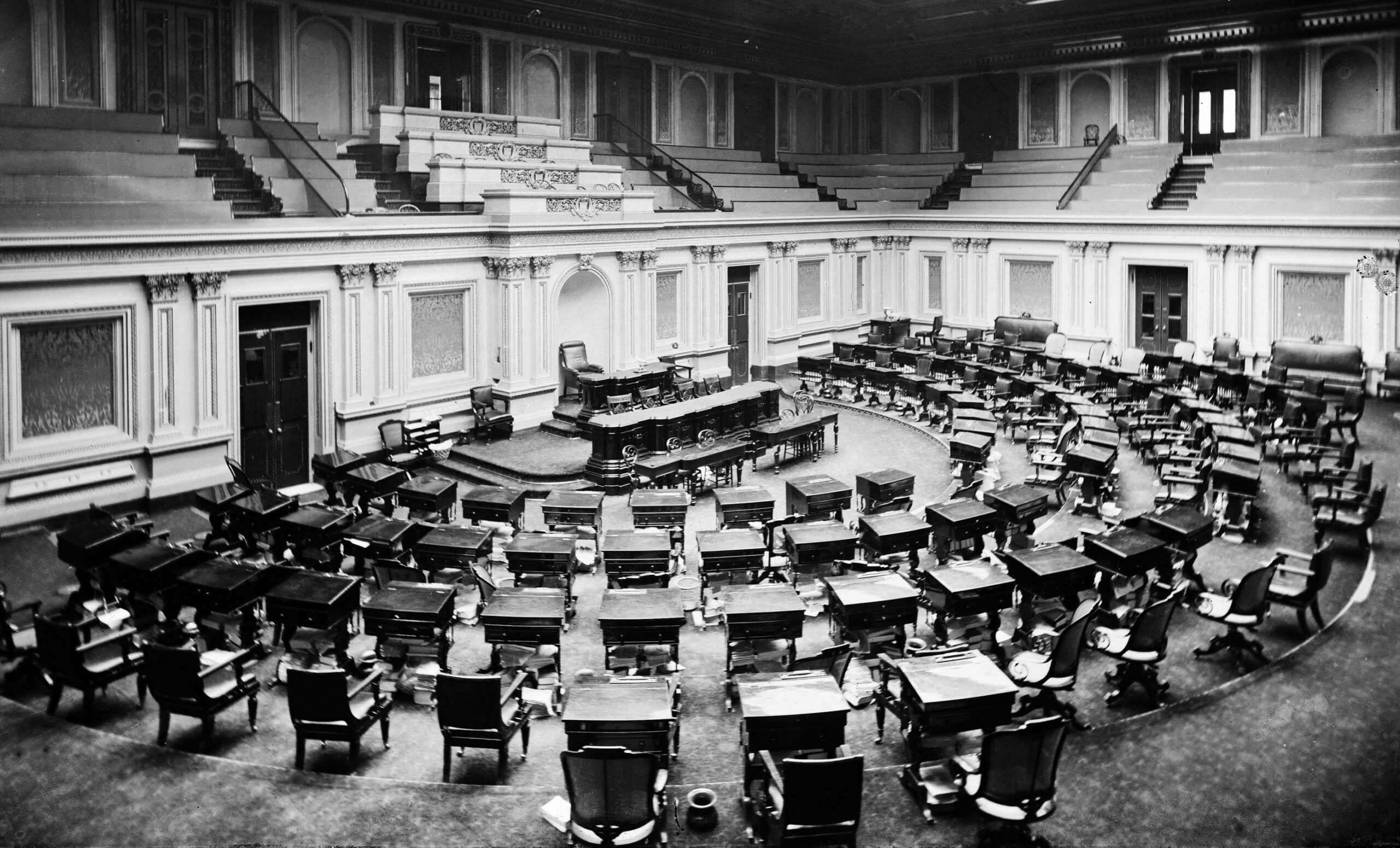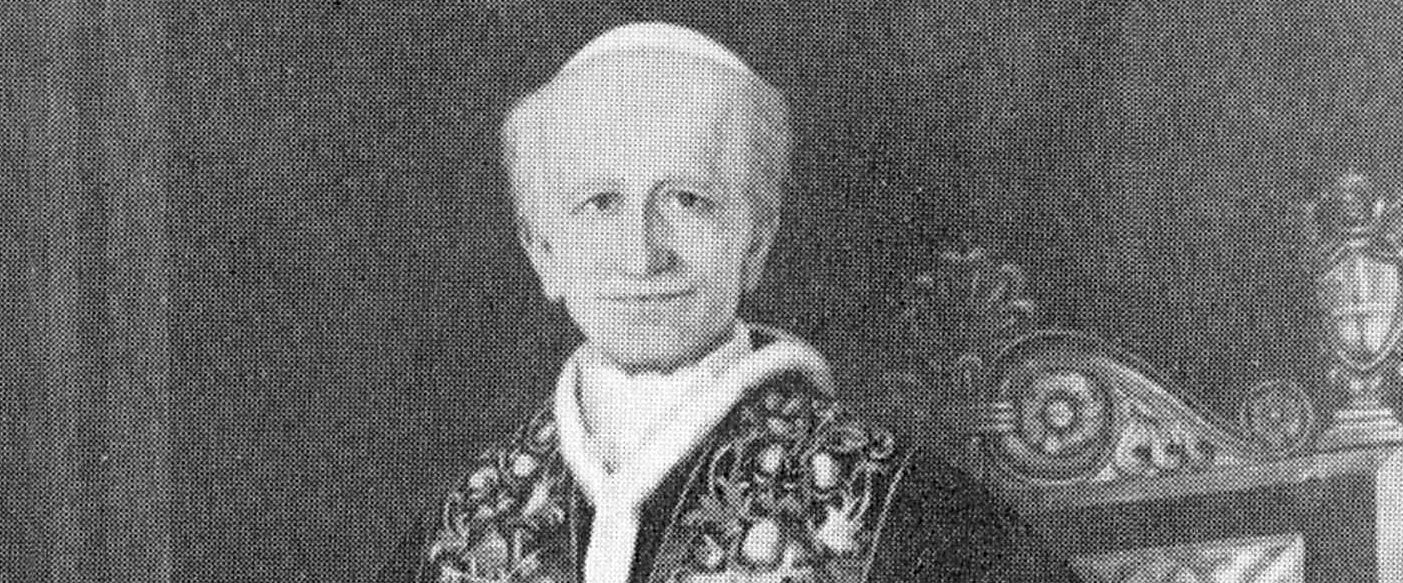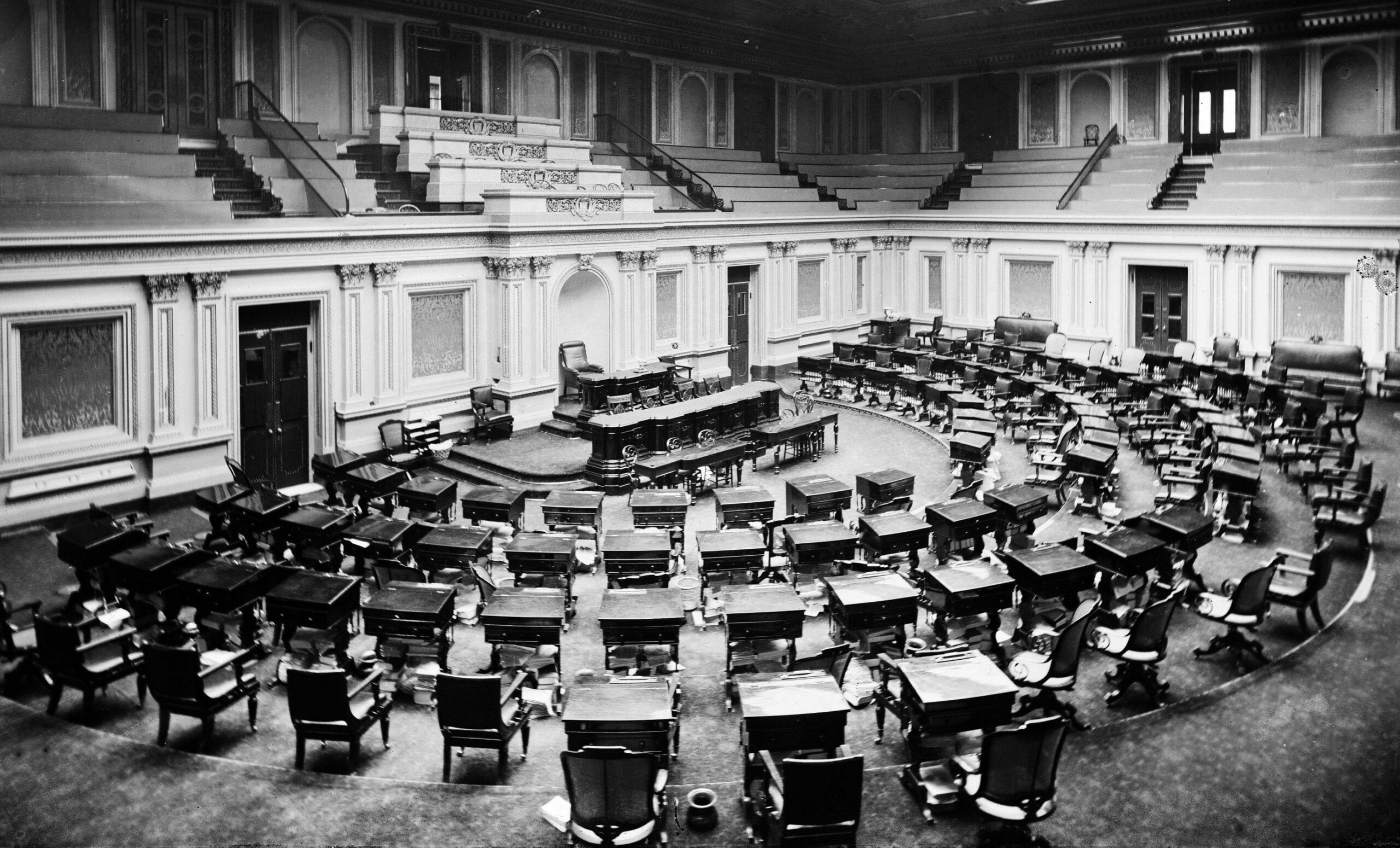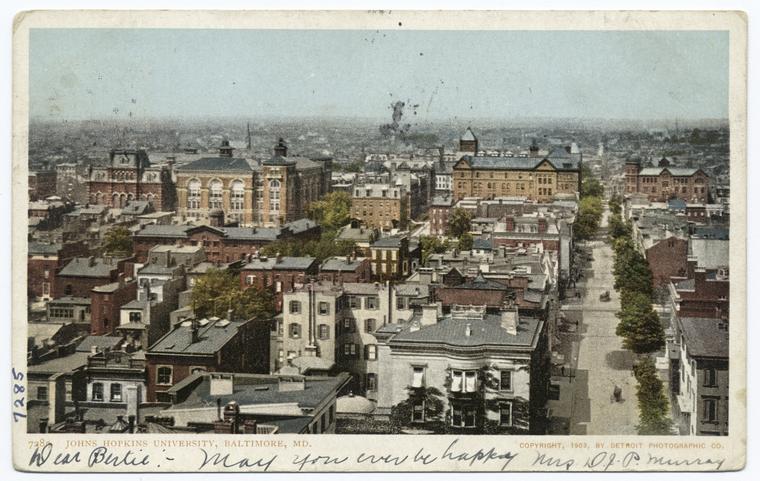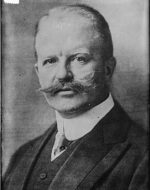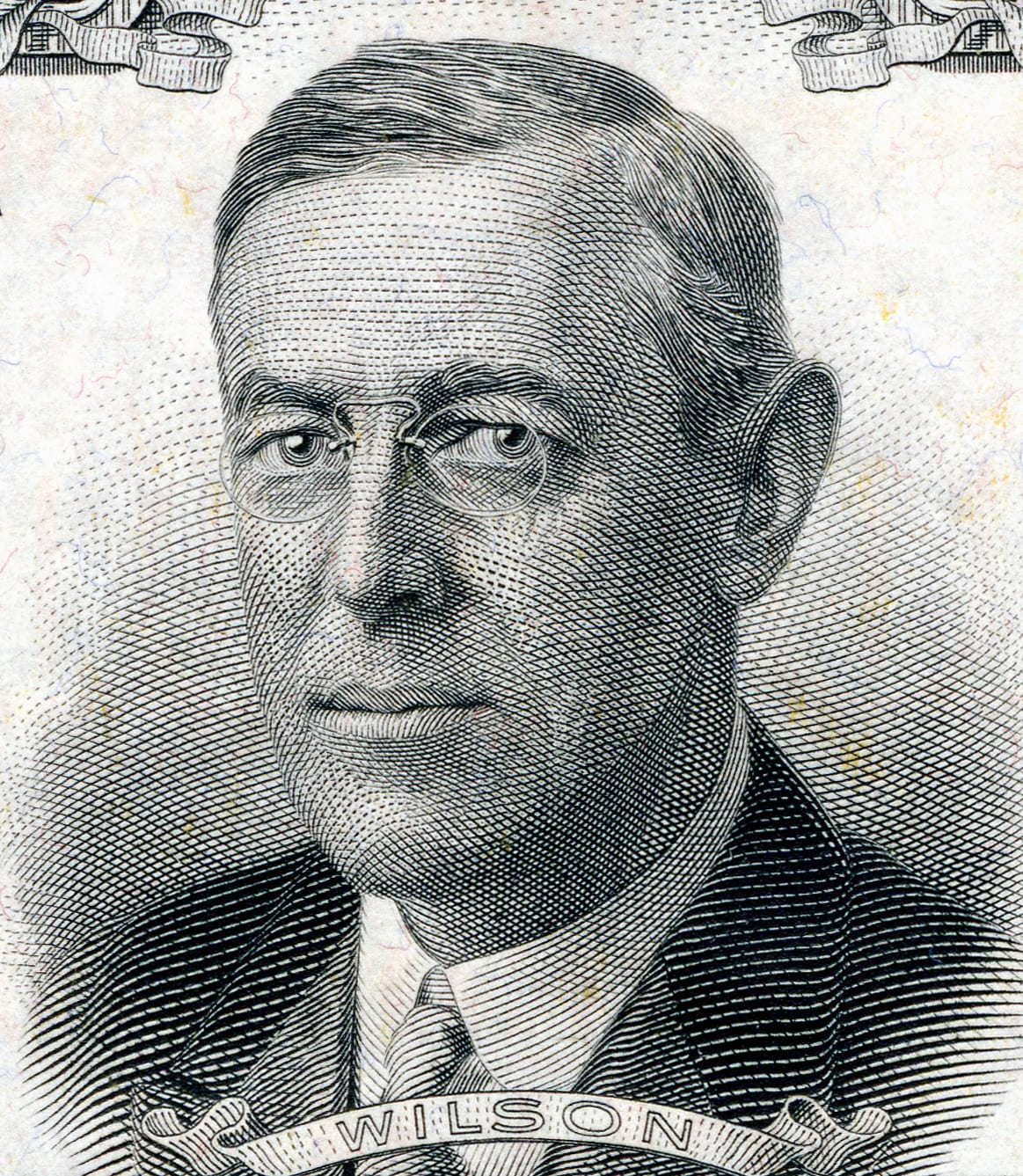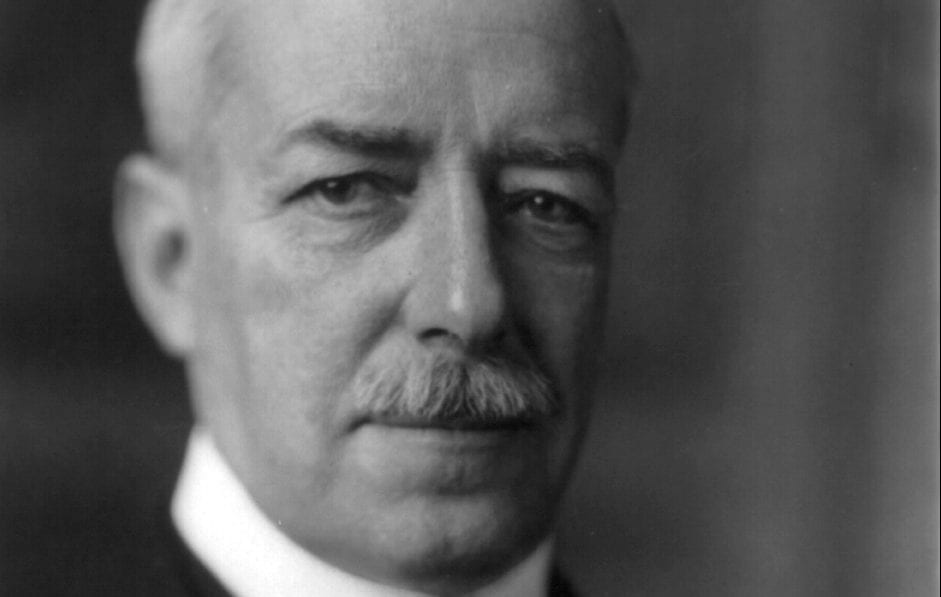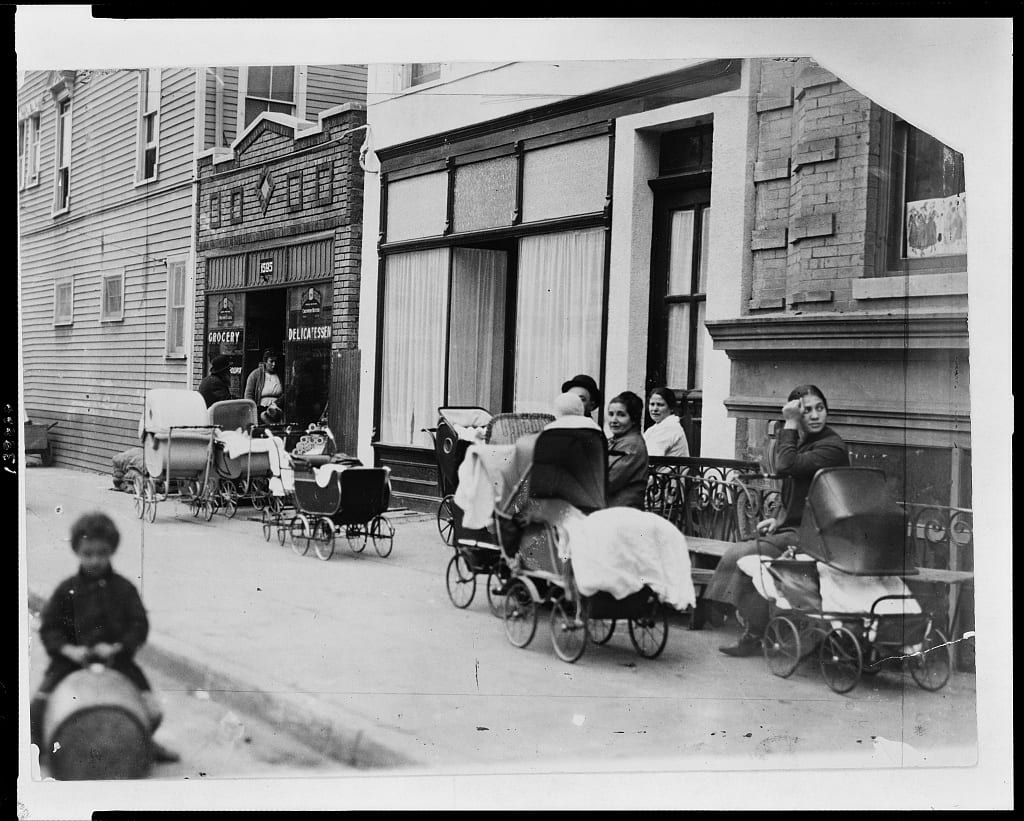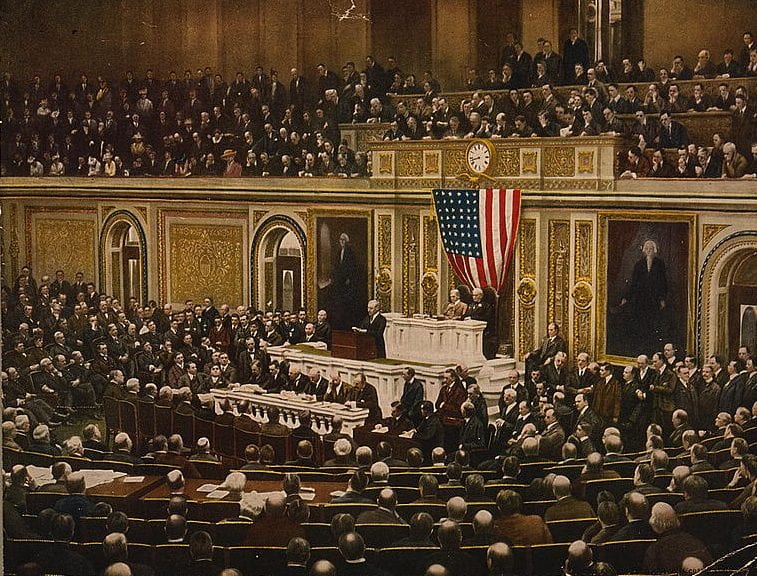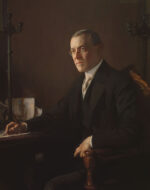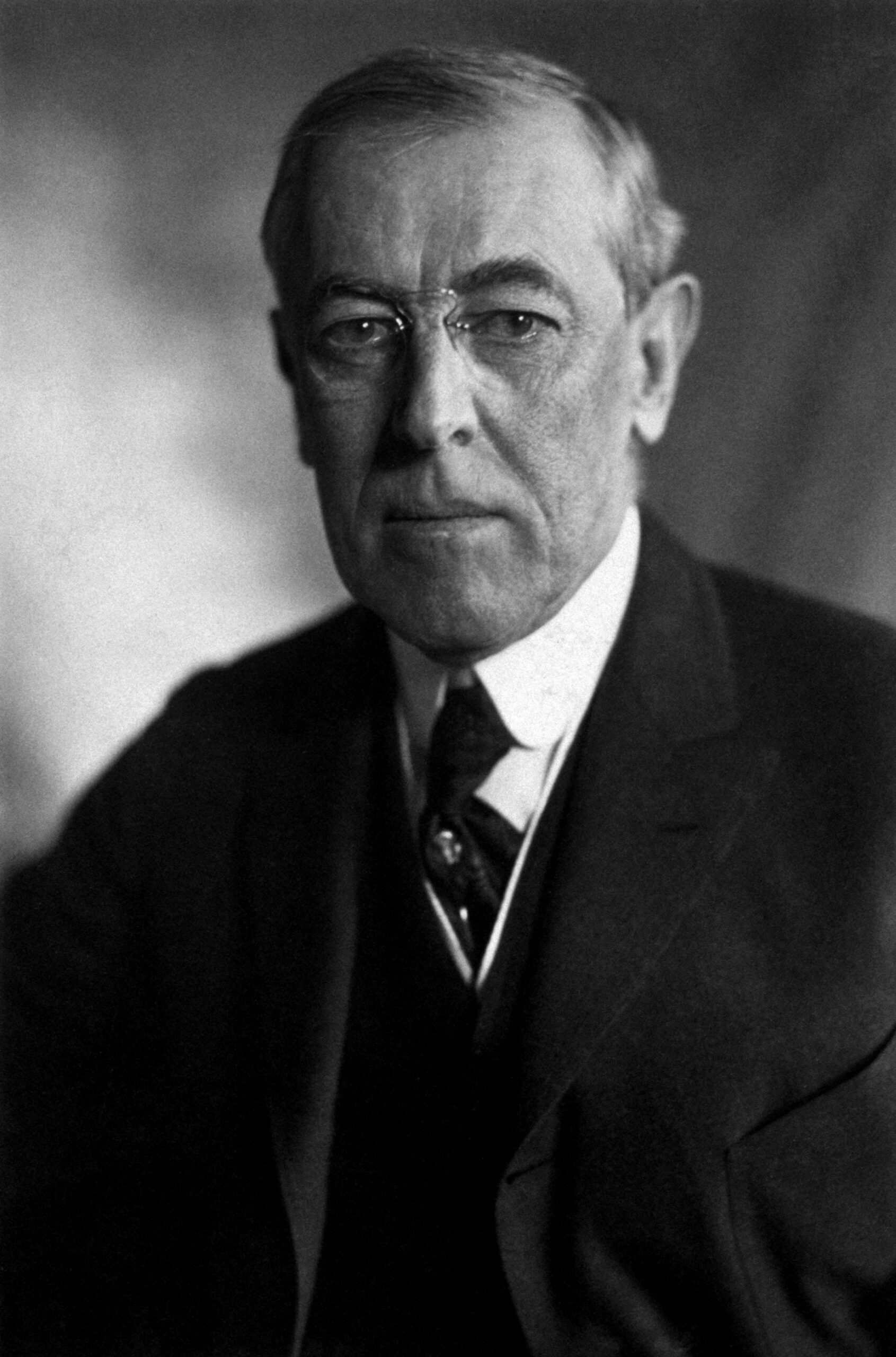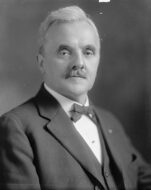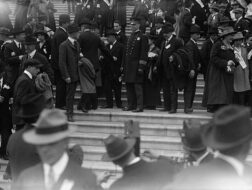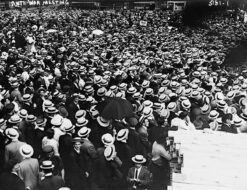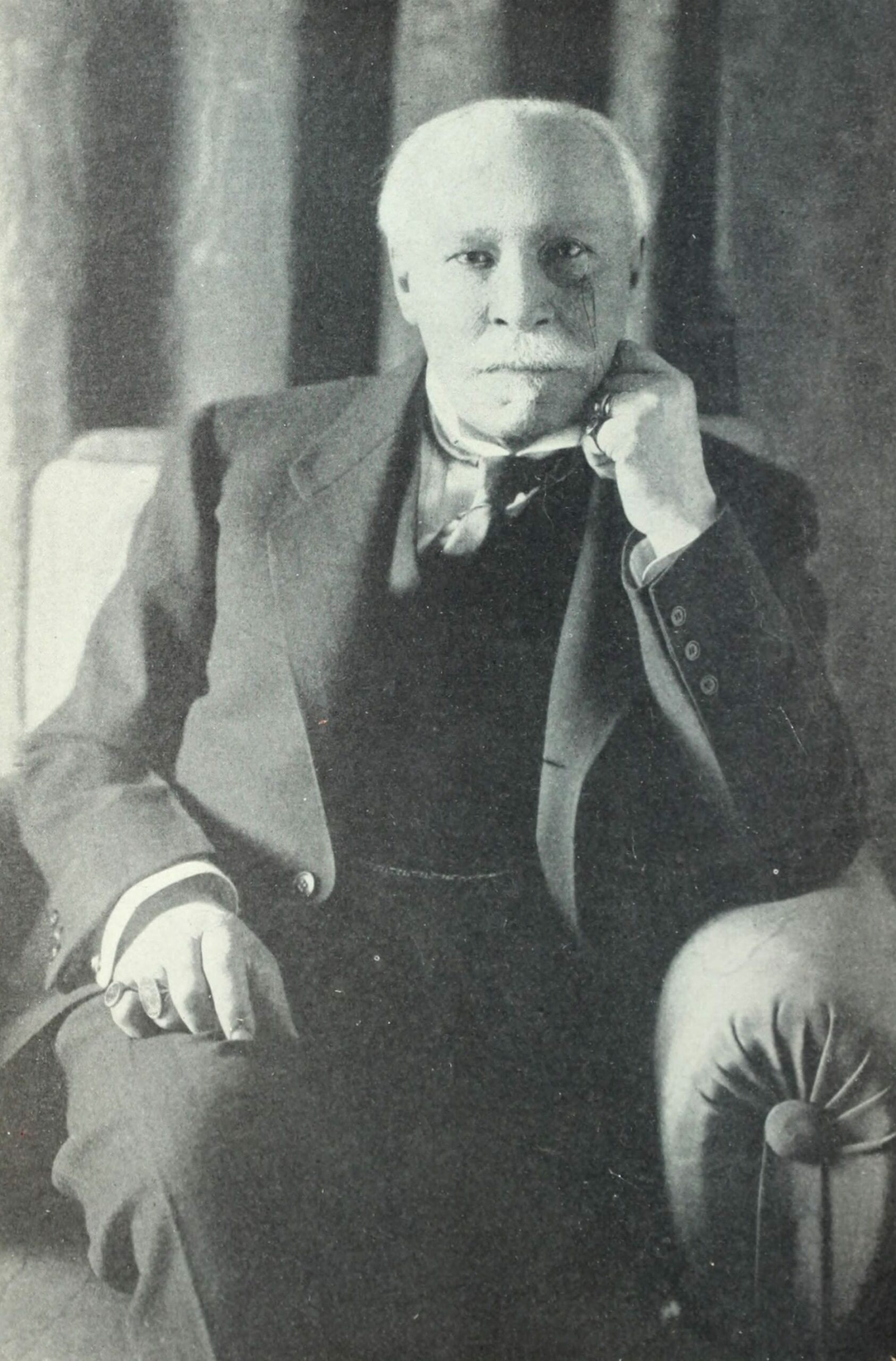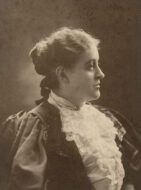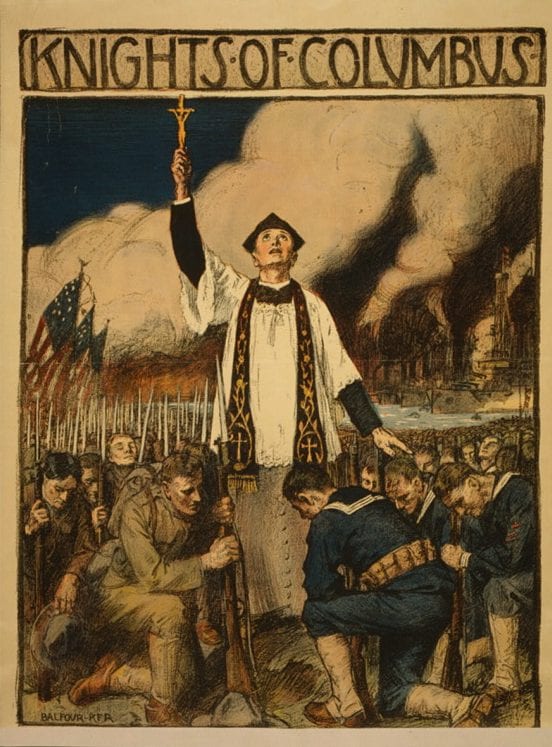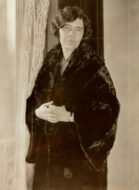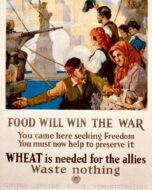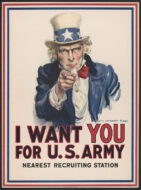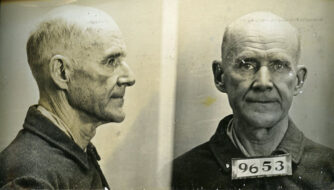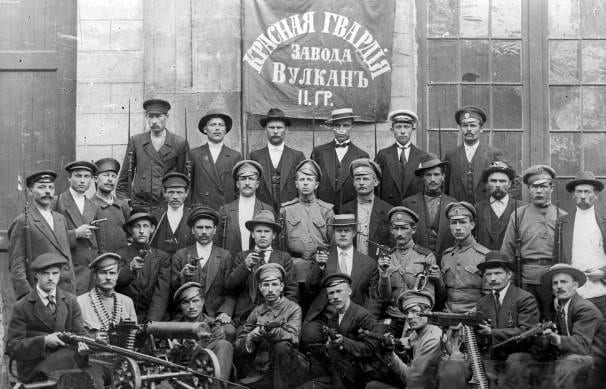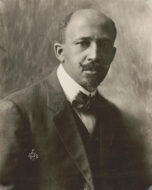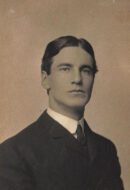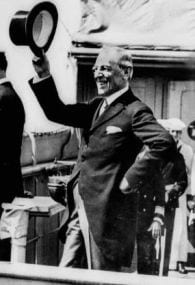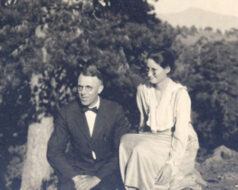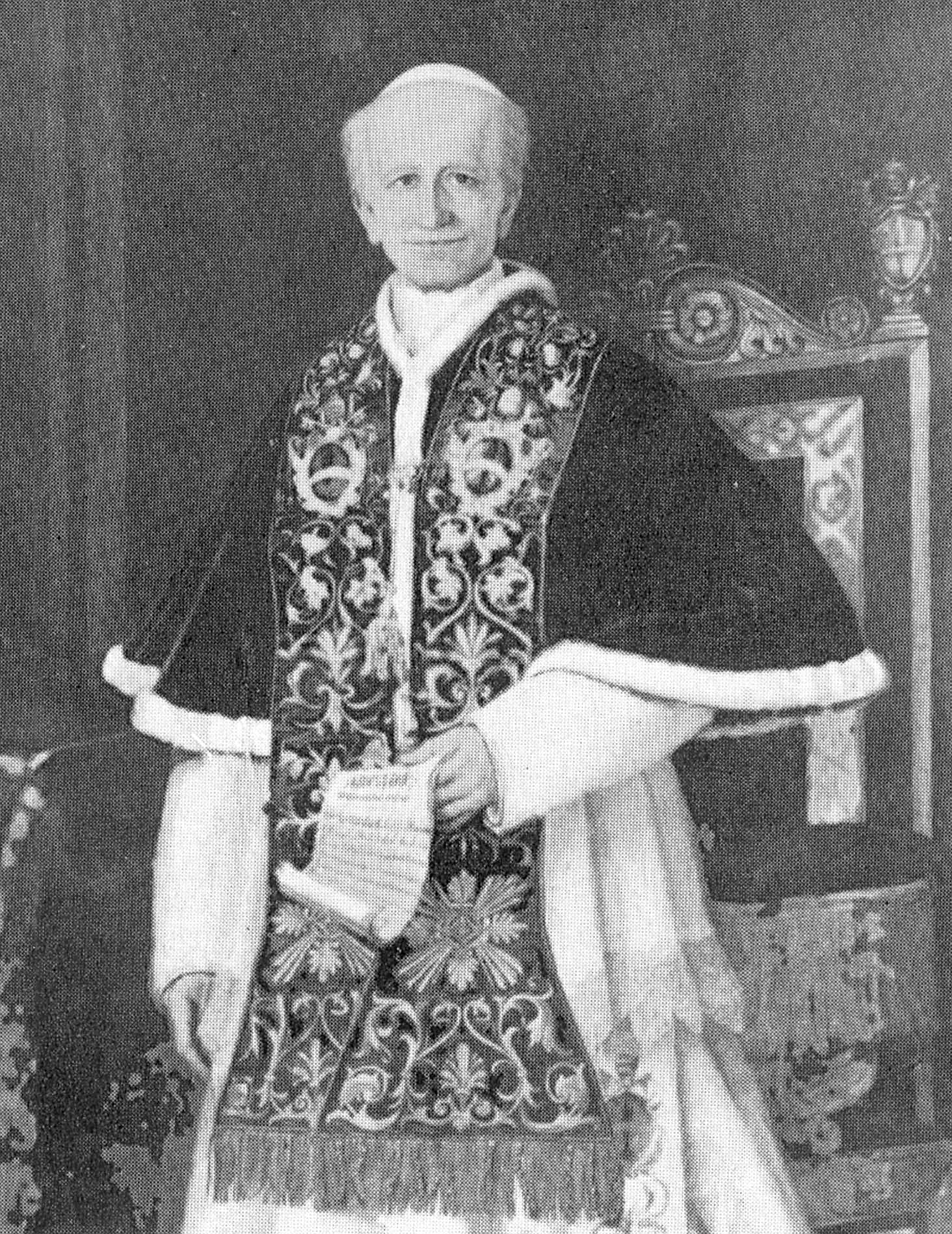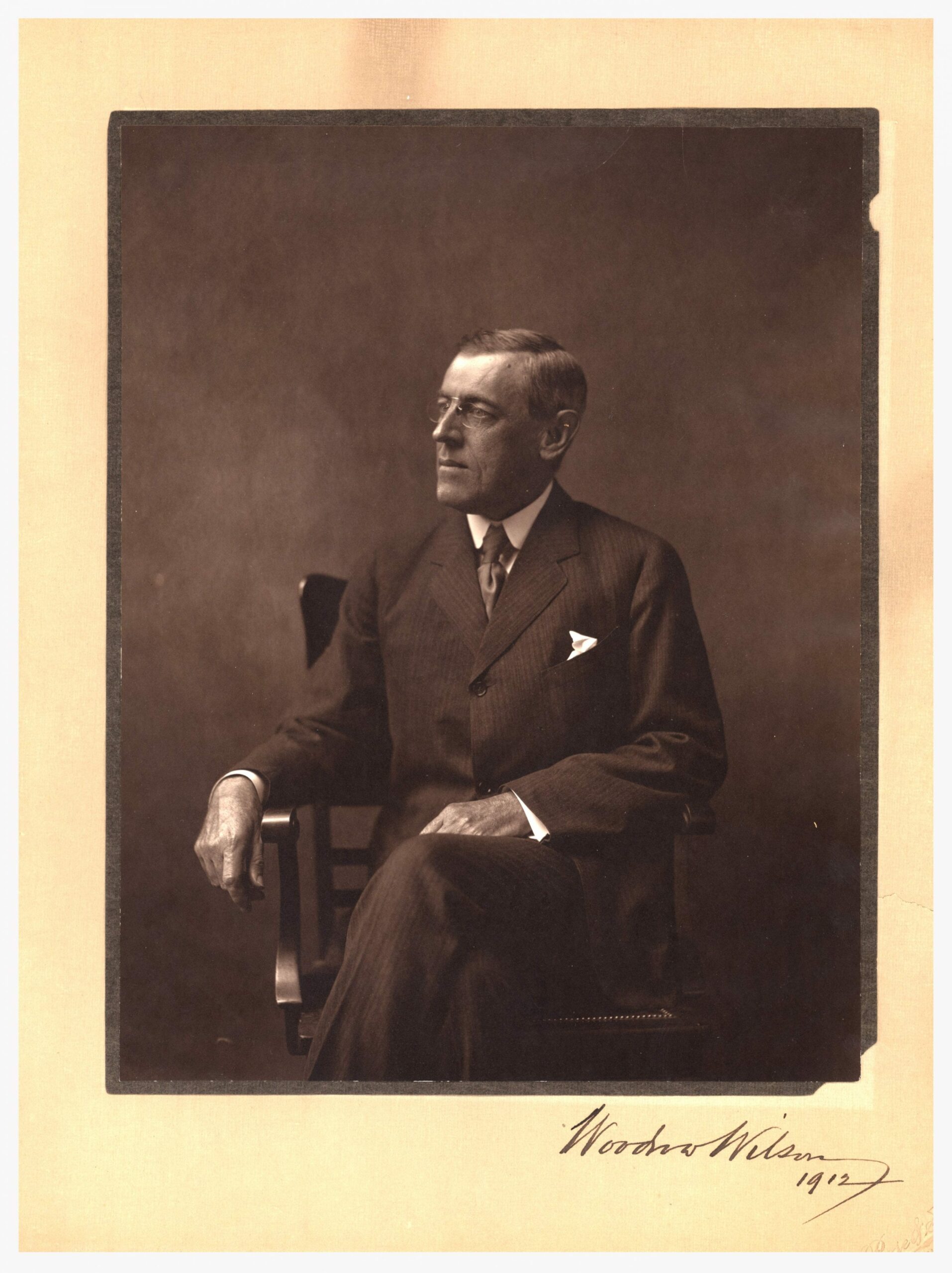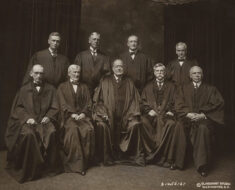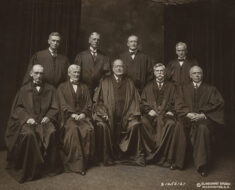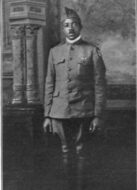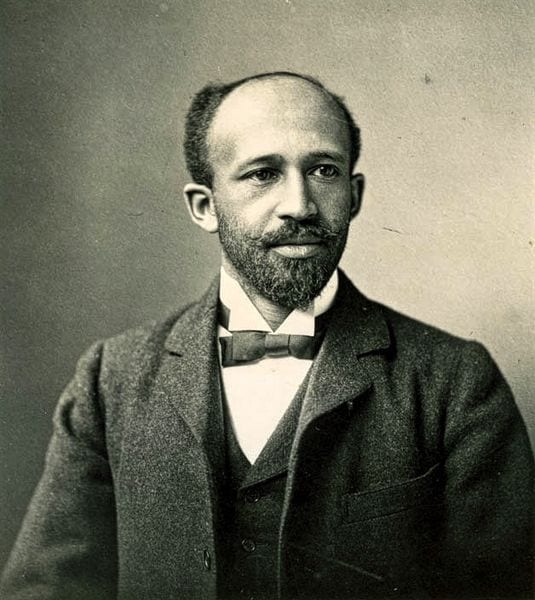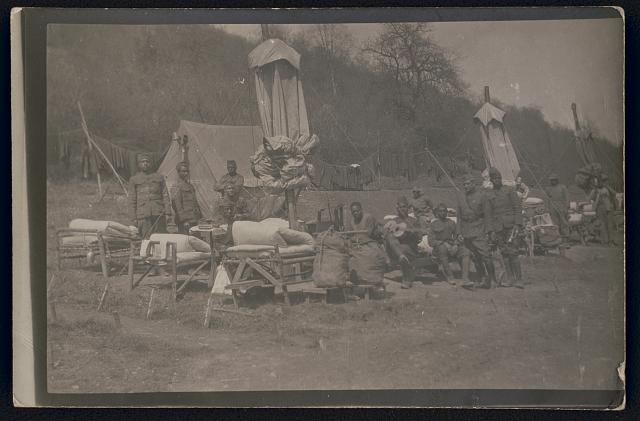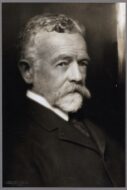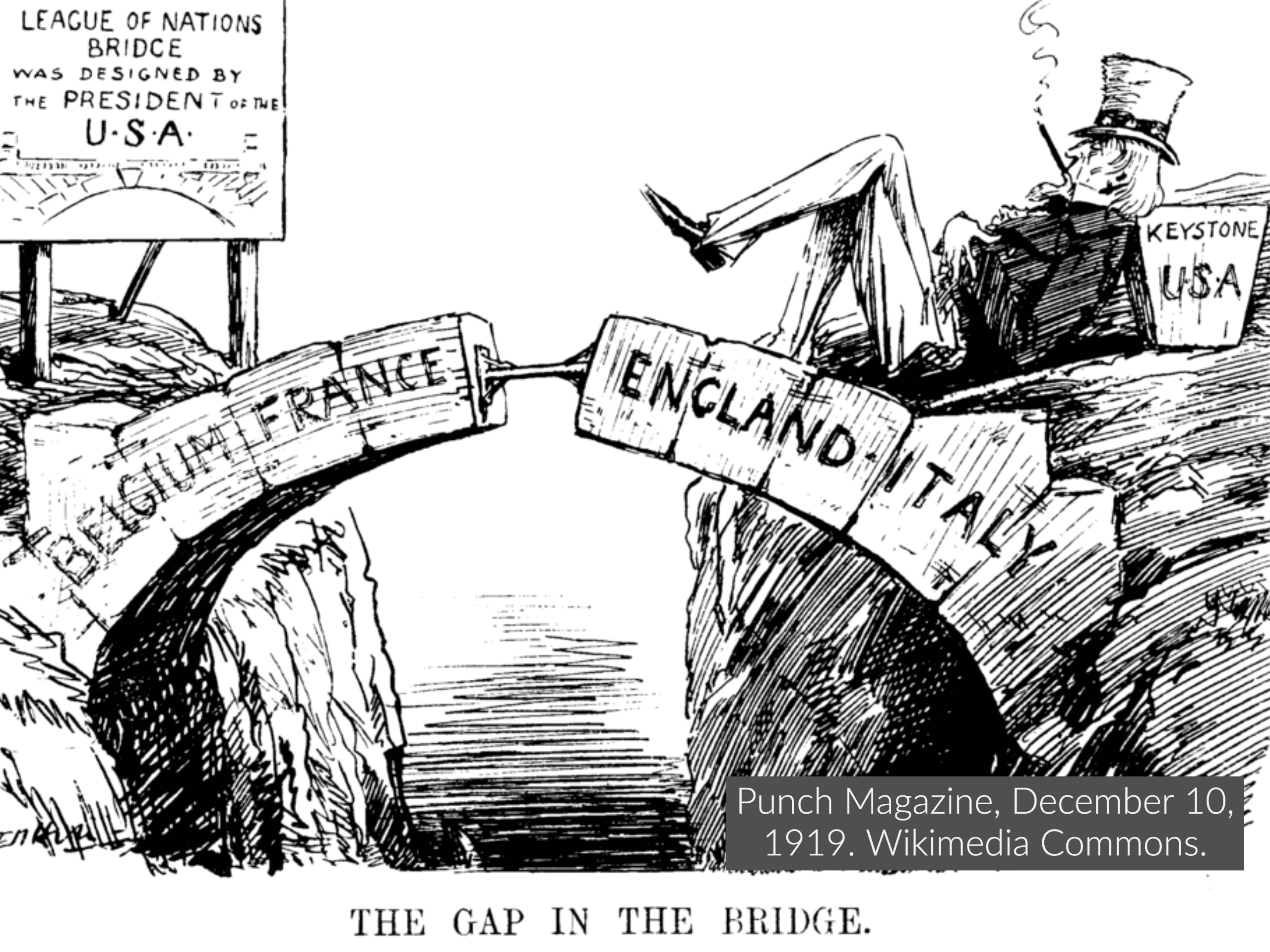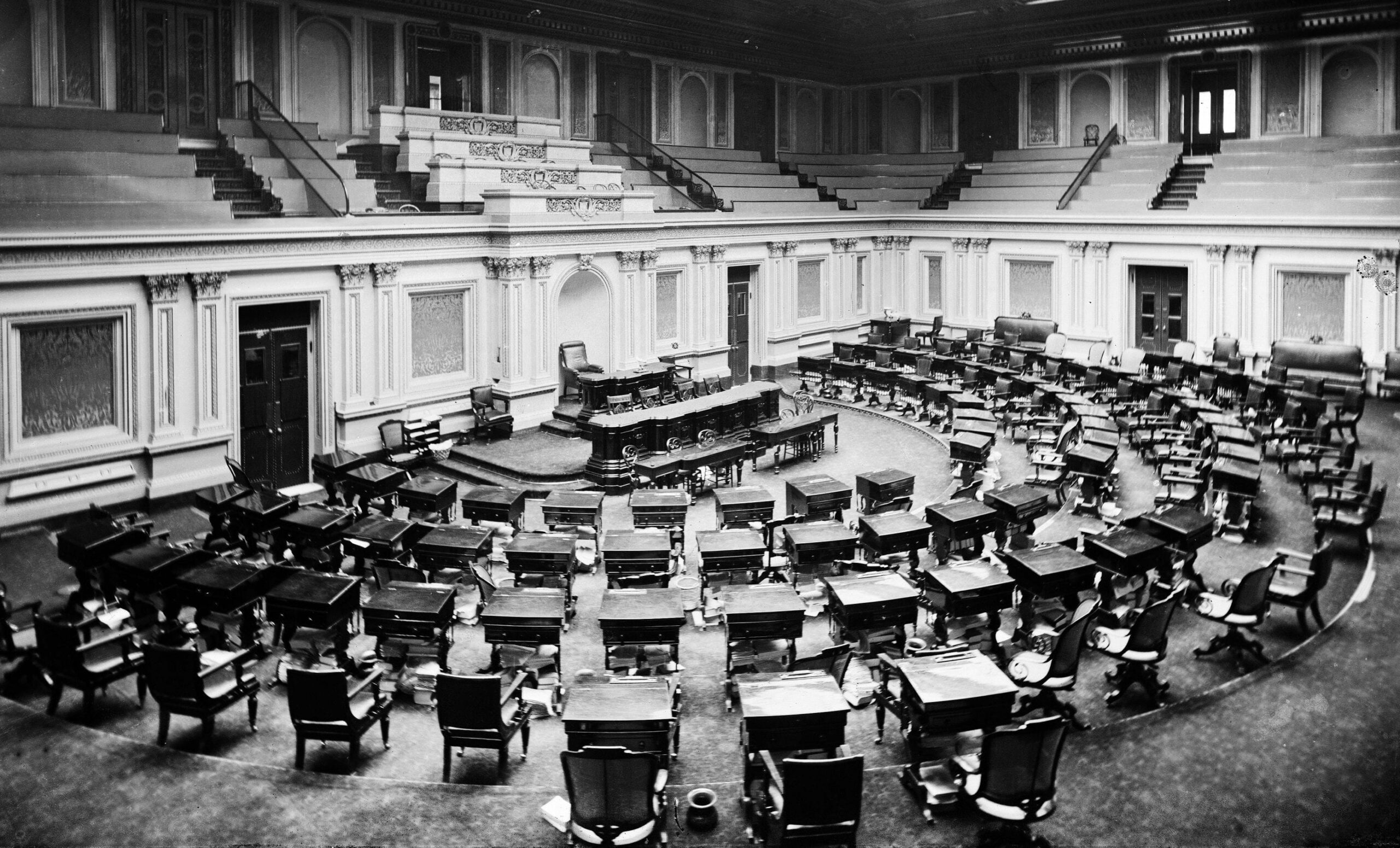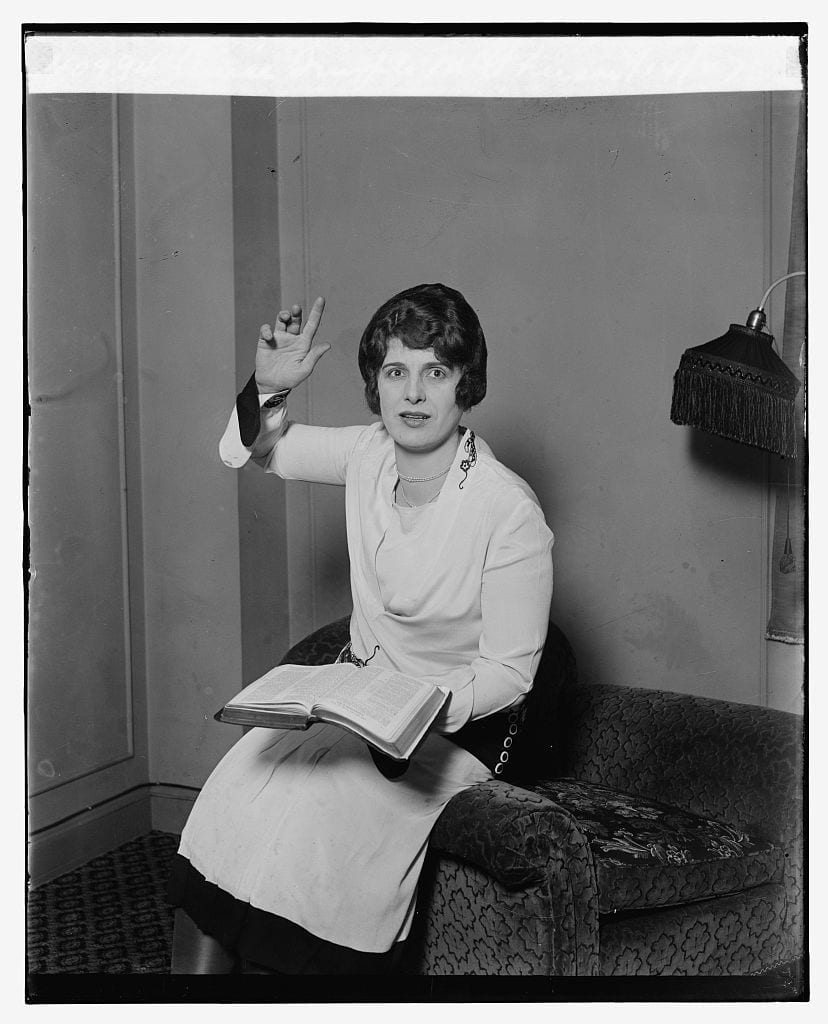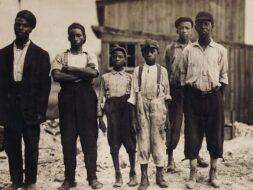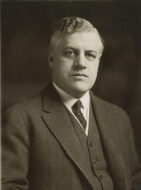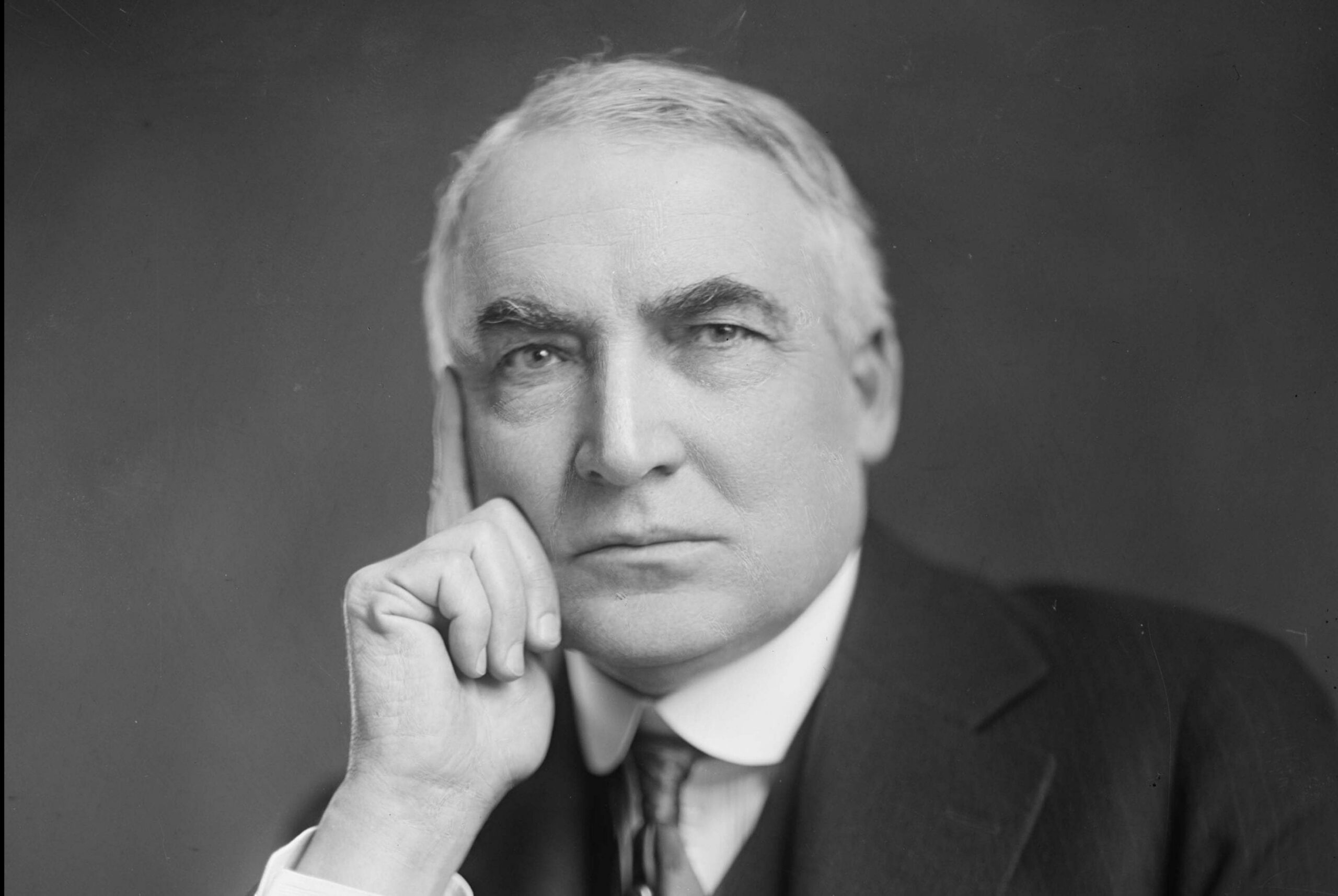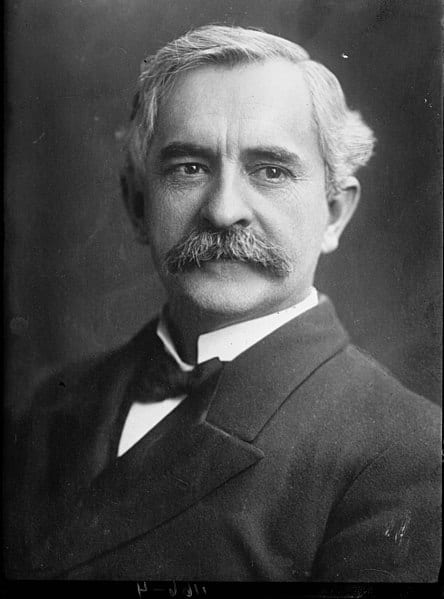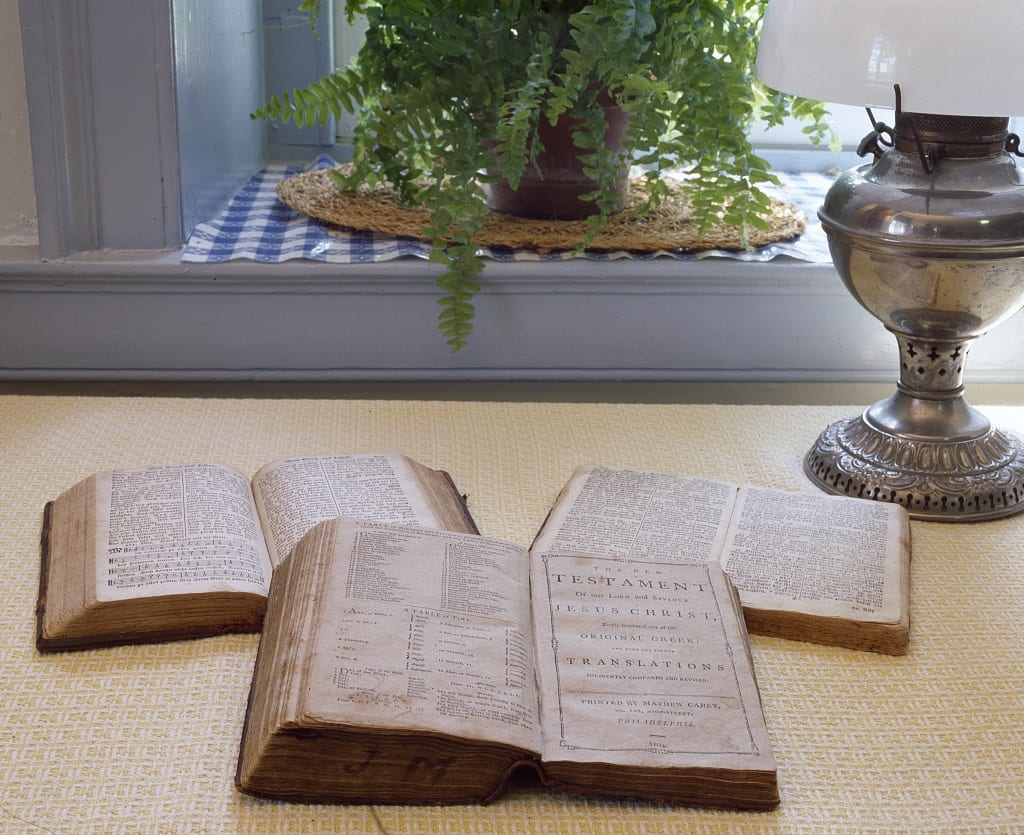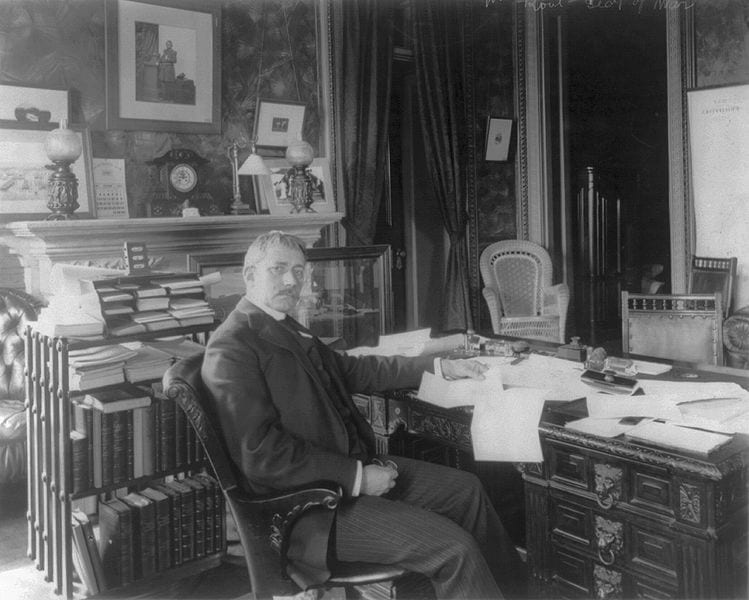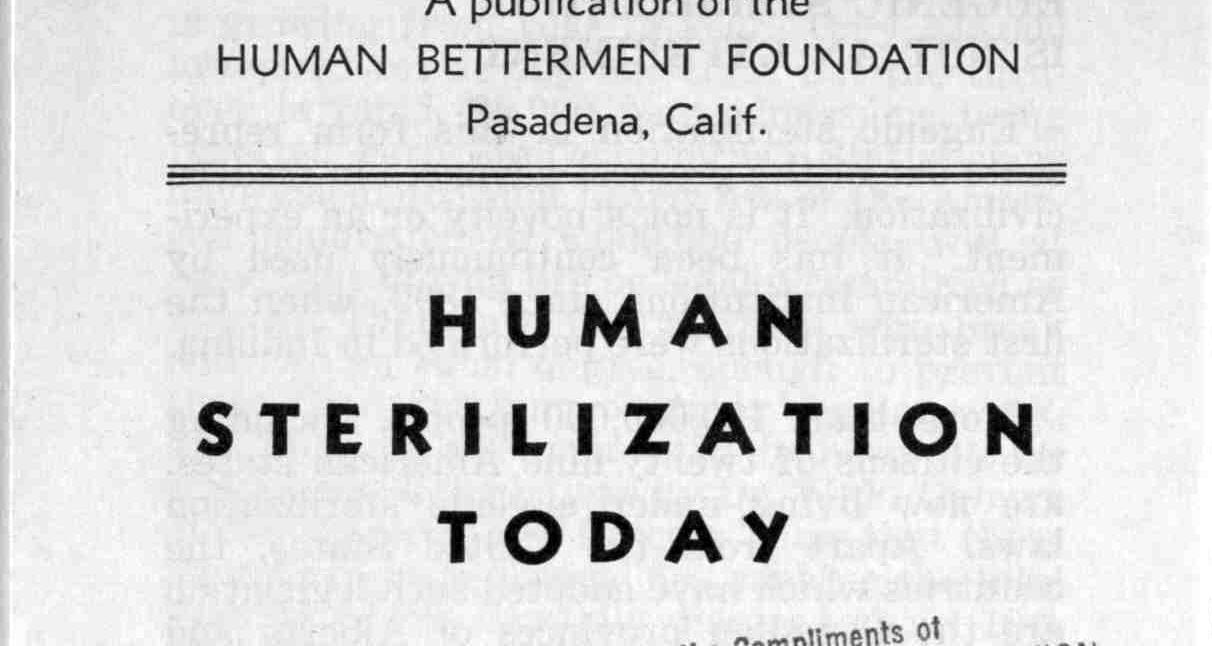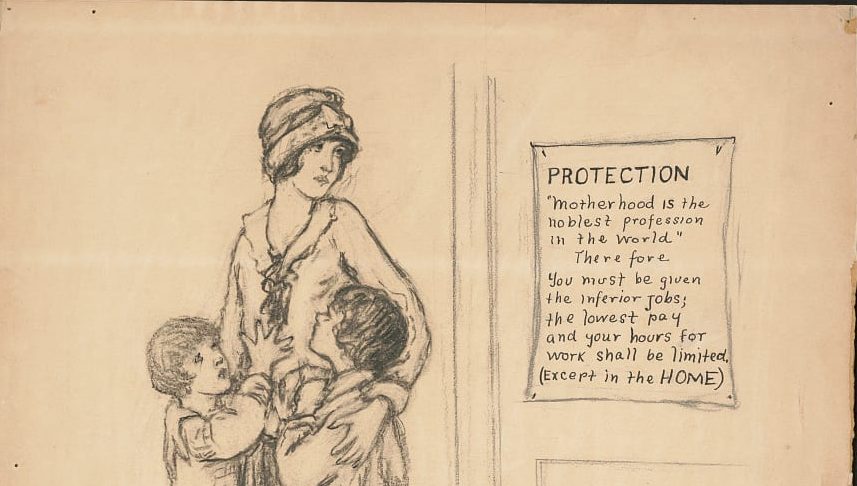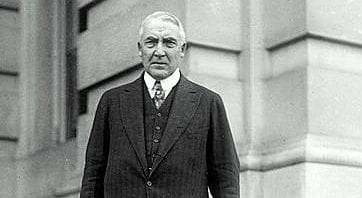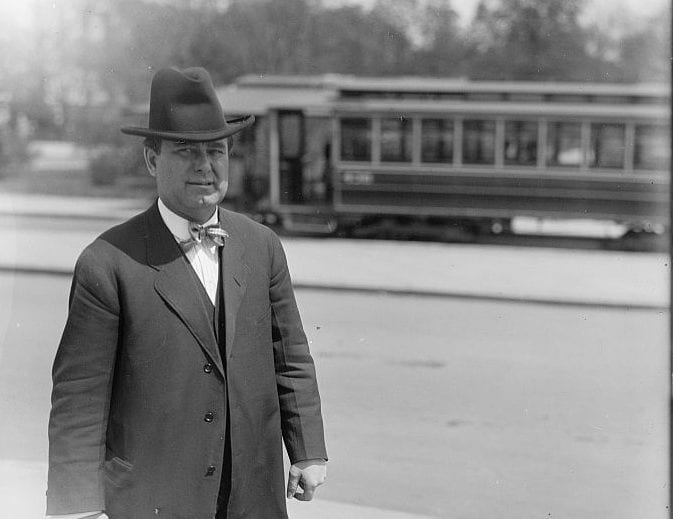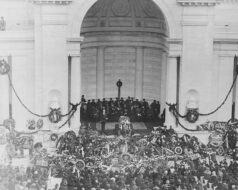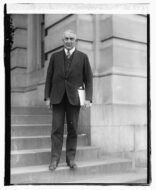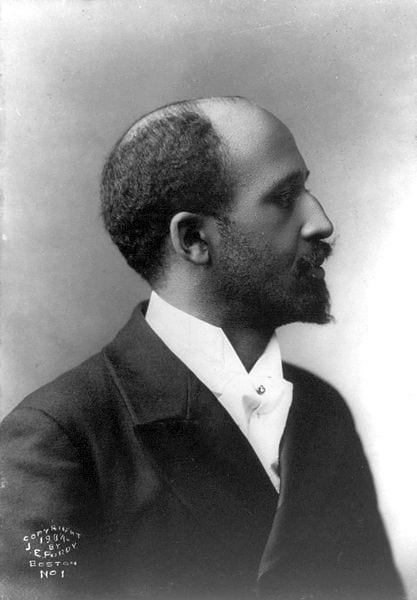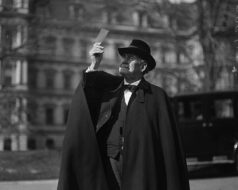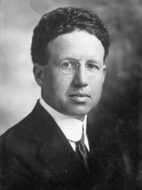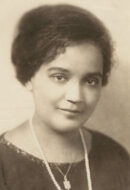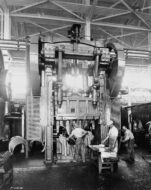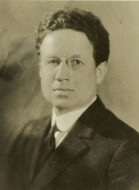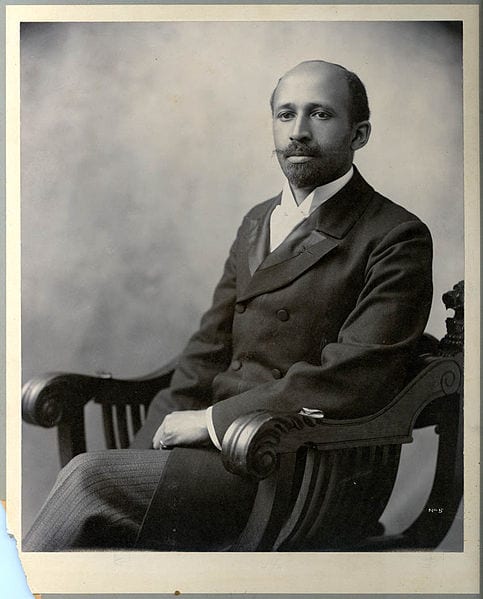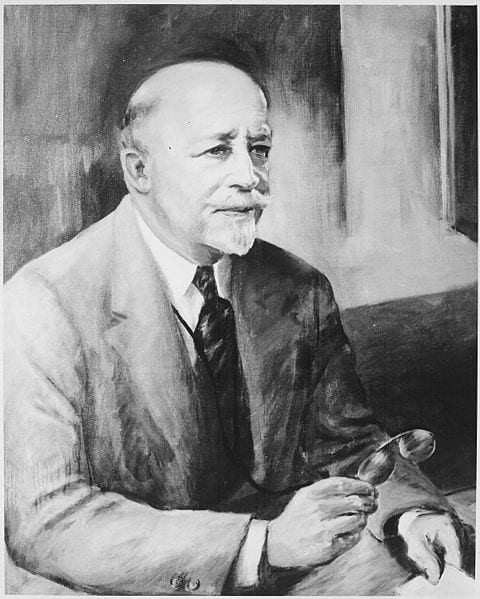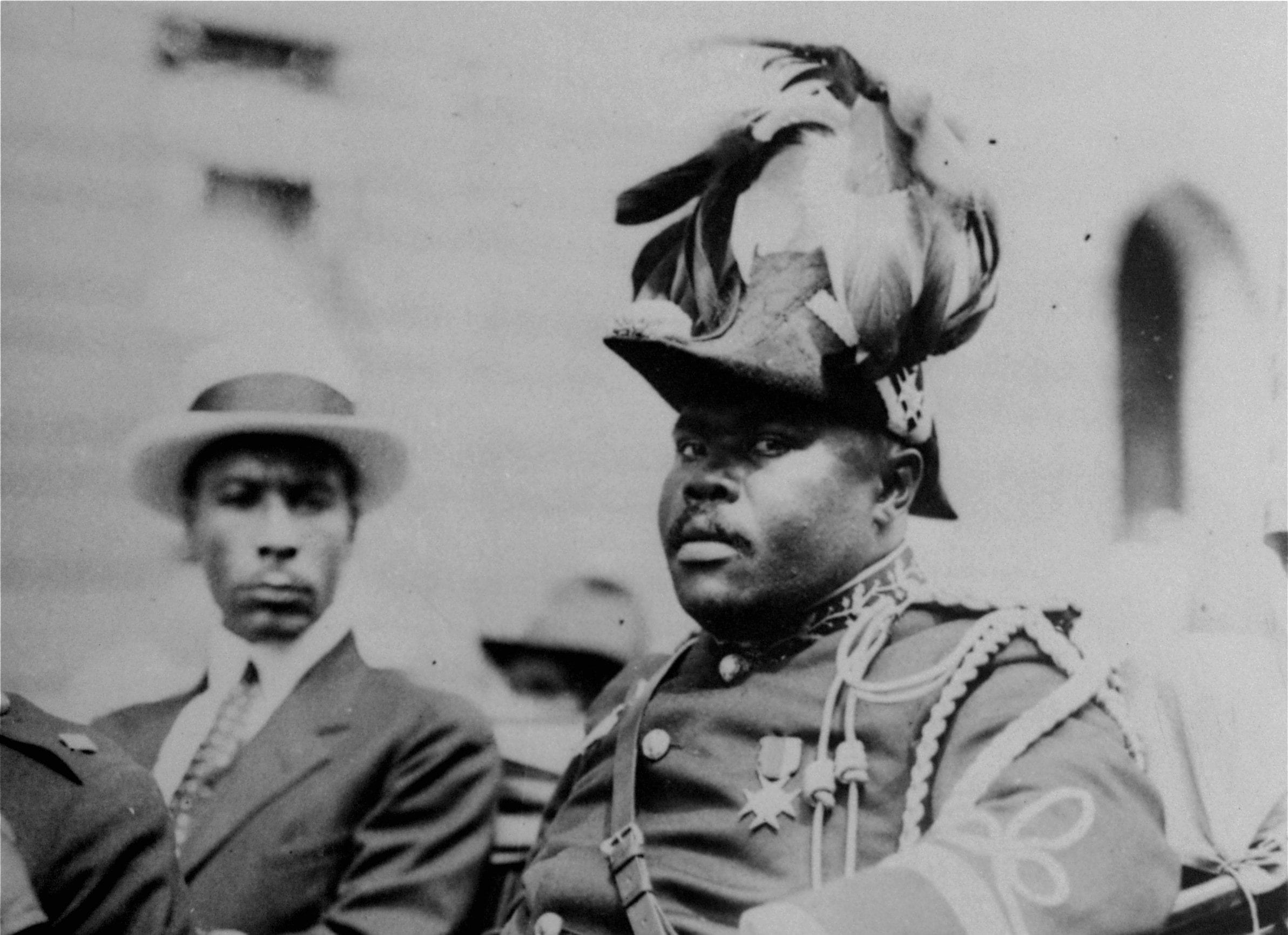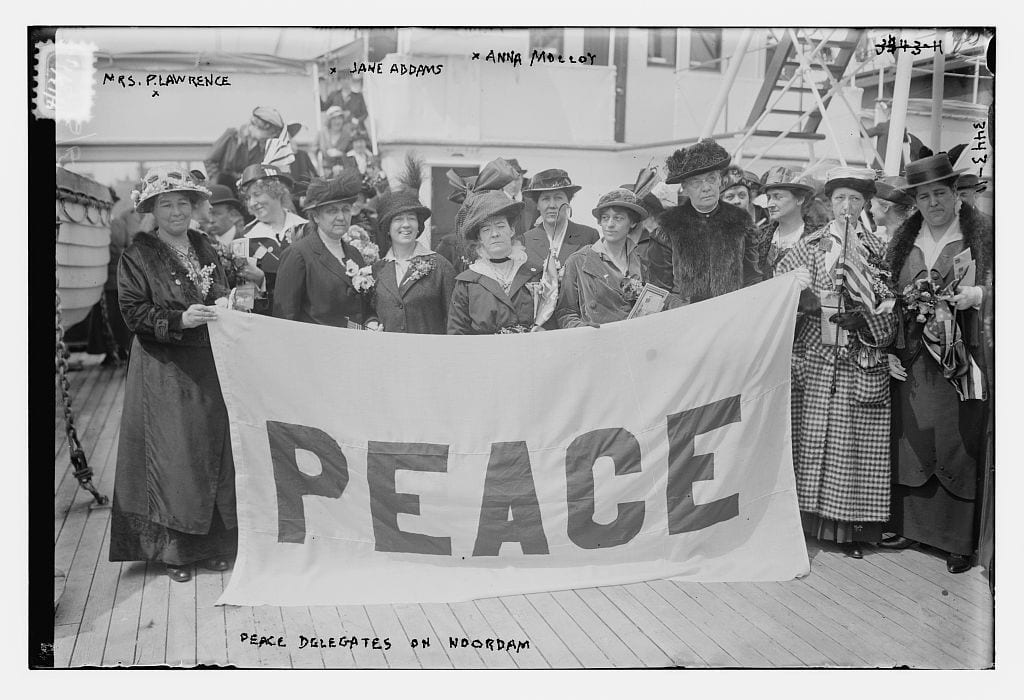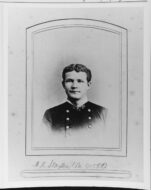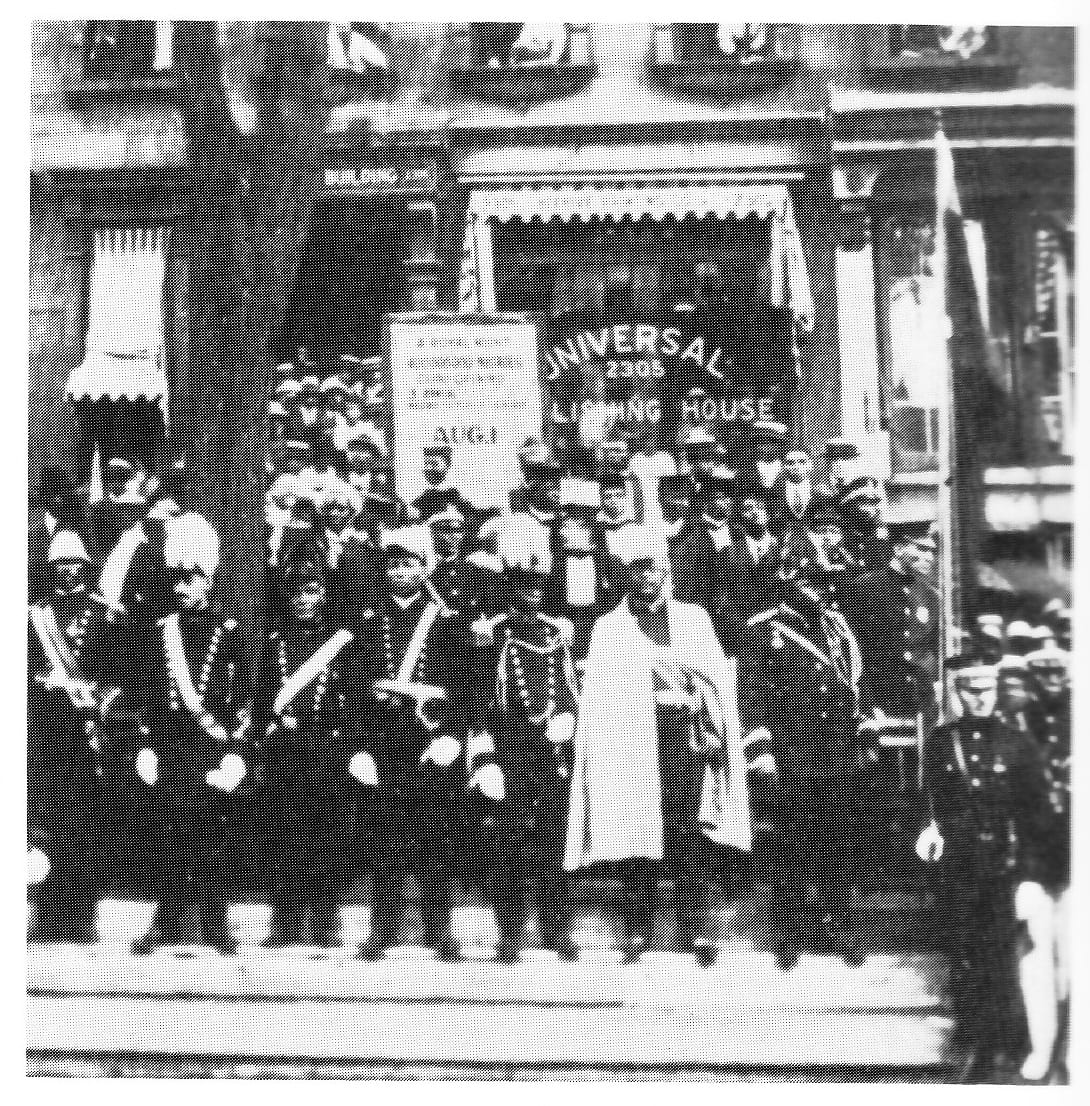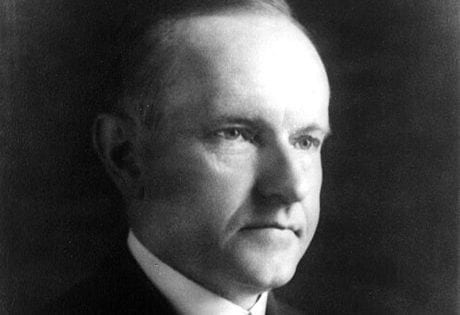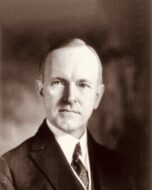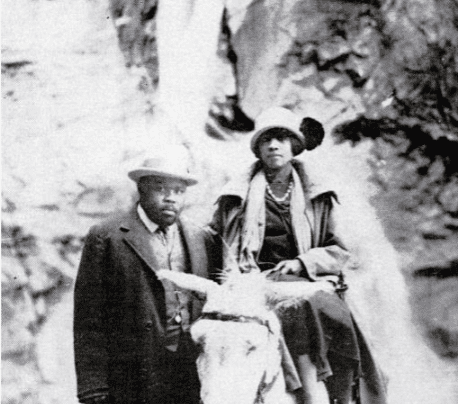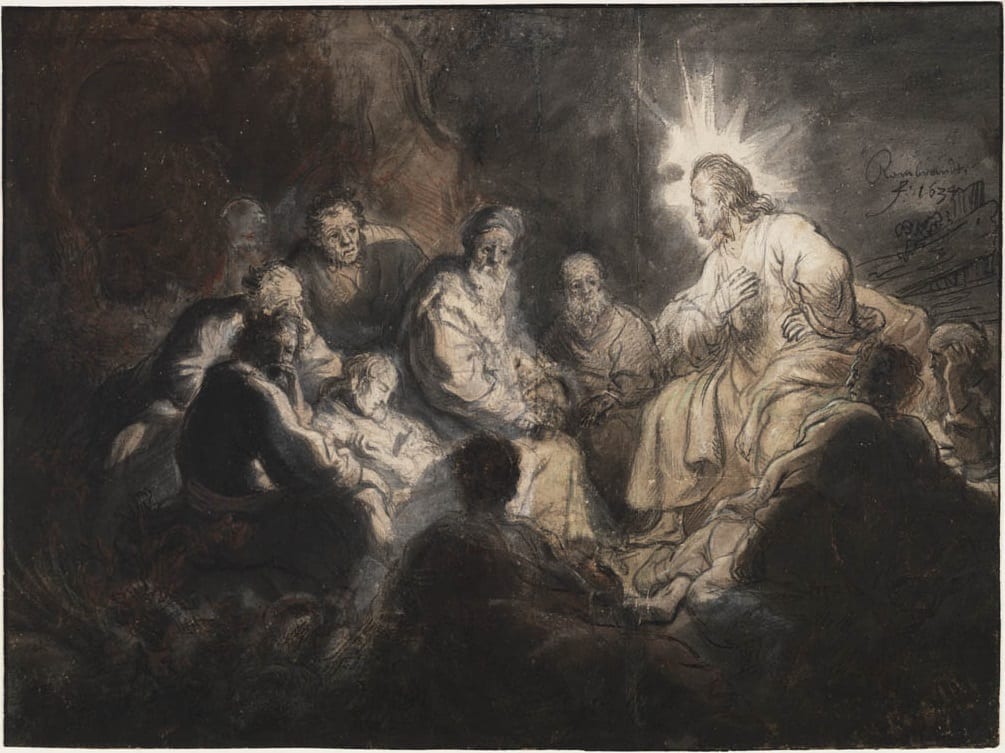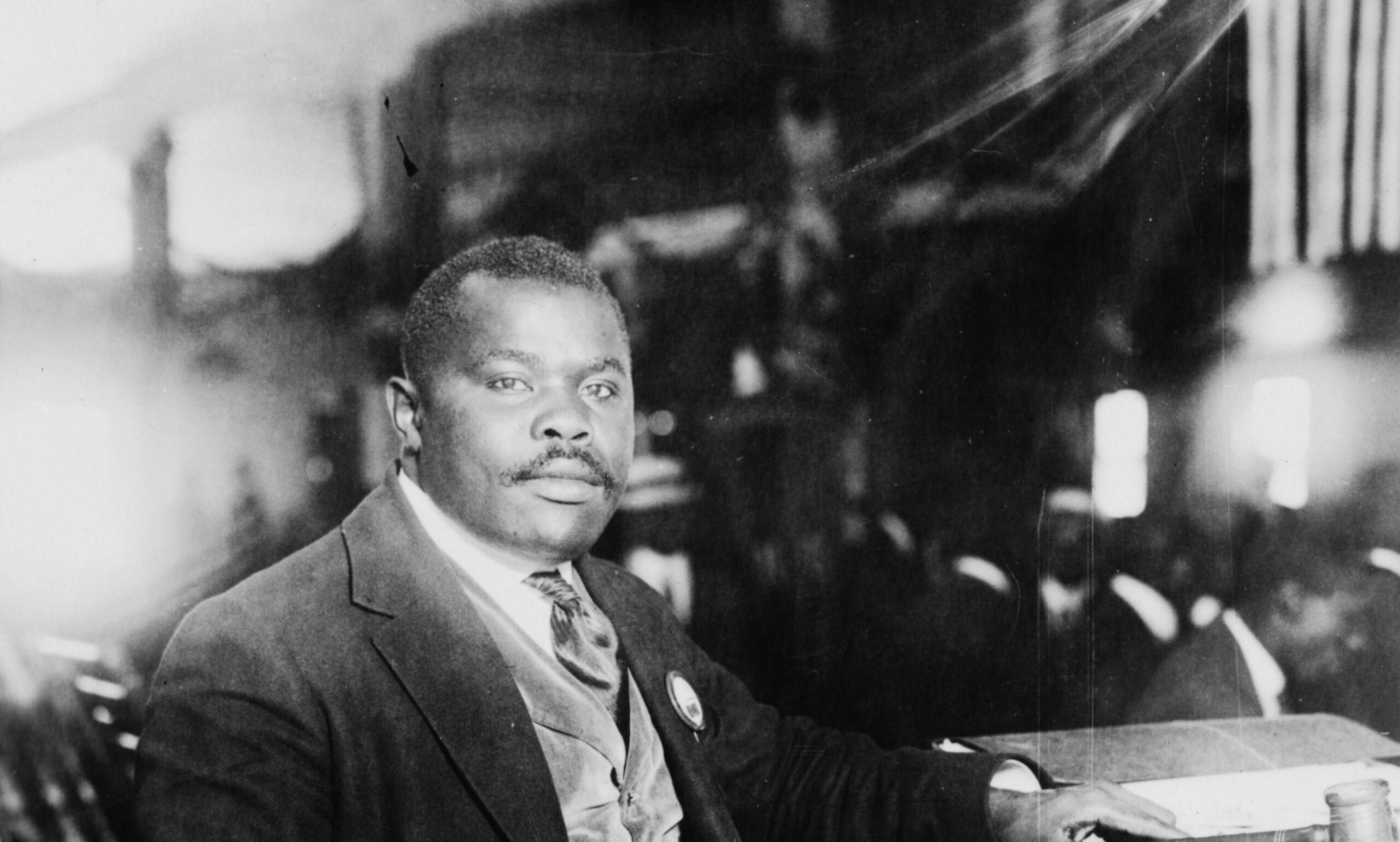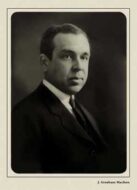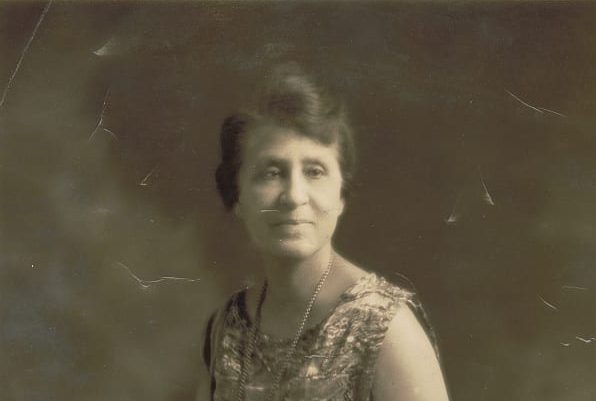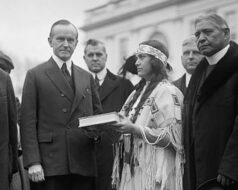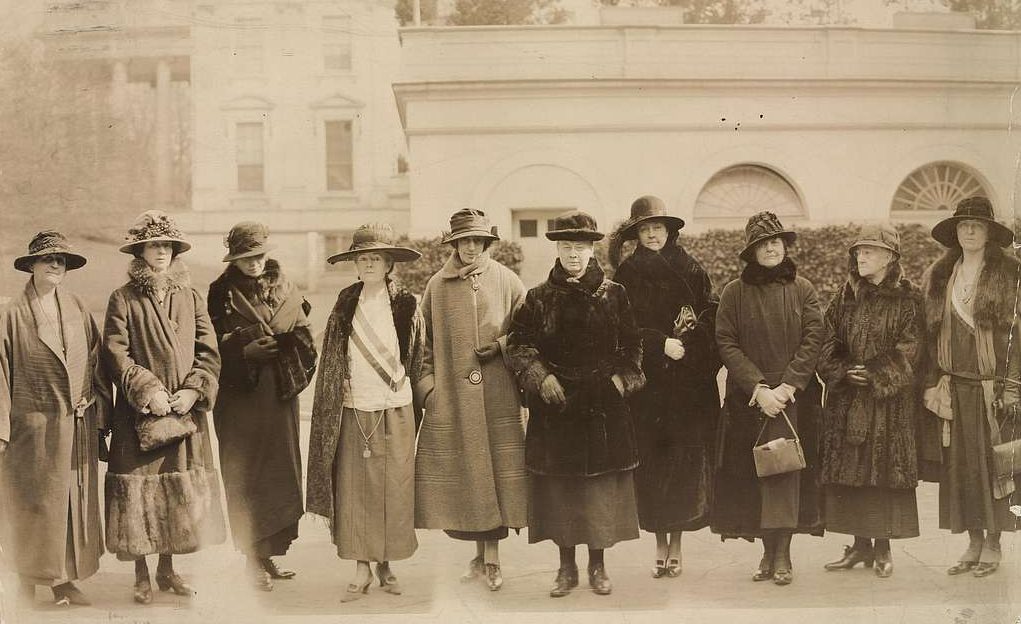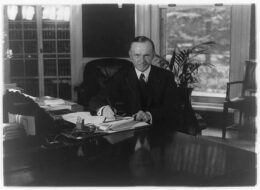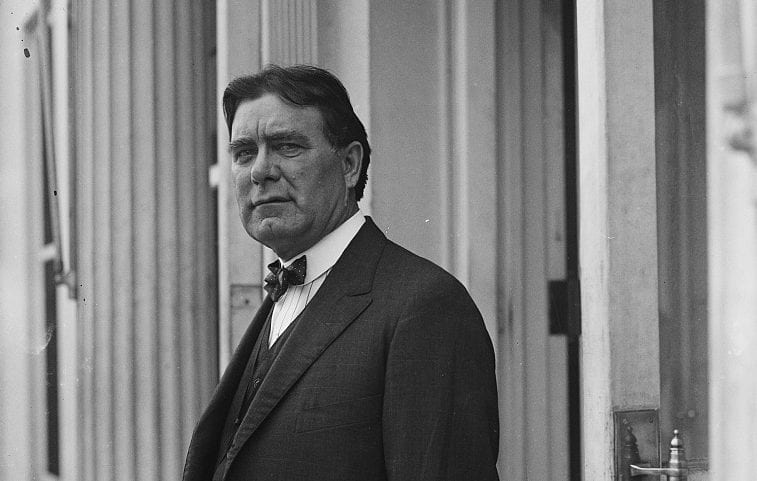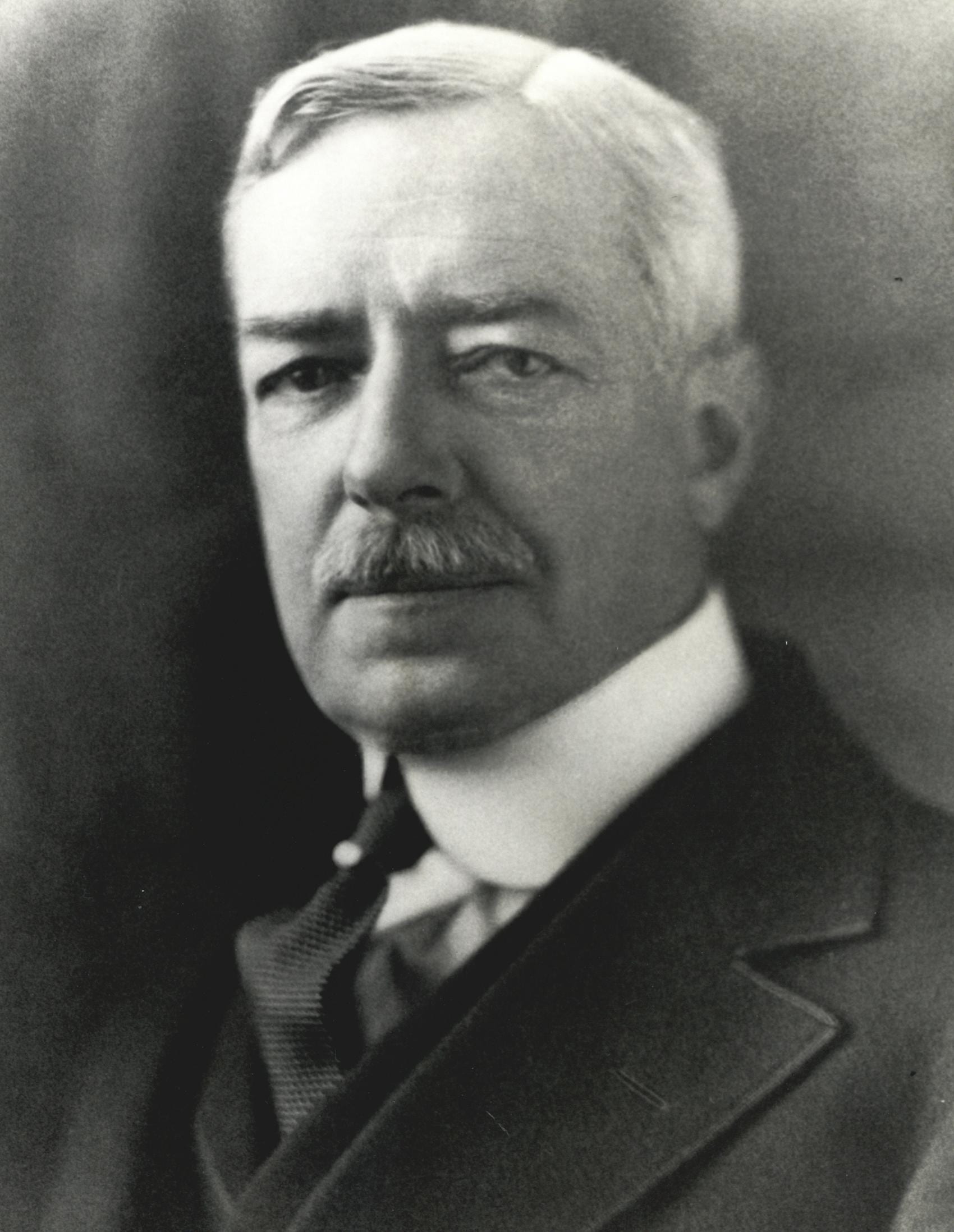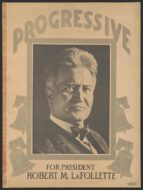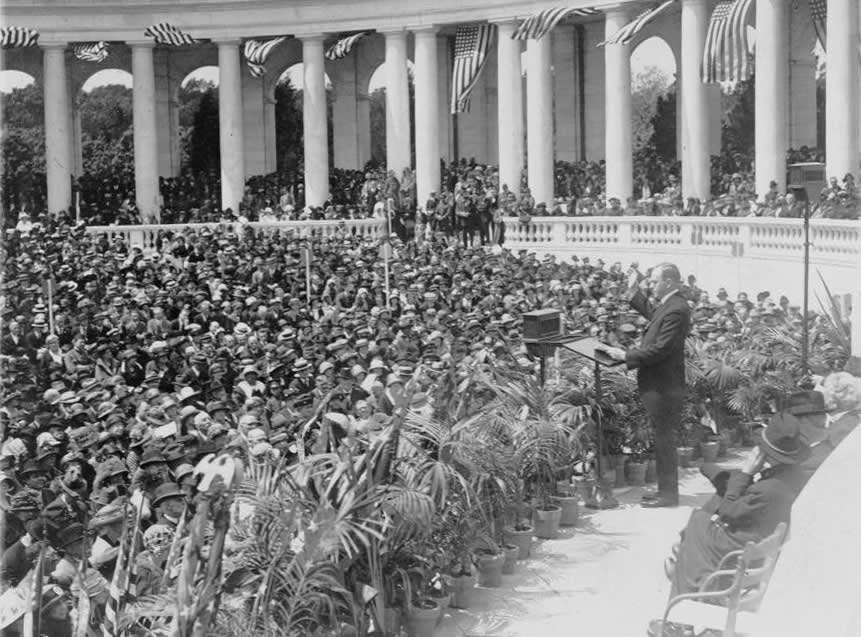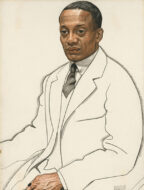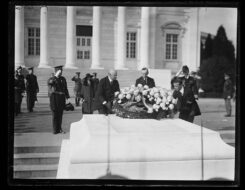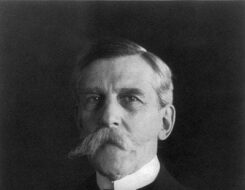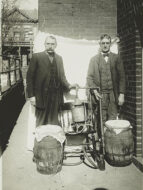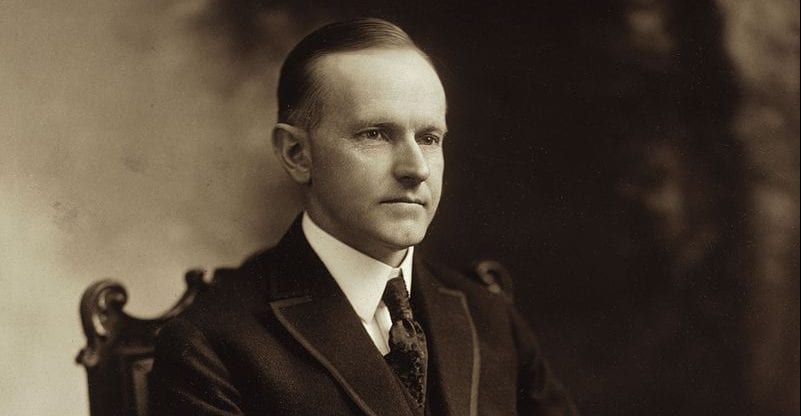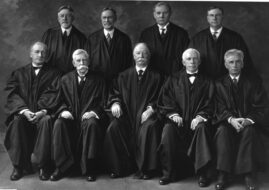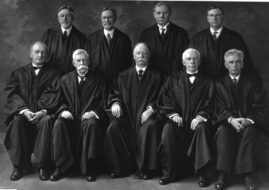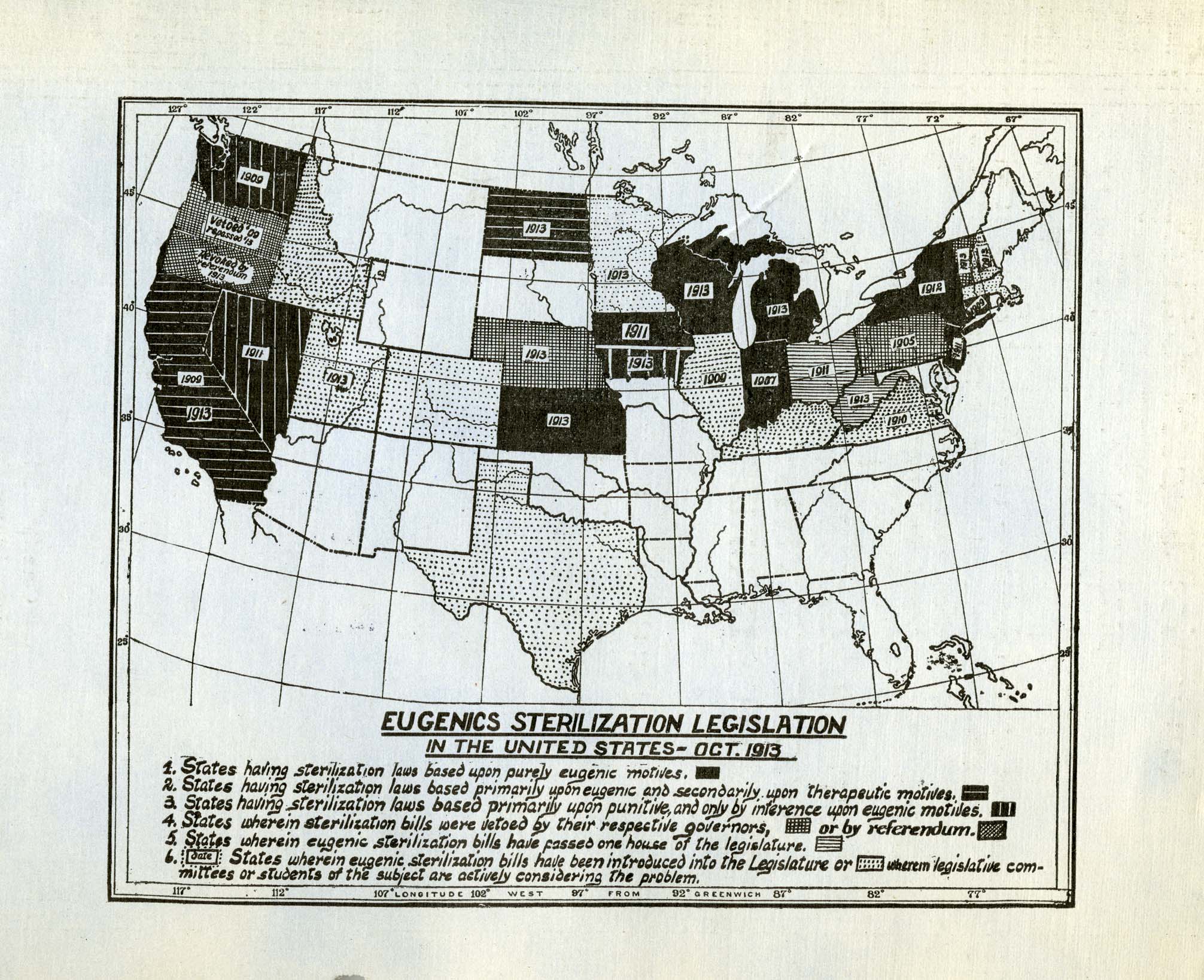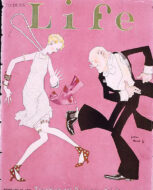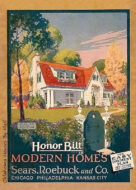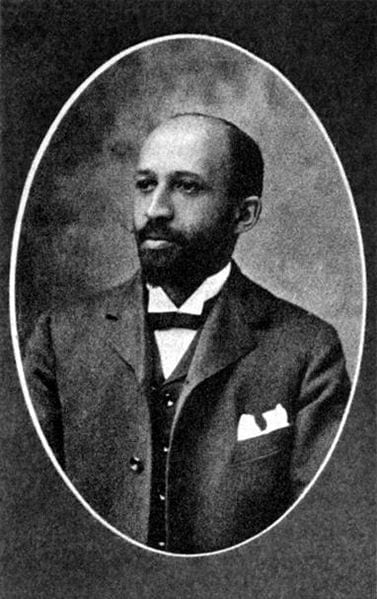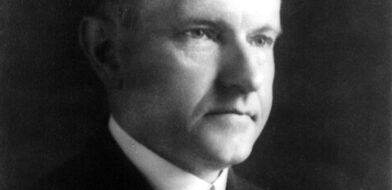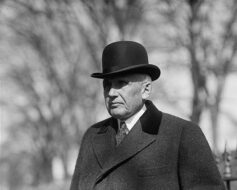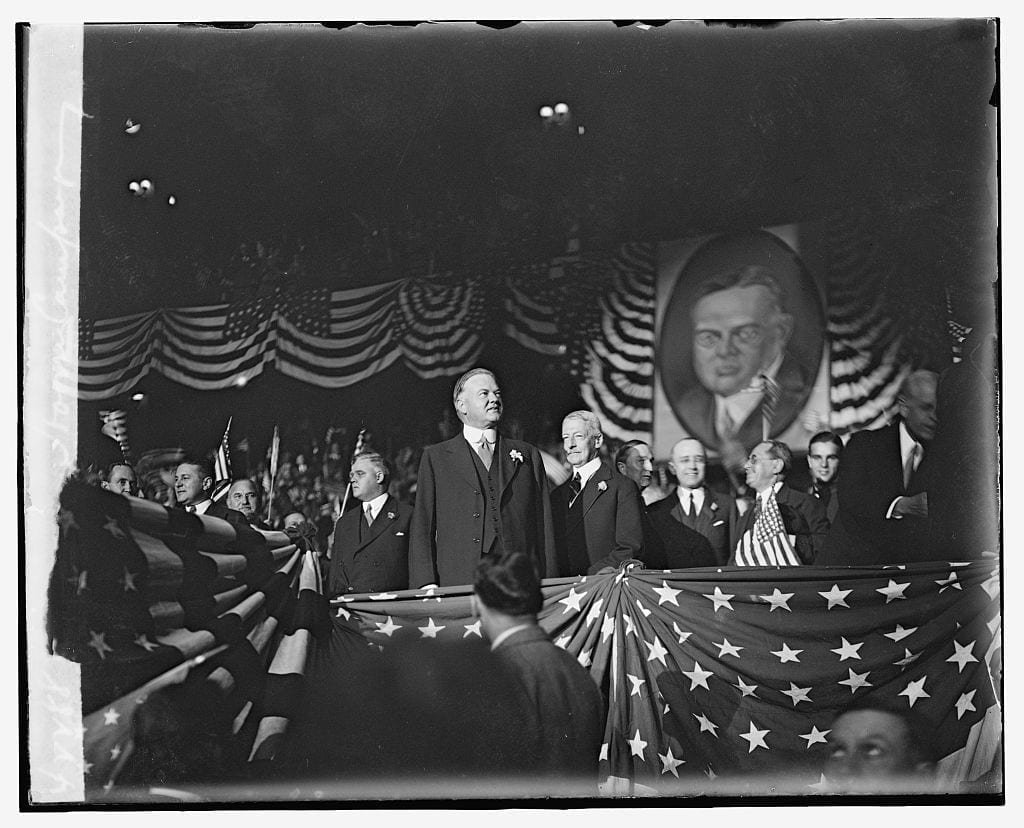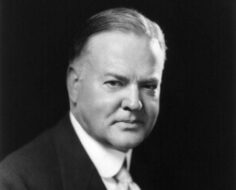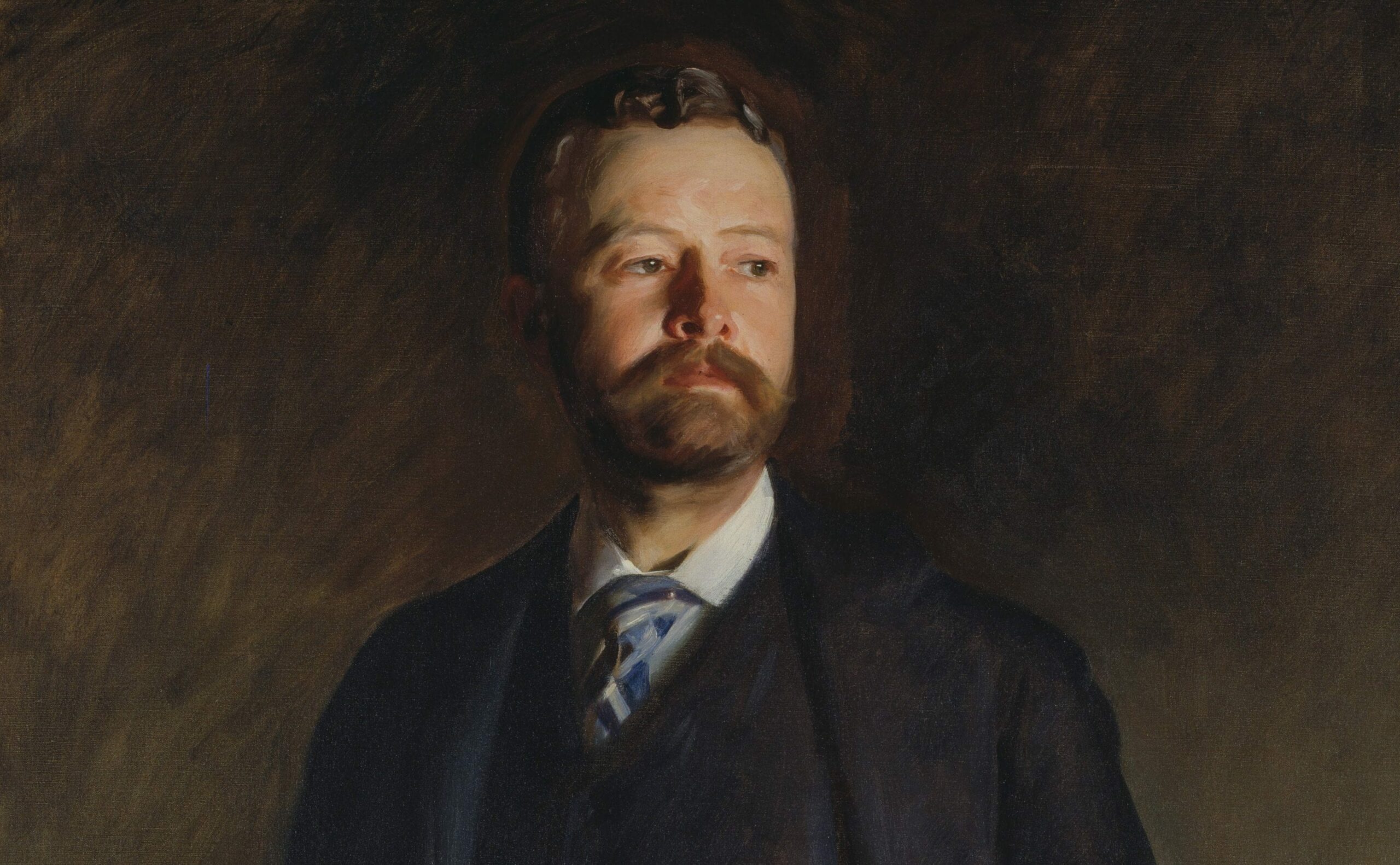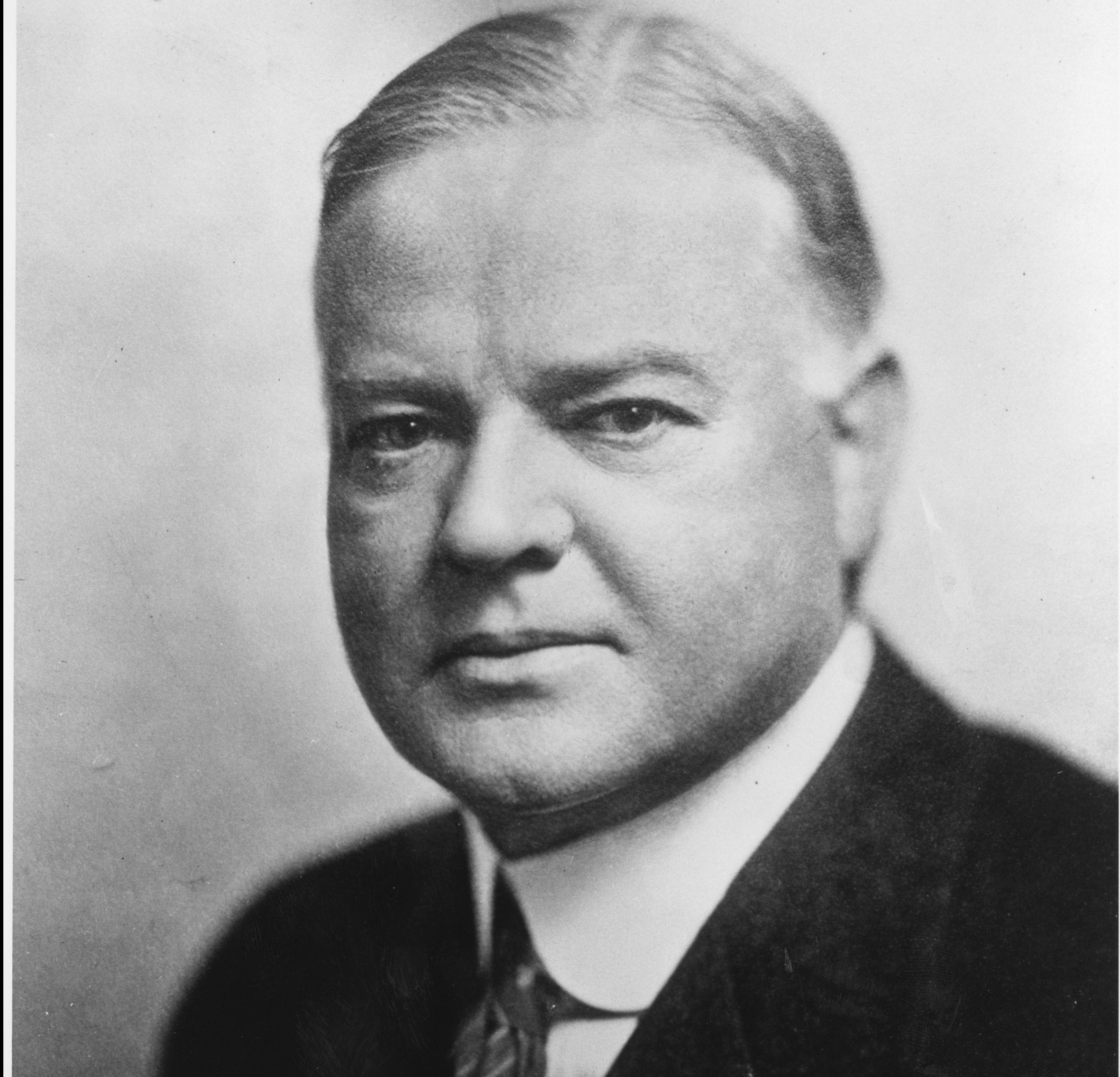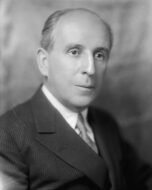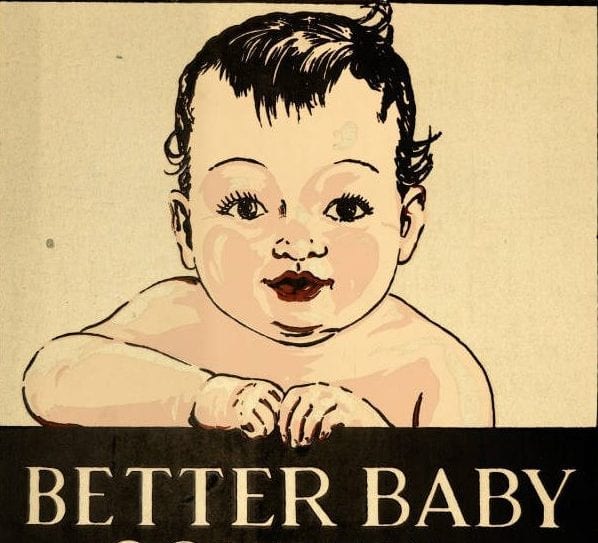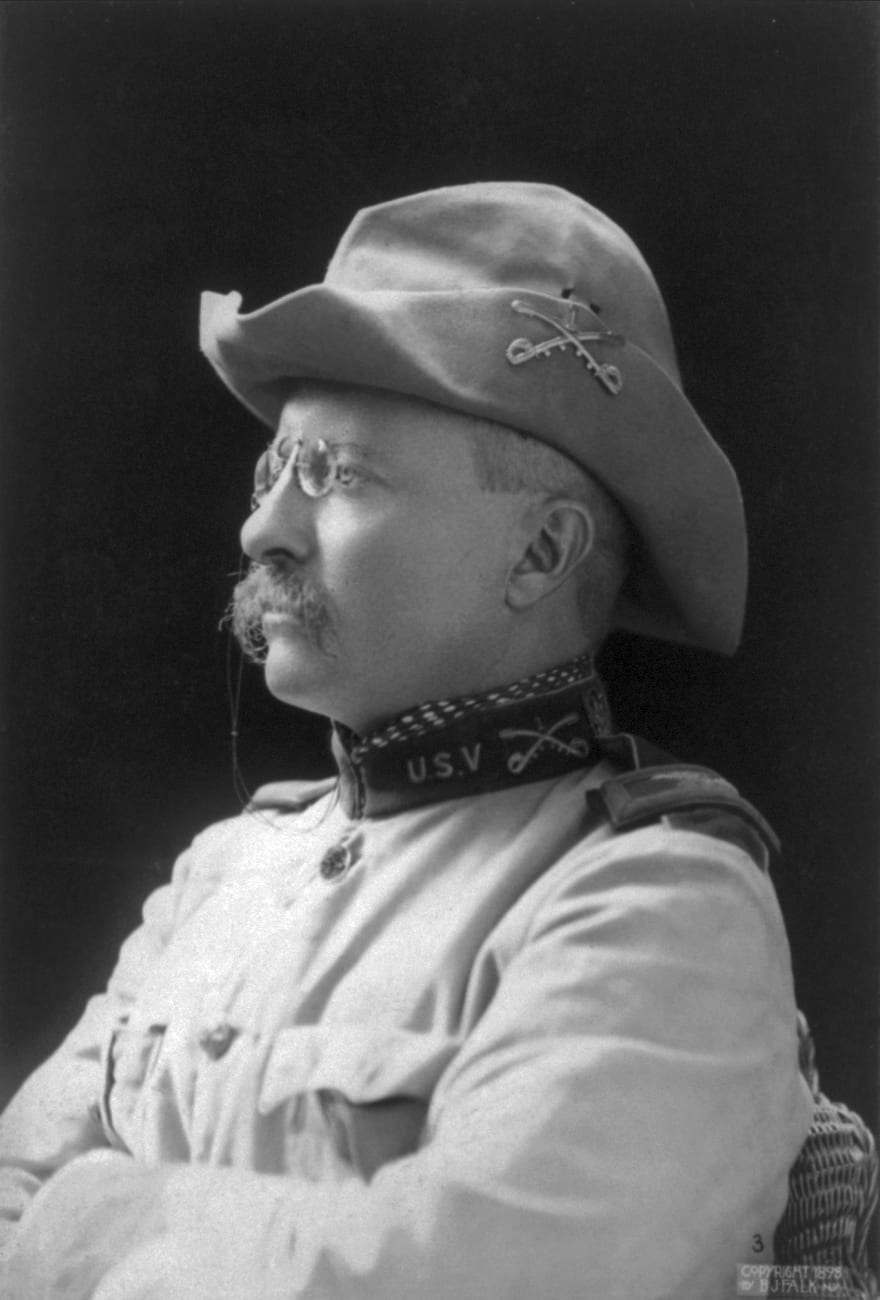
Introduction
Following the “Revolt of 1910” (See The “Revolt of 1910” Against Speaker Joseph Cannon and Speech on Party Leadership in Congress), power shifted from party leaders to the party caucuses, informal organizations of representatives from the same party in the legislature. In caucus meetings, members would make decisions and even bind members to vote for bills that were voted on in the caucus when they reached the floor of the House and Senate. In the House, in particular, parties remained powerful, although the leaders of the party were no longer able to direct them. Progressives were unsatisfied with the results of the revolt, and some formed an organization called the National Voters League in 1913 to continue to advocate for reforming Congress. The book from which these excerpts are drawn was published by the National Voters League in 1915. The author, Lynn Haines, was a respected Progressive journalist who served as the secretary of the organization and also edited a journal called The Searchlight on Congress. Haines attempted to summarize the problem Progressives faced after 1910 and the reforms that would be necessary to make Congress an instrument of progressive goals.
Source: Your Congress: An Interpretation of the Political and Parliamentary Influences that Dominate Law Making in America (National Voters League: Washington, D.C., 1915), PG #S.
Chapter II: Modern Politics—An Interpretation
Big politics, more than big business, is the immediate and common problem which we have to face.
Politics is the gateway to everything government has to offer or to withhold from the people. At present no real advancement in industrial conditions, no vital change in government, can come excepting through political action. No economic theory, no moral idea, can become a reality excepting through the instrumentality of politics. And that is the only legitimate function that politics has—to serve as the agency for the application of economic and moral principles to the life of the people. Politics should be only the means to that end; but modern political organization has become an end in itself. This end is office and the ever-increasing perquisites of office. . . .
Before there can be any substantial economic change, all must unite to light up and liberate that portion of the field now occupied by the parasitic political system. That is common fighting ground for every legitimate legislative interest in America today. The millions who through instinct or necessity desire industrial democracy must first join forces in the fight for industrial democracy. . . .
Politics, the servant, the incidental thing, has grown so great as to overshadow and subordinate all else in government. The problem, then, the first task of all groups, regardless of conflicting economic convictions, is to unite to break up the vicious, bipartisan political plunder system, and reduce politics back to its only legitimate function, that of serving as the instrumentality for the application of economic and moral principles to the common welfare of the people. . . .
The reconstruction of modern politics, its demotion from principal to agent in government, must be brought about through three concerted influences: publicity, the establishment of permanently open avenues of honest, comprehensive information . . . in the doing of public business.
Chapter IV: Legislating with a Dark Lantern
. . . The Democrats, when they assumed control of the House of Representatives, did not abolish Cannonism;[1] they disguised it by combining with that system the discredited machine methods that [Majority Leader Nelson] Aldrich had used in the Senate.[2] The only essential difference between the old Cannon regime and the House machine that grew out of it exists in a cleverly masked transfer of power from Speaker to floor leader.
In modern times Congress has known but two systems of parliamentary procedure. One, based upon extraordinary powers vested in the presiding officer, reached its highest development under Cannon in the House. The other, based upon authority in the hands of the floor leader, was developed by Aldrich in the Senate. What the Democrats did in 1911, without disturbing the foundations of either, was to combine Cannonism and Aldrichism. The Democrats did not make a single contribution to this supposedly new regime. They adapted and blended together the worst elements of two bad systems, both Republican in origin. . . .
The crux of Cannonism was the Speaker’s power to appoint committees. But there was coupled with the one-man naming of committees a complete lack of control over these committees by the House itself. Otherwise the machine thus assembled could not have been manipulated at will by the organizer. When the Speaker, in the exercise of his arbitrary privilege as the organizer of the House, has packed the crucial committees, these committees were supreme. The rules gave to the House no adequate authority over its subordinate bodies.
Another basic element in the Cannon system was the Speaker’s position at the head of the Committee on Rules, from which vantage ground he could dictate the regular and special rules under which the House was operated by a small oligarchy of leaders.
In that period, then, the power to appoint committees, combined with the impotency of the majority in reference to committees and rules, was the power to control the politics, perquisites and legislation in the House. What is the situation in these respects today?
During the regime of Cannon in the House and Aldrich in the Senate, the appointive power was virtually in the hands of one man. Cannon was direct and absolute in his authority to build an organization through control of the personnel of committees. Aldrich arrived at the same result in a more irresponsible way, through a “committee on committees,” which he dominated.[3]
In the last Congress the bipartisan organization was effected through a combination of Aldrich and Cannon methods. The Democratic members of committees, including the fifty-eight chairmanships, were given their places, a la Aldrich, by the Democratic members of the Ways and Means Committee, of which Oscar W. Underwood[4] was chairman. . . .
Partyism is the parent evil in Congress. The caucus in the last and fullest expression of partyism. . . .
The power to obstruct legislation is also the power to legislate. There is now in the House no such thing as regular, orderly procedure. If there is opposition to a measure, even from the smallest minority, if a bill cannot be passed under “suspension of the rules” of by “unanimous consent,” it means that it must be made “privileged” to get consideration. Appropriation bills and bills coming from the Ways and Means Committee are privileged under the rules. Otherwise, if a measure is to be given the right of way, it must be done through a special rule reported by the Committee on Rules. All reports from the Committee on Rules are “privileged” and can be taken up at any time. This unlimited, uncontrolled power makes the rules committee almost the absolute dictator of what the House does and does not do.
It should be kept in mind that the Committee on Rules is absolute in its field. The rules give to the House no authority over this subsidiary body. Even the over-jokered discharge calendar does not apply to this committee.[5] The rules committee is almost as independent of the House as though it did not pertain to Congress. I know that such a statement seems utterly unbelievable, but it is literally true. There is no official way for a majority of the membership [of the House] to control this committee. Only the little oligarchy of leaders who make up the Committee on Rules have any influence upon the exercise of its arbitrary powers, and such influence is wholly dark and undemocratic. . . .
Chapter V: Reconstructing Congress
The conversion of Congress from a political machine to a legitimate law-making body involves difficulties of three separate kinds: Institutional, political, and parliamentary. These cross and crisscross in the most complicated way.
There is unanimity of opinion regarding the principles upon which reconstruction should be founded: (1) Complete publicity at every stage of the proceedings; (2) democracy, or majority rule, throughout elections and legislation; (3) the divorcing of the spoils of politics and legislation; and (4) honesty and efficiency in the conduct of public business. But none of these basic principles can be fully applied to national legislation without involving all three kinds of change—institutional, political, and parliamentary.
Publicity means the substitution of light for the darkened processes of professional politicians… But this cannot be accomplished alone by parliamentary changes. Simple reforms in the rules can go so far as to abolish executive sessions and compel public records in all the subsidiary bodies of Congress… But there would remain inherently dark and pervertable political instruments like the [party] caucus, which has no official connection with Congress and over which Congress cannot exercise parliamentary control. And even with all possible parliamentary and political agencies of light applied, it would still be necessary to alter the Constitution in at least two respects before complete publicity could be attained: that is, to do away with a bicameral Congress, which does and always will contribute to evasion and responsibility; and certainly the Constitution should also be changed to enable a smaller number than one-fifth to secure record votes.
Democracy means majority rule, the most fundamental thing of all. It implies deliberation in law-making. There is neither majority rule nor any real deliberation in Congress. Rules reform alone can do much to eradicate boss control, which, of course, is the antithesis of democracy. But the deeper difficulties can be reached only by more fundamental remedies. Here, again, enters the great instrumentality of bossism, a bicameral Congress. And with one branch eliminated, the membership of the remaining body would have to be reduced to a workable number: there can never be true democracy and deliberation among 435 members. Nor can there ever be real majority rule in the deliberations of a public body until majority rule governs in their election: the members of Congress must be elected by a system of proportional representation, which, to be ideal, involves both political and constitutional changes. . . .[6]
Each committee should select its own chairman. There can be no argument against that. And it would be a body blow to bossism in Congress. The American Congress is about the only parliamentary body in the civilized world which is now organized on a basis of plunder and spoils. Committee chairmanships, as has been shown, are used by the leaders as subtle bribes by which they build an organization. The election by each committee of its own chairman would greatly improve that condition. . . .
Each standing and special committee should be required, by a simple rule, to report back to the House, within a stated time, all bills and resolutions given into its hands. Such a rule would shake the foundation forces of the machine. It would obviate all necessity for a “discharge calendar.”. . .
Even with every foregoing suggestion applied, the national legislature would not be fully safeguarded against perverted political influence, nor completely efficient and responsible, so long as it remained a bicameral Congress. . . .
Congress should have one body, and the membership of the one branch should not exceed 150.
Members should be elected not oftener than once in six years. It is inevitable that politics will prevail over all other considerations in any public body with elections every biennium. . . .
Above all else in elections, Congressmen should be selected by a system of proportional representation. . . .
The ideal, then, is a single branch Congress, removed as far as possible from both executive and judicial checks, responsible only to the people; with membership, elected for longer terms, by proportional representation, small enough to ensure democracy and deliberation in all proceedings. . .
- 1. Democrats won the elections for the House of Representatives in 1910 decisively, and regained control of the House beginning in 1911. “Cannonism” refers to the consolidation of significant powers in the hands of the Speaker of the House of Representatives, a system described by Woodrow Wilson (see Constitutional Government in the United States), defended by powerful Speakers such as Thomas Brackett Reed (see "Rules of the House of Representatives" and “Obstructions in the National House” and “A Deliberative Body”), and undermined in the Revolt of 1910 (see The “Revolt of 1910” Against Speaker Joseph Cannon and Speech on Party Leadership in Congress).
- 2. Nelson Wilmarth Aldrich (R-RI) served in the House from 1879–1881, when he resigned to become a senator. Aldrich served in the senate from 1881–1911. Following the Crisis of 1907, Aldrich passed the Federal Reserve Act of 1913, which created the United States’ central banking system, and sponsored the Sixteenth Amendment. As Woodrow Wilson indicated in his earlier scholarship (see Constitutional Government in the United States), the leader of the majority caucus in the Senate held powers like those of the Speaker of the House of Representatives in the late nineteenth century.
- 3. Each major political party possesses a “Committee on Committees” or Steering Committee. The main task of these committees is to assign party members to different committees. These organizations still exist today, and their decisions are highly important to representatives who seek membership on the committees that matter most to their specific constituencies.
- 4. Oscar Wilder Underwood, a Democrat from Alabama, served in the House (1897–1915) and Senate (1915–1927). While in the House, Underwood served as majority leader and the first minority whip.
- 5. The discharge calendar was created during the revolt against Speaker Cannon. It established a process by which the entire House of Representatives, by a majority vote, could send a bill from a committee that refused to report it to the floor for a vote. Although it was a potential mechanism for circumventing committees that refused to follow the will of the majority in the House, it has proven unwieldy in practice and is rarely used.
- 6. Proportional representation is a system whereby the distribution of representatives approximate the proportion of votes received by the parties in an election. For instance, if a national election is held and one party receives 10 percent of the vote, under a proportional representation system that party would receive 10 percent of the representation in the legislature. By contrast, the United States follows a district-based, winner-take-all system in which the winner in each district receives all of the representation in that district.

Conversation-based seminars for collegial PD, one-day and multi-day seminars, graduate credit seminars (MA degree), online and in-person.
